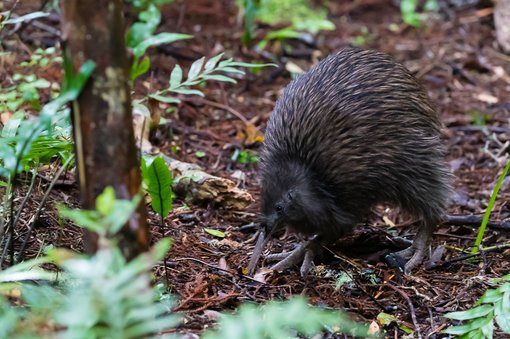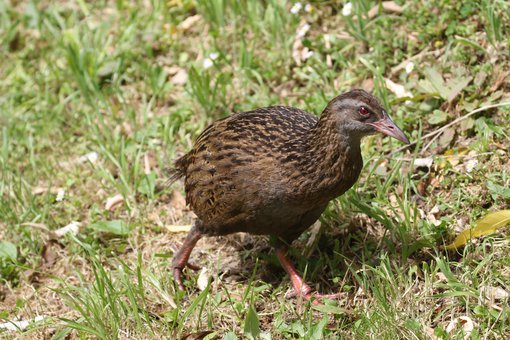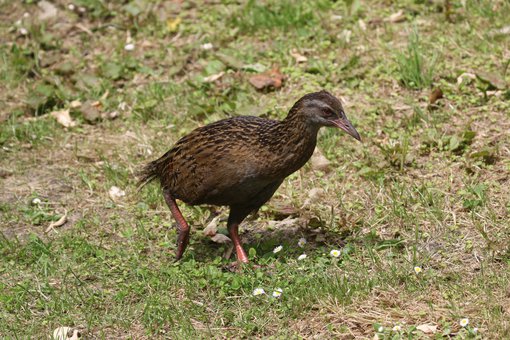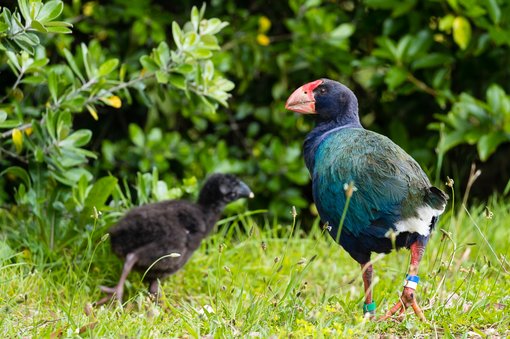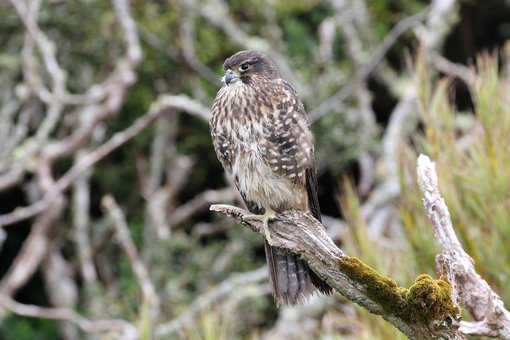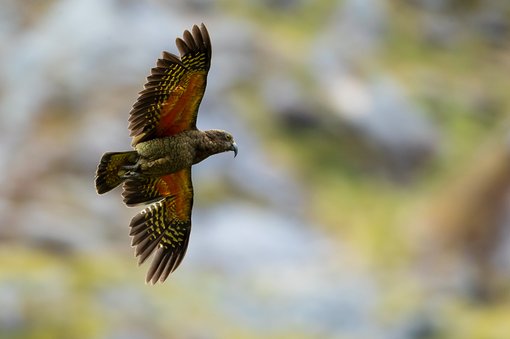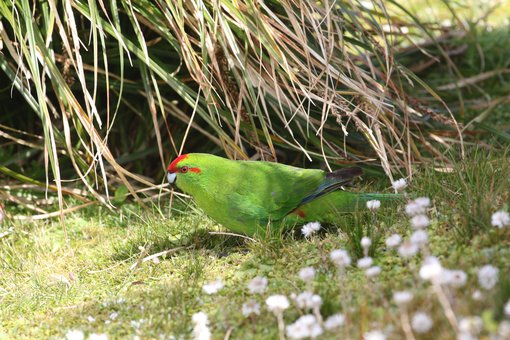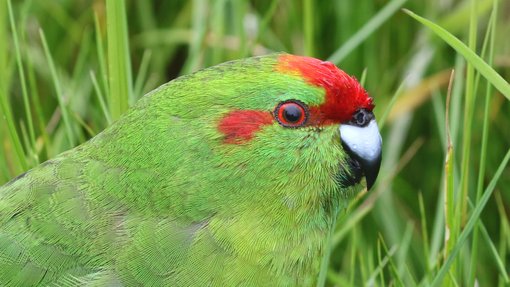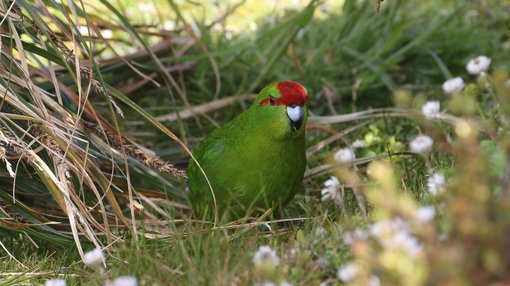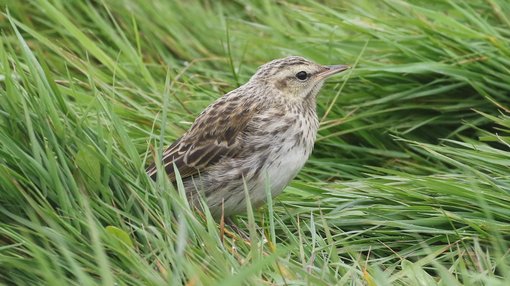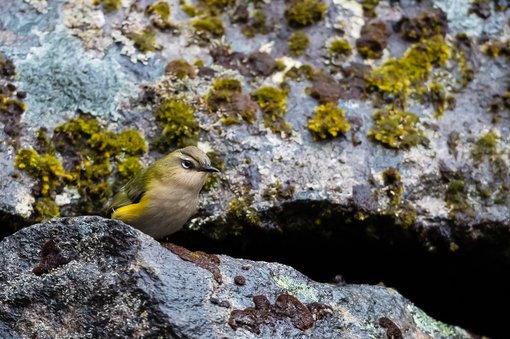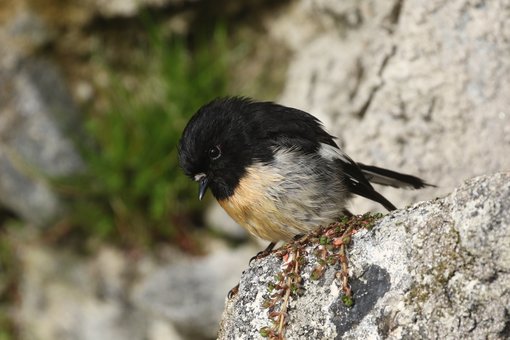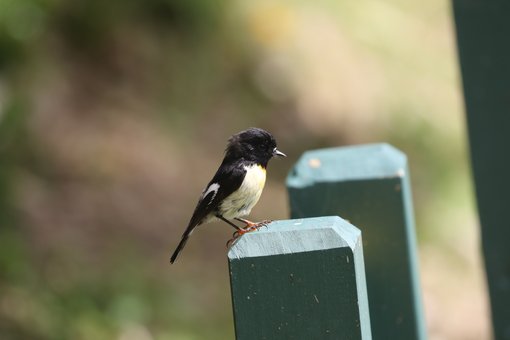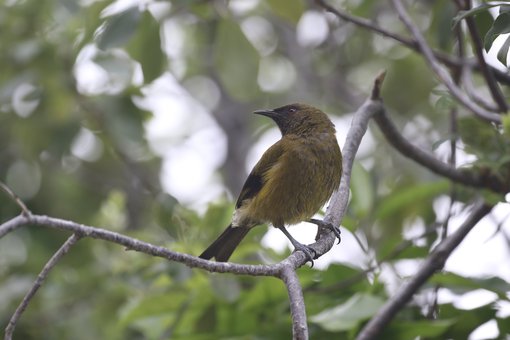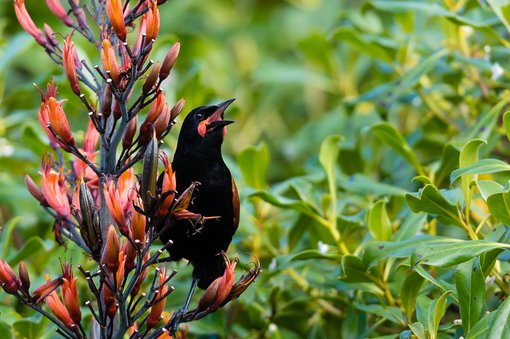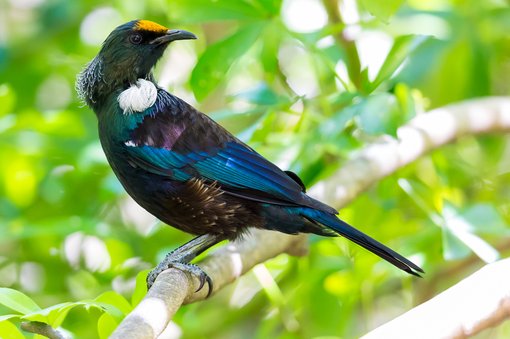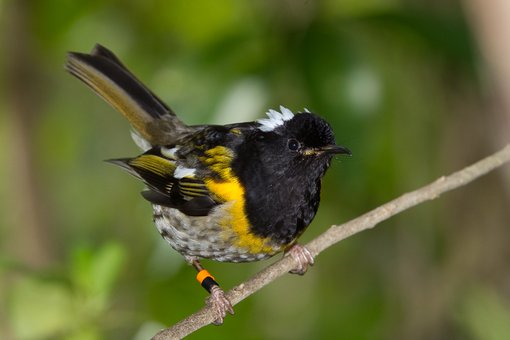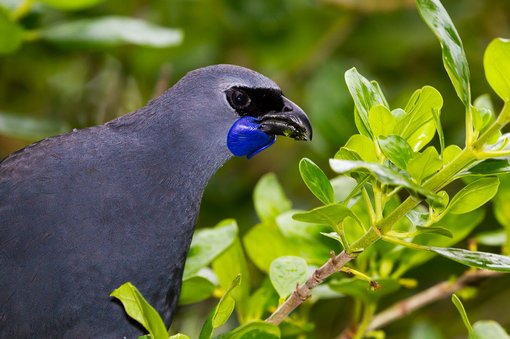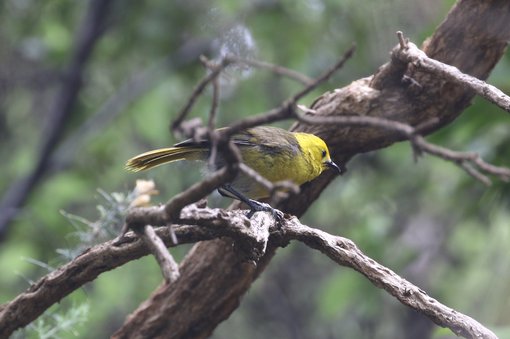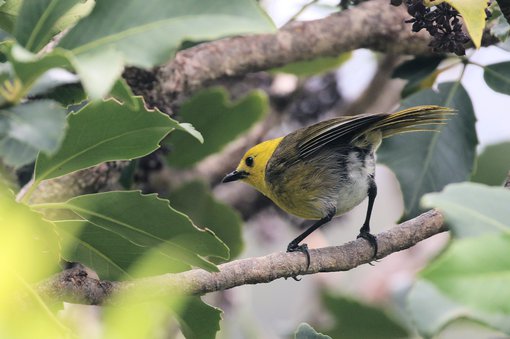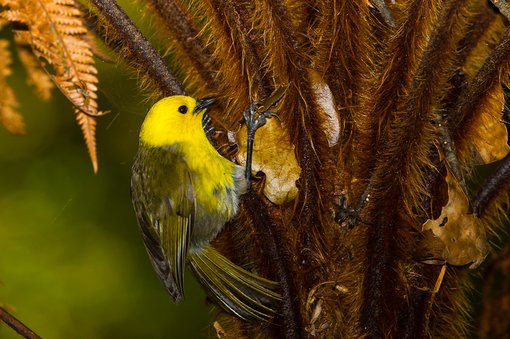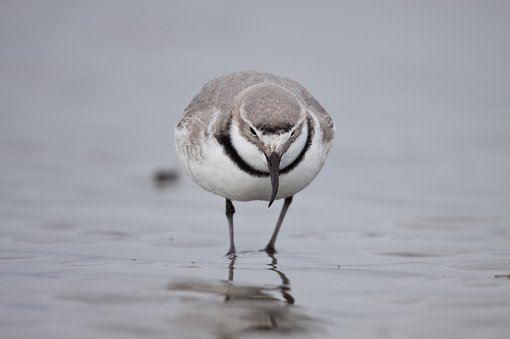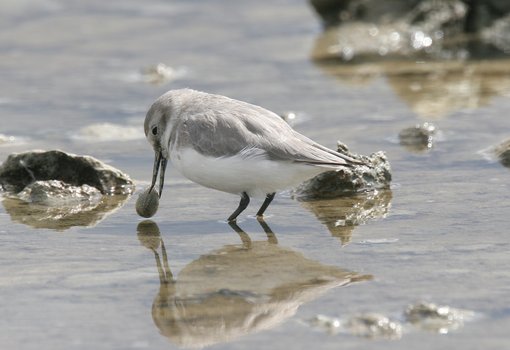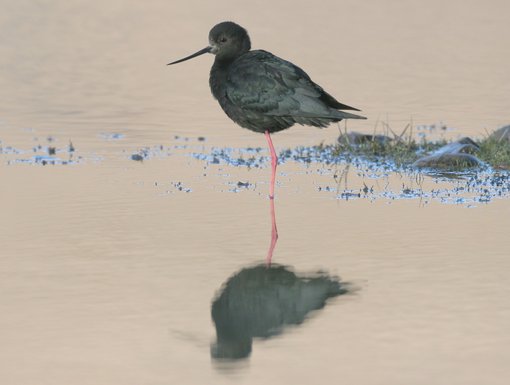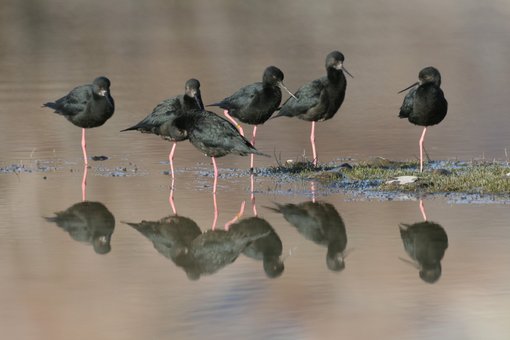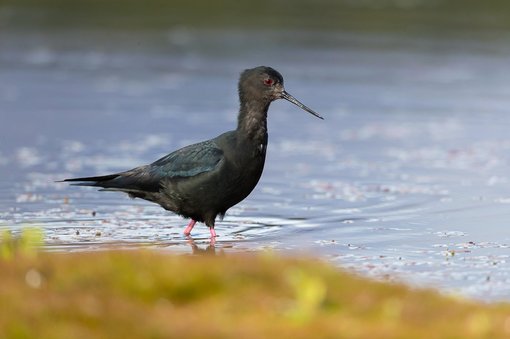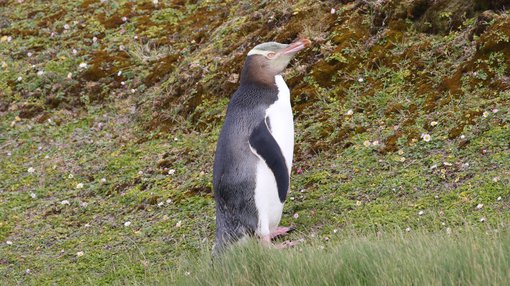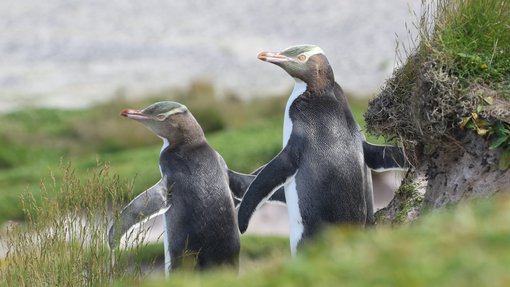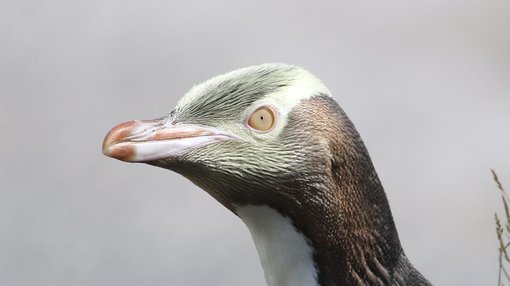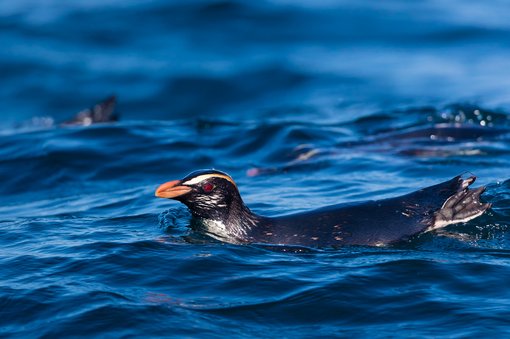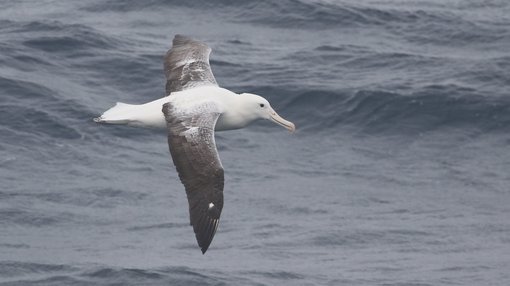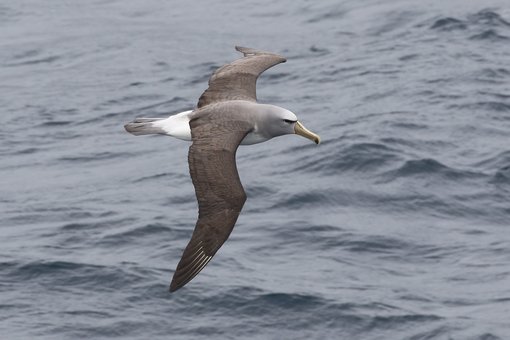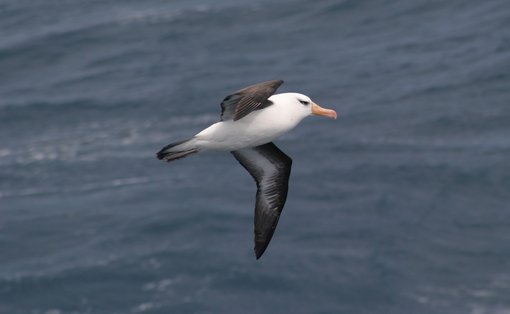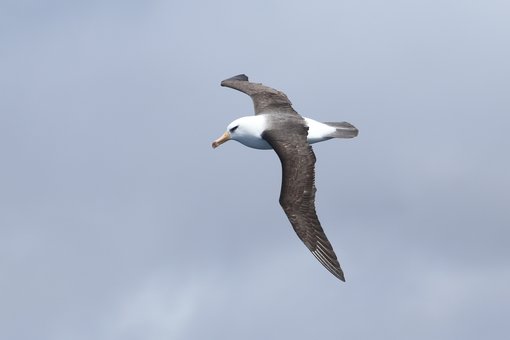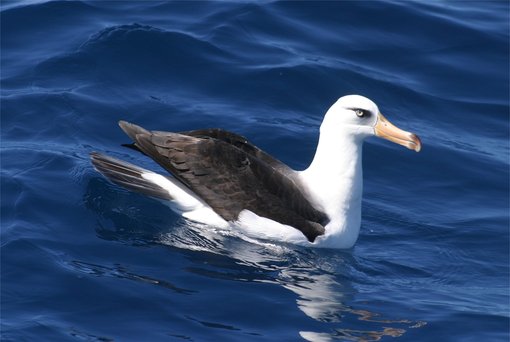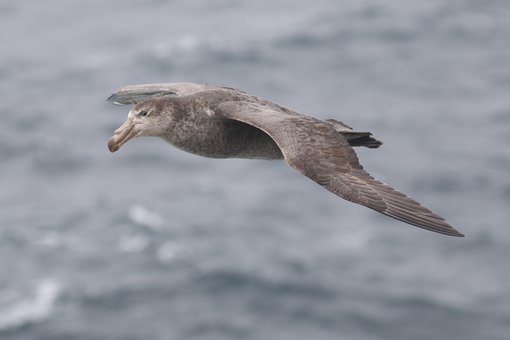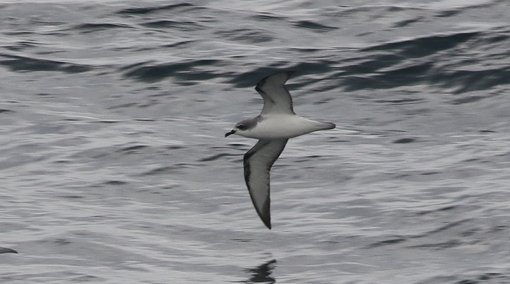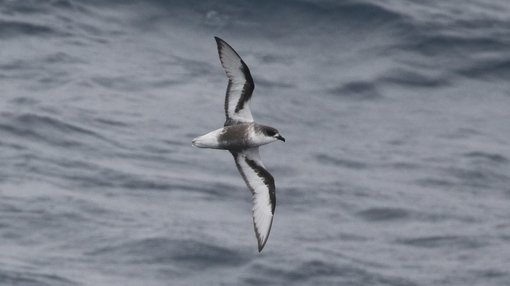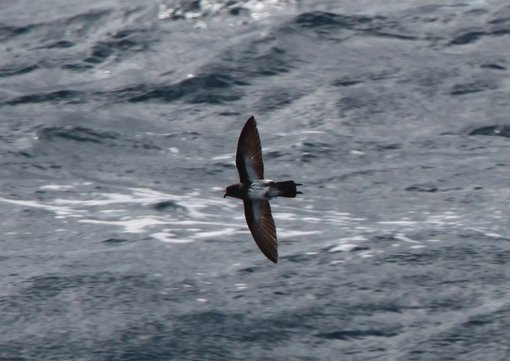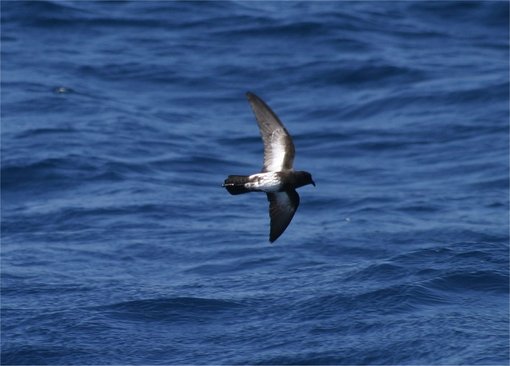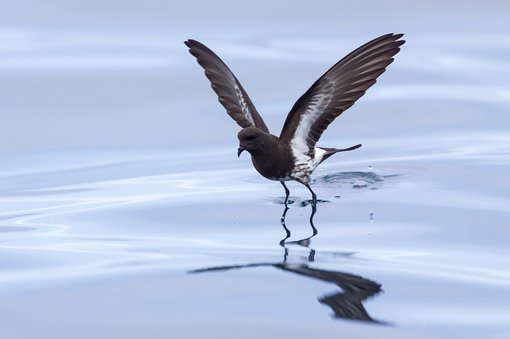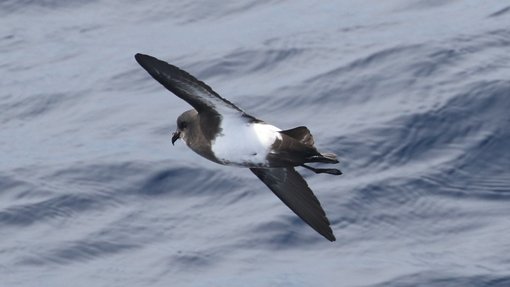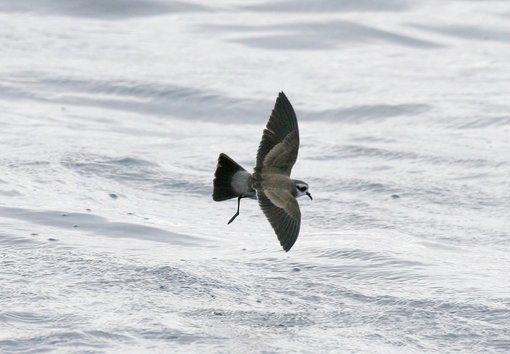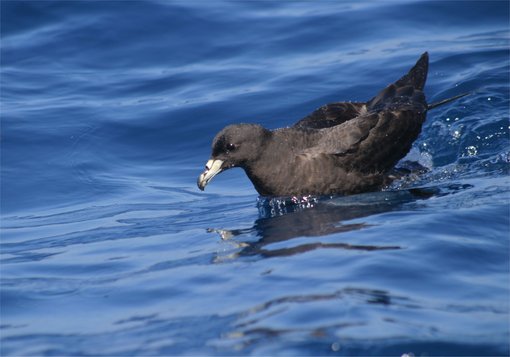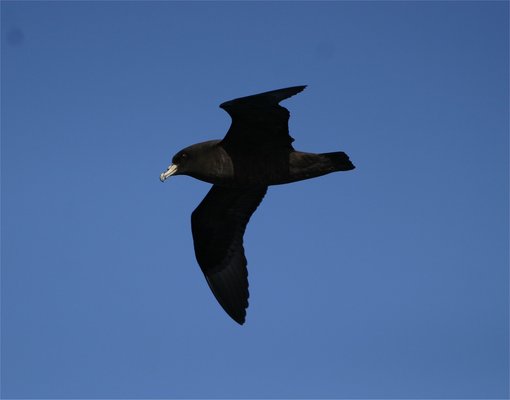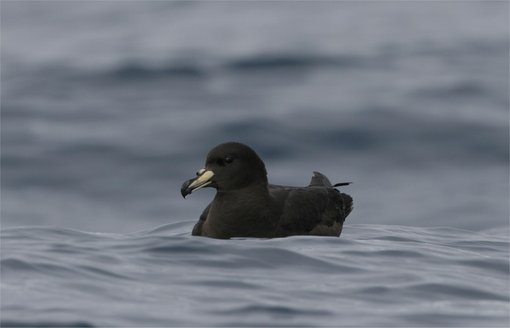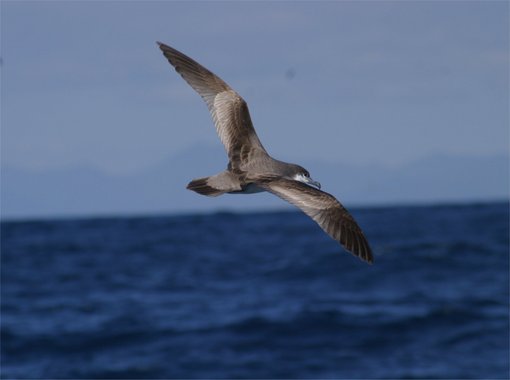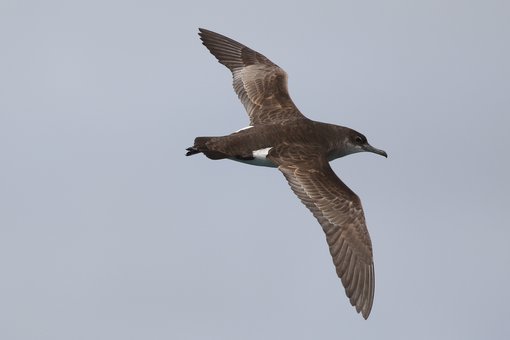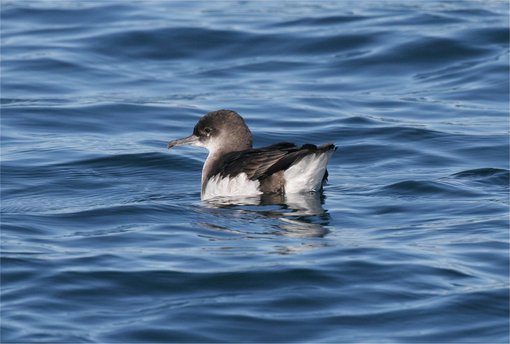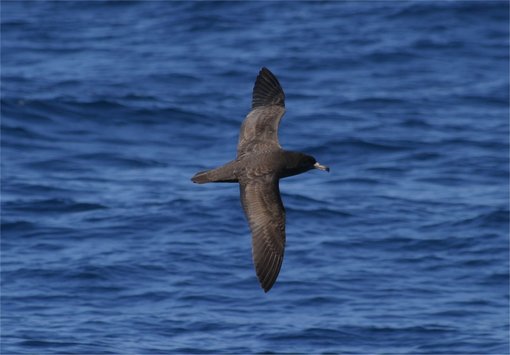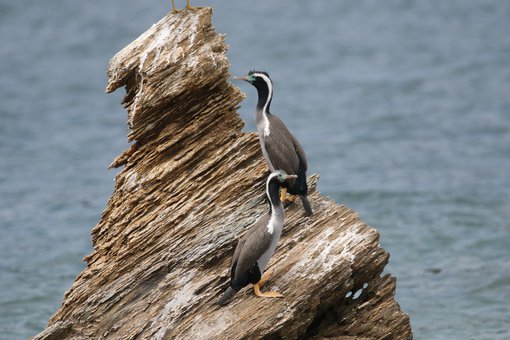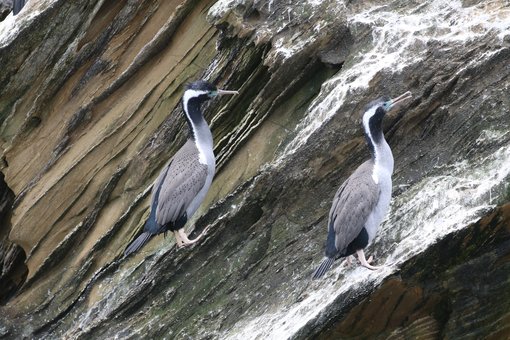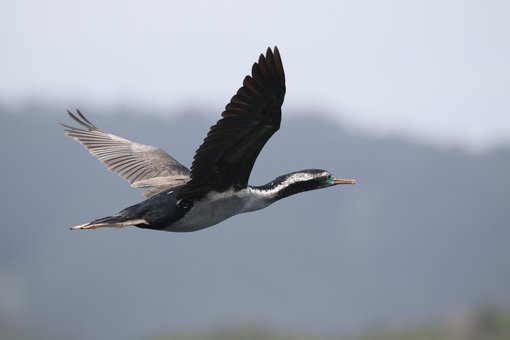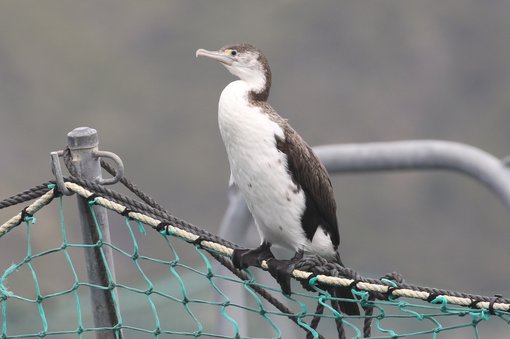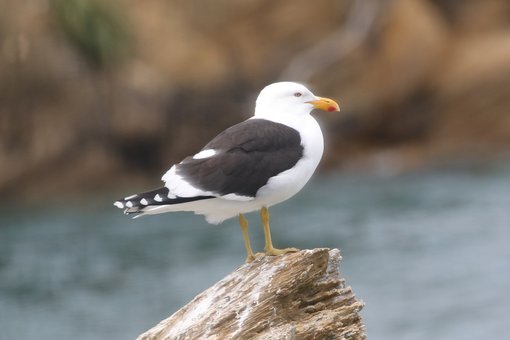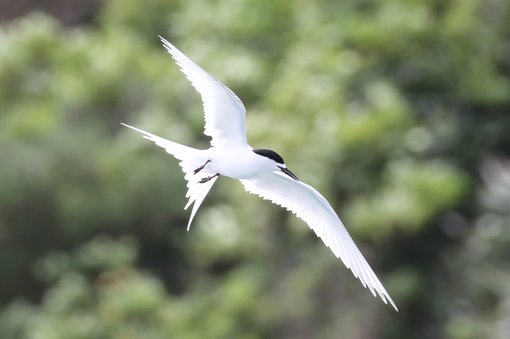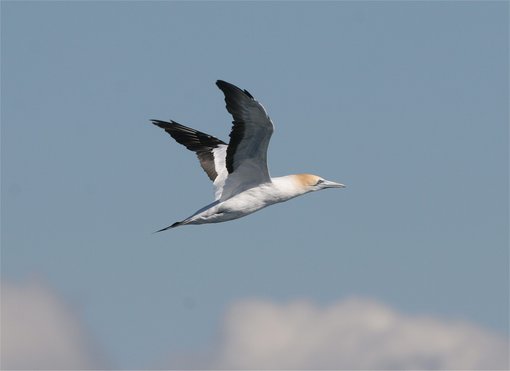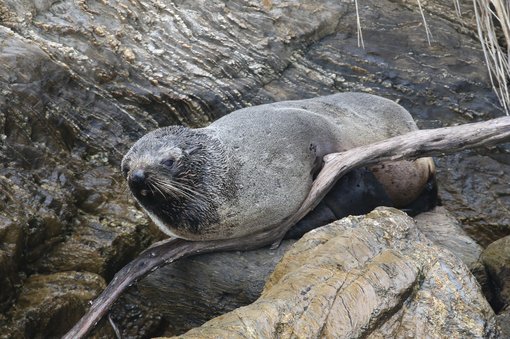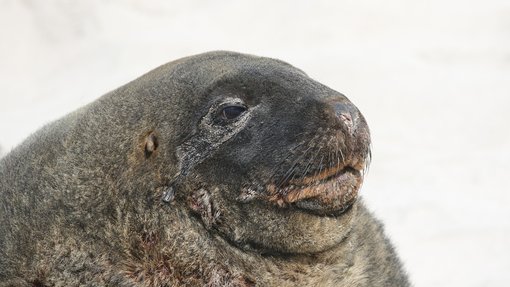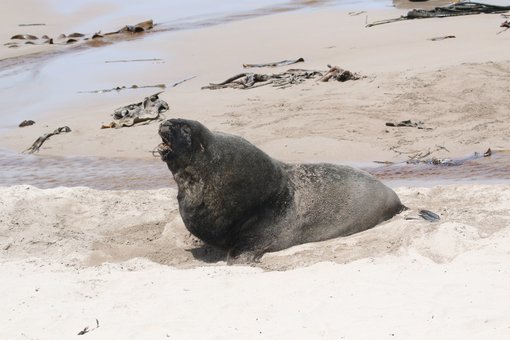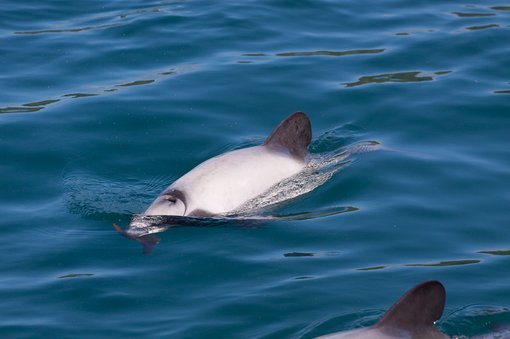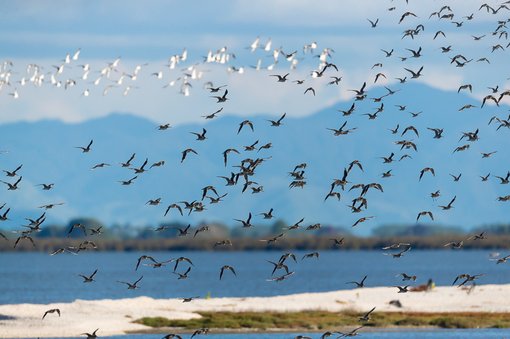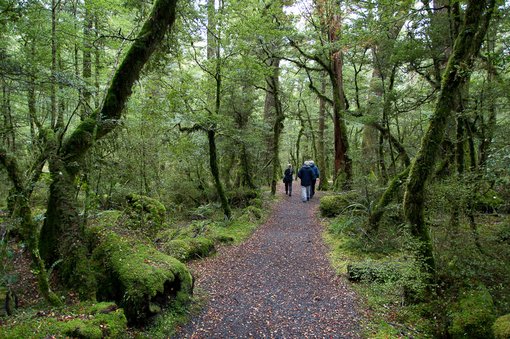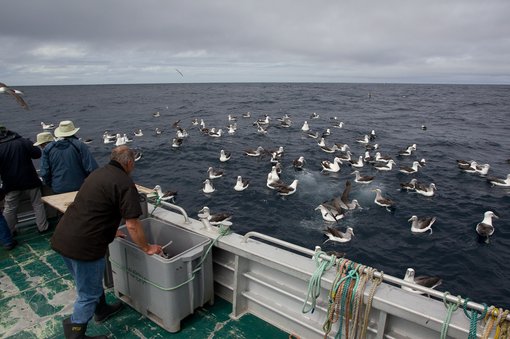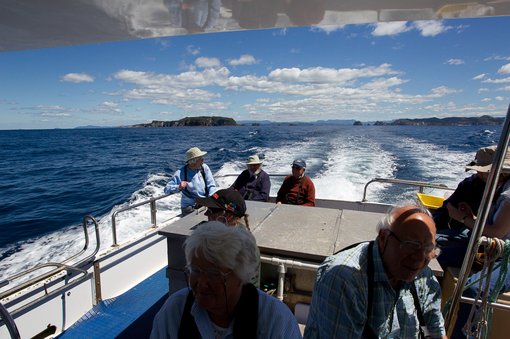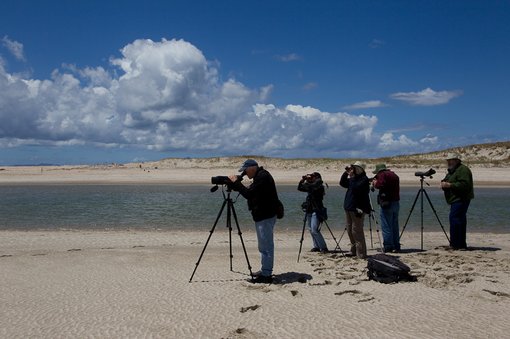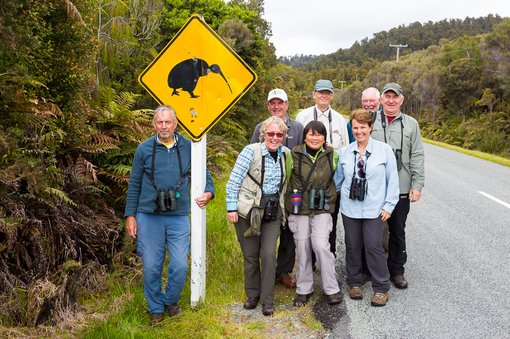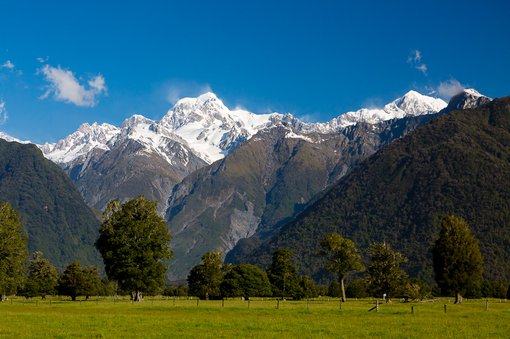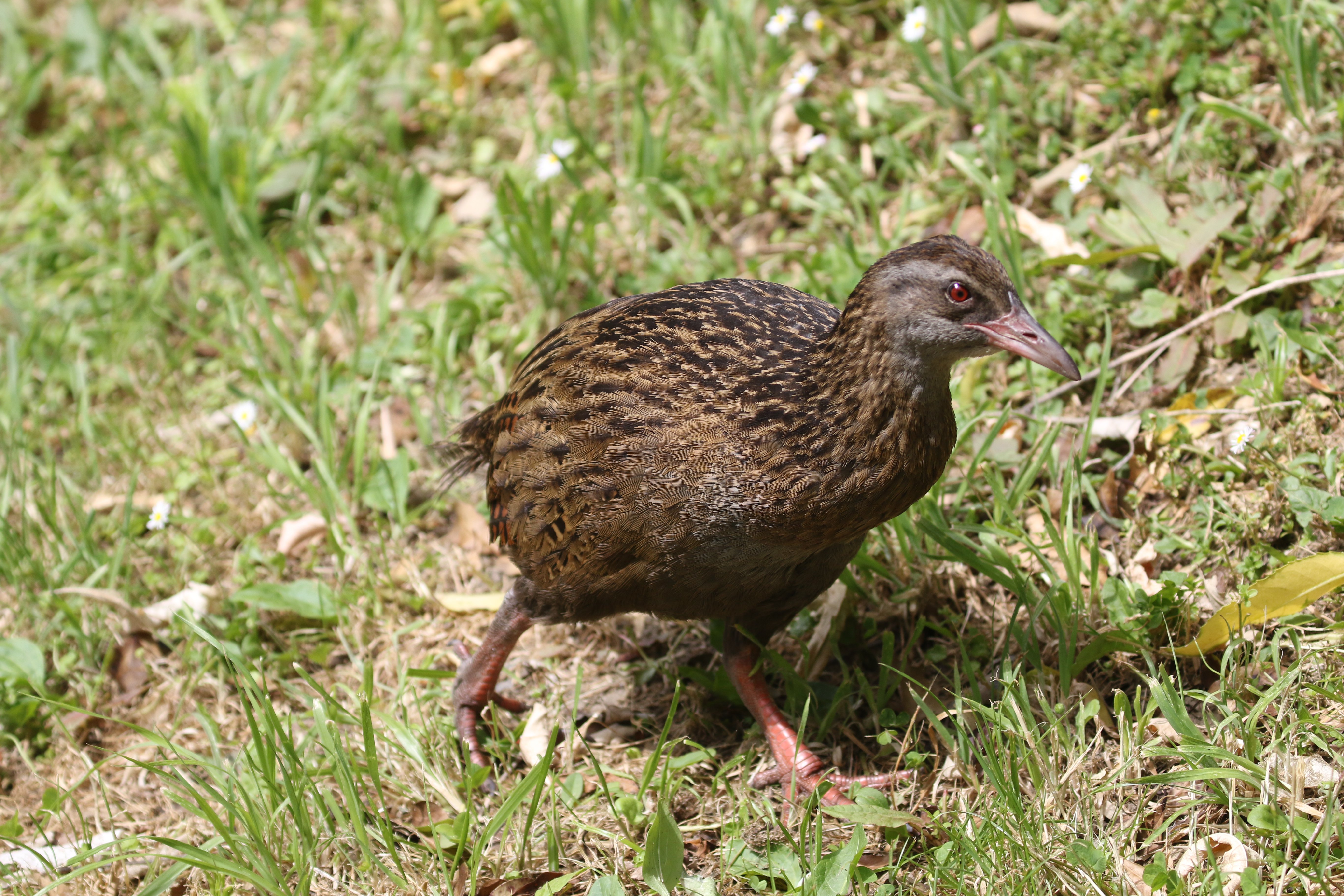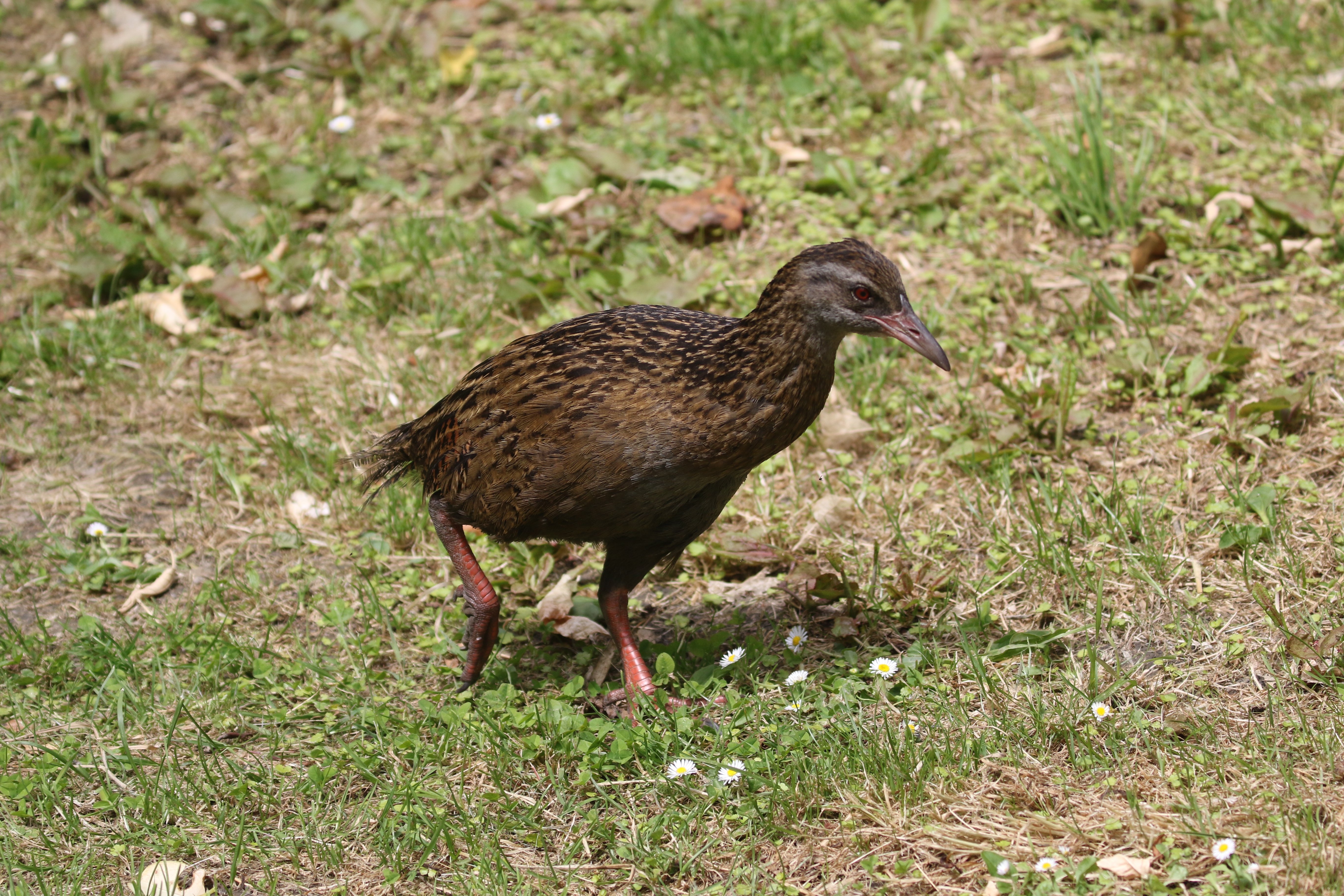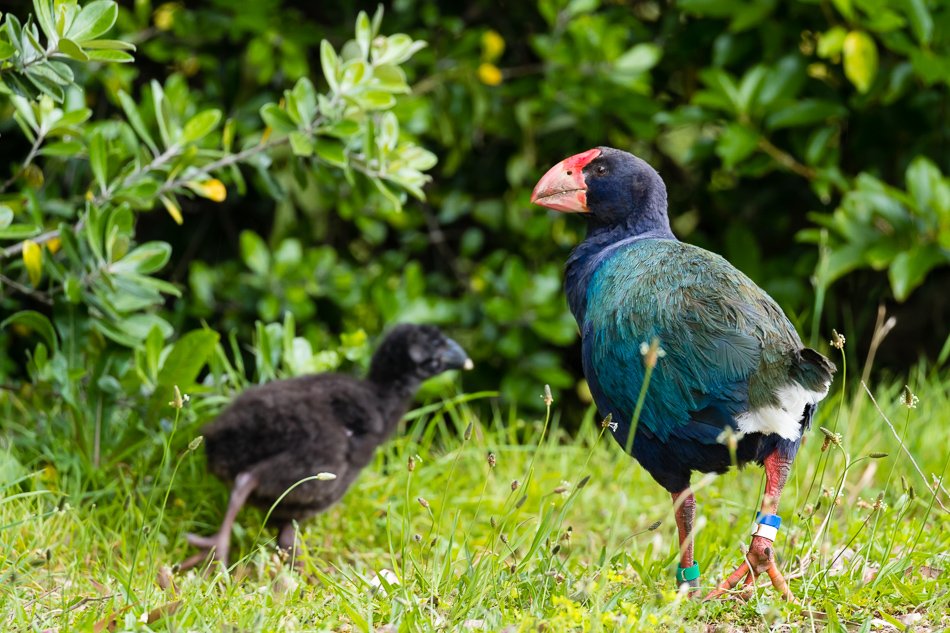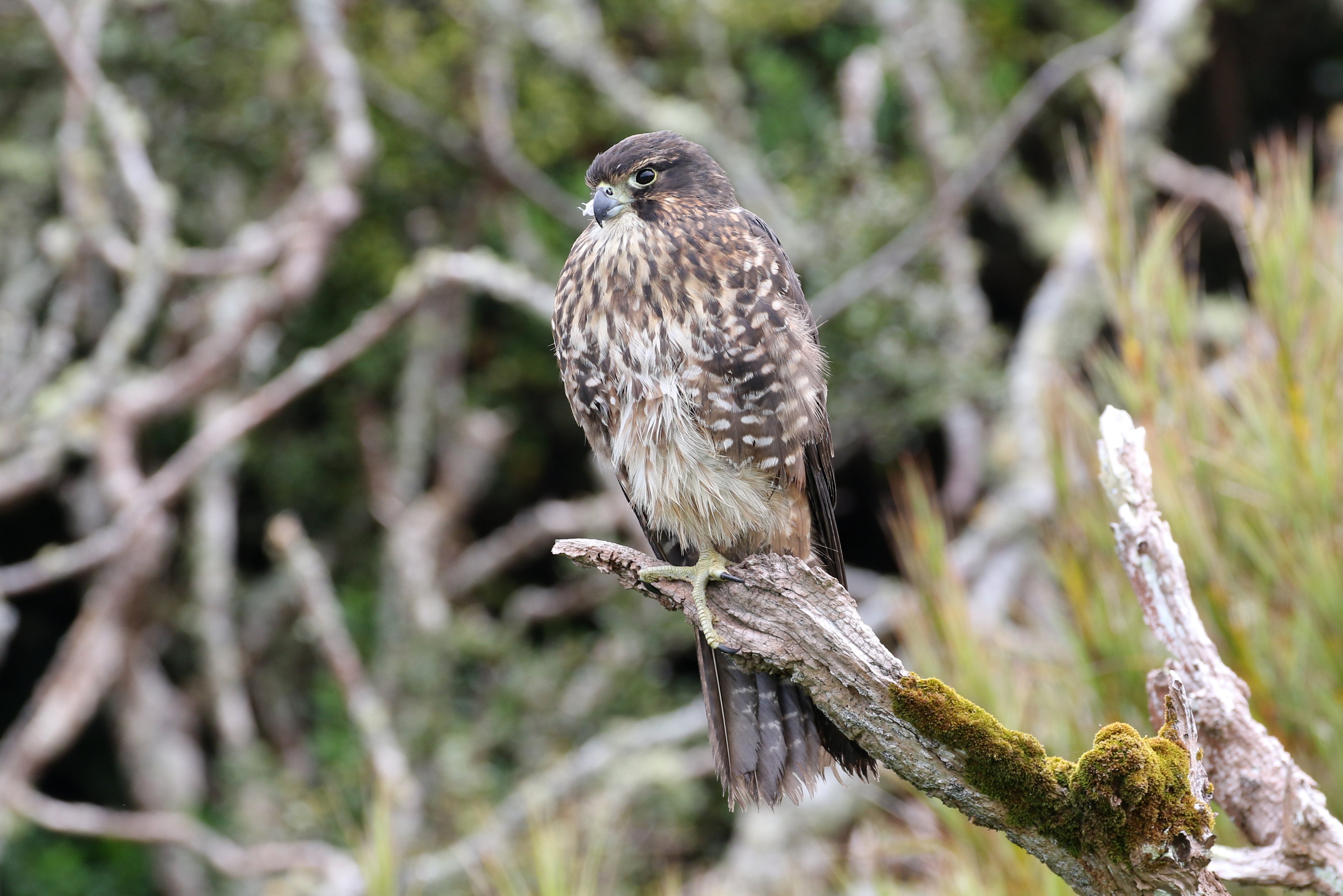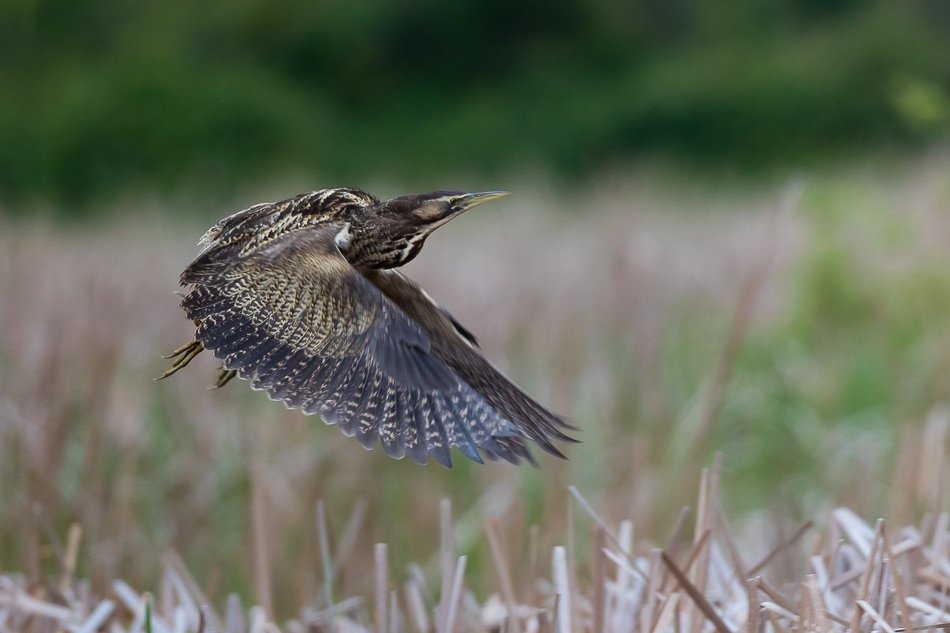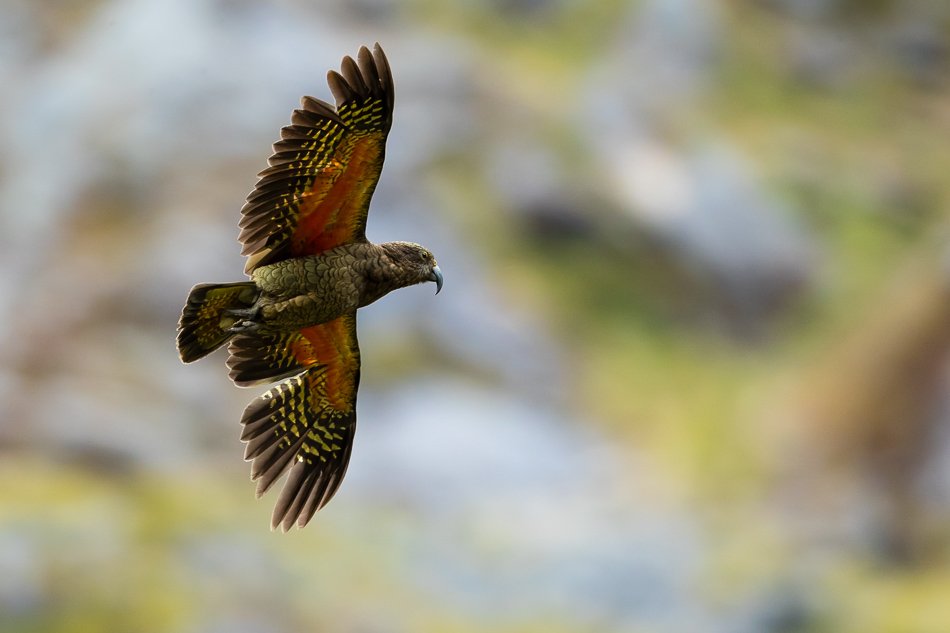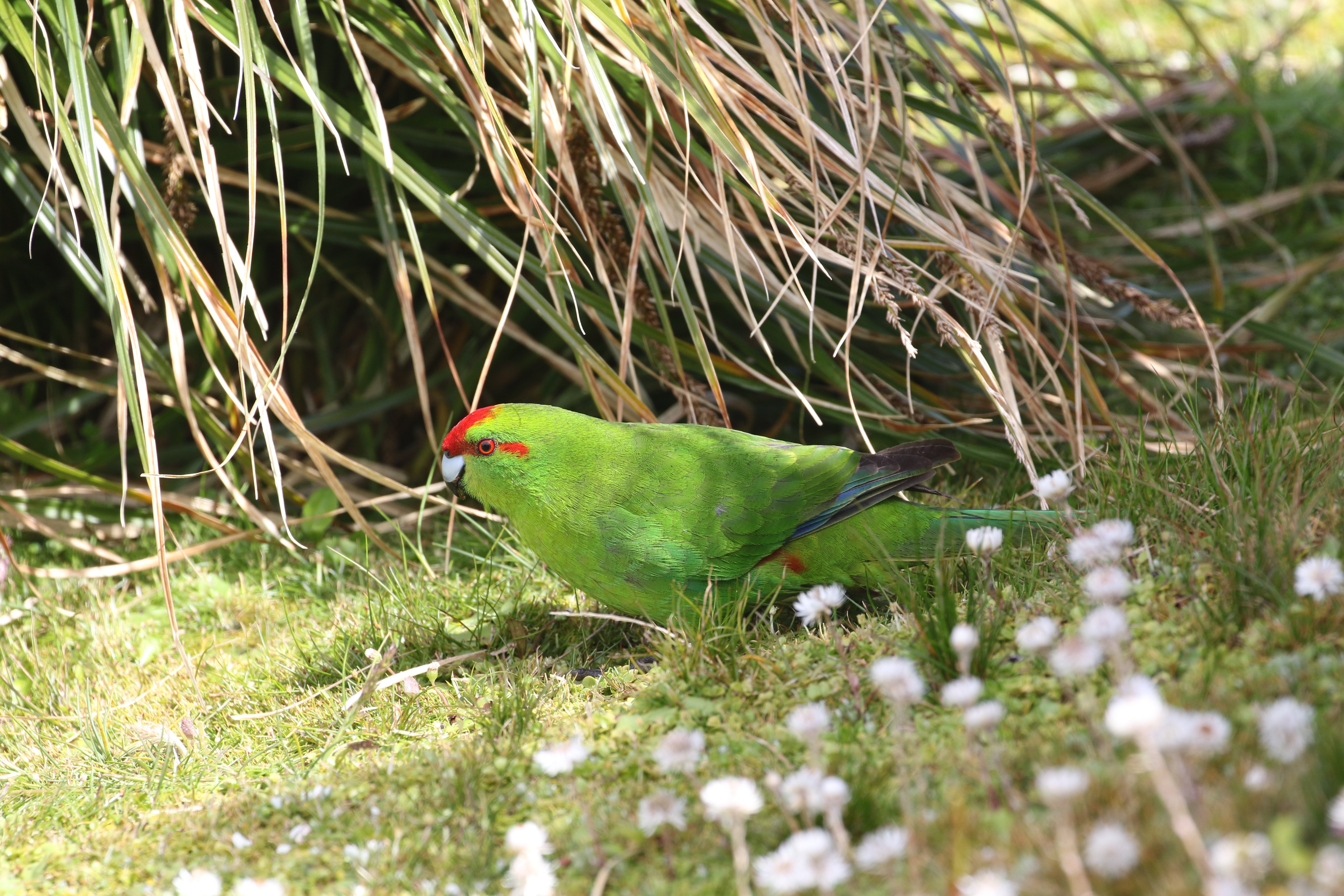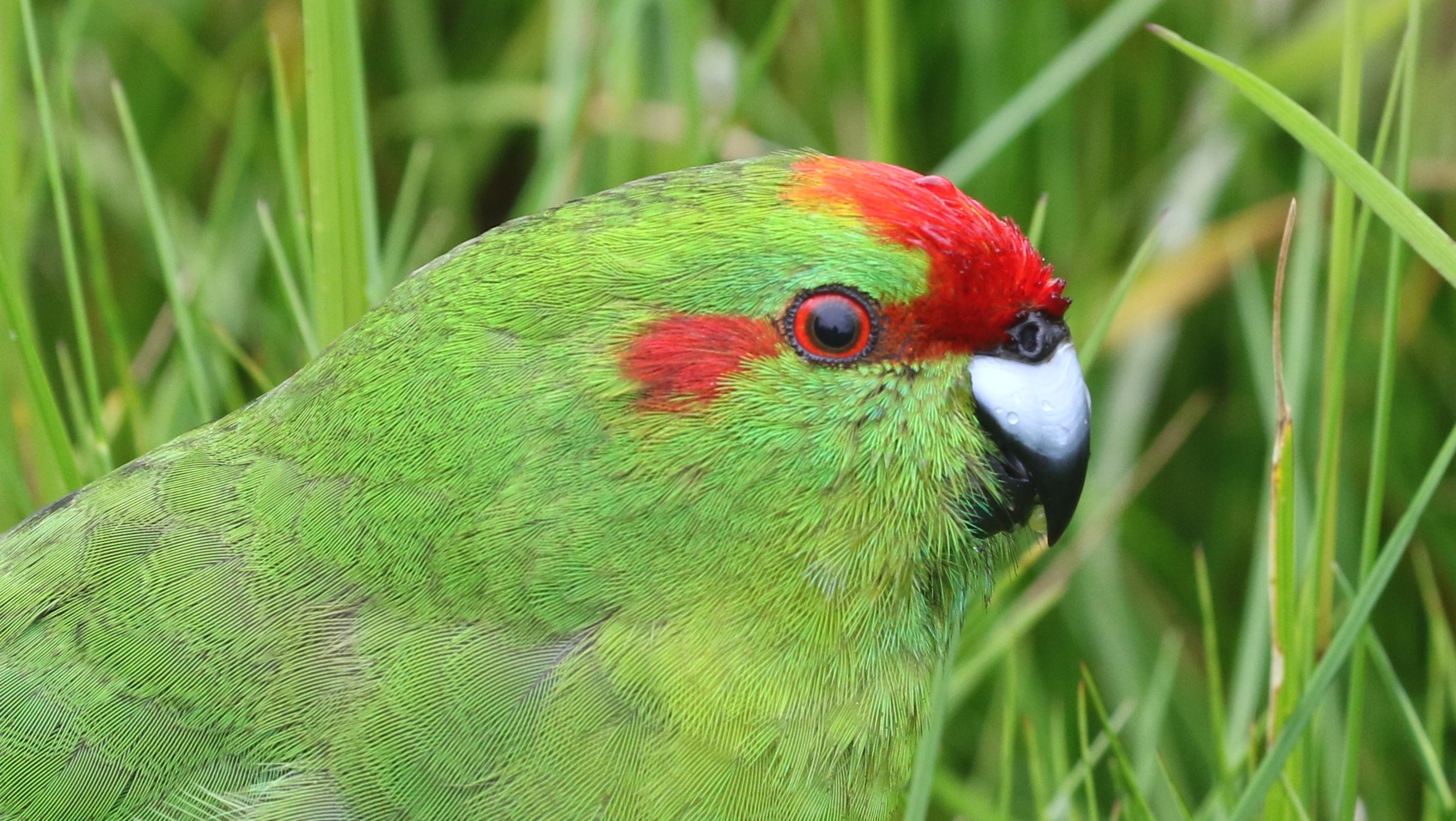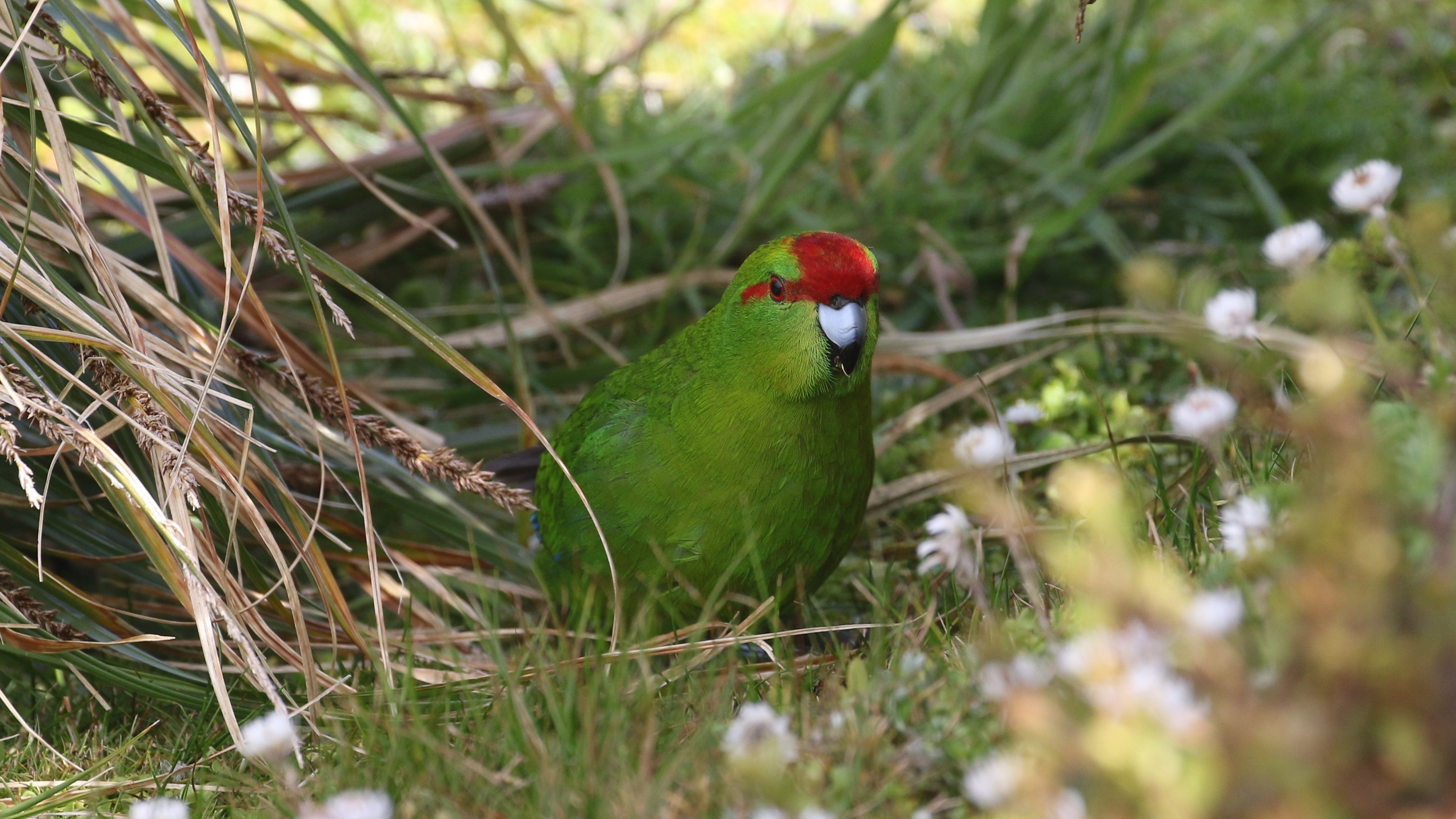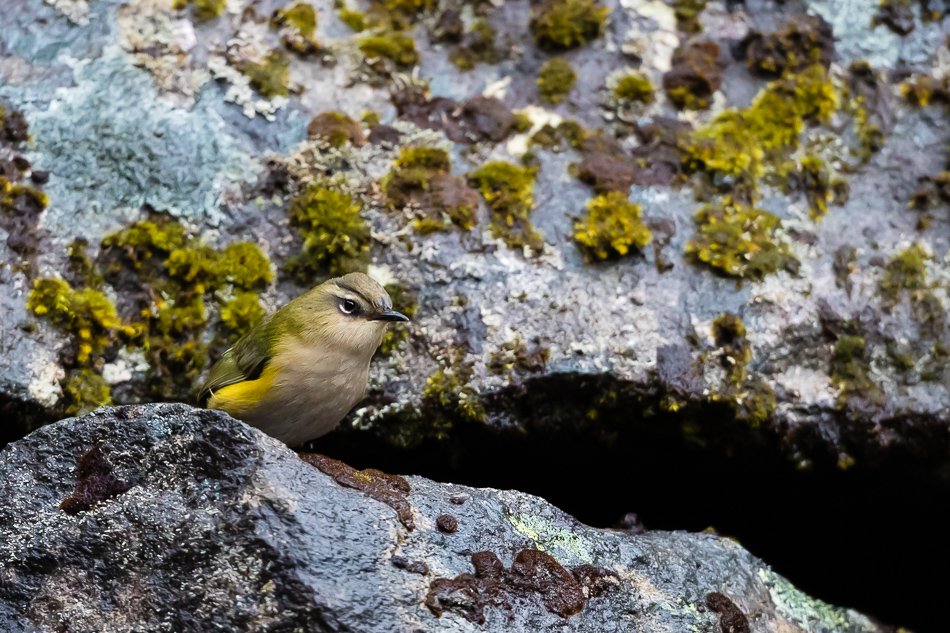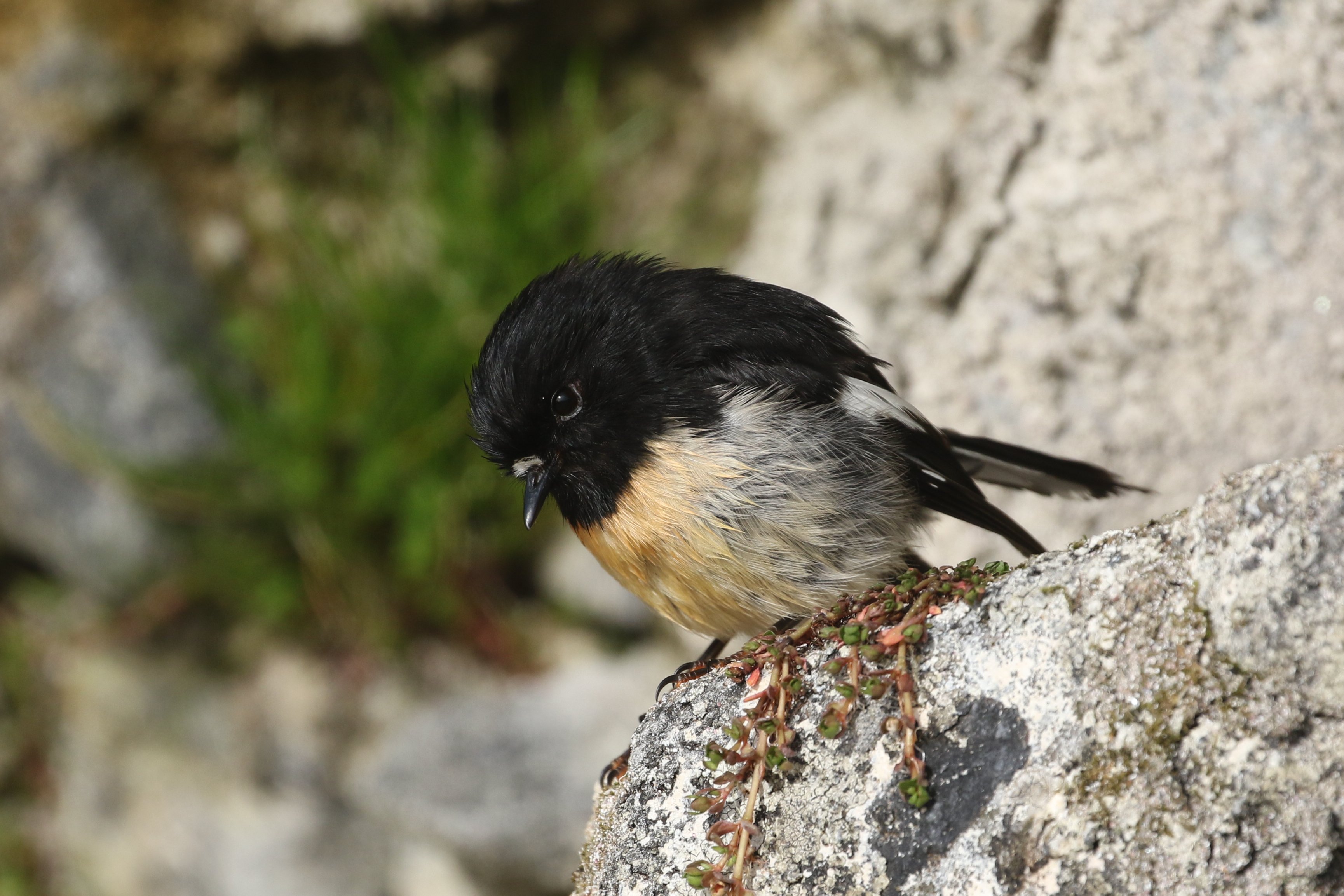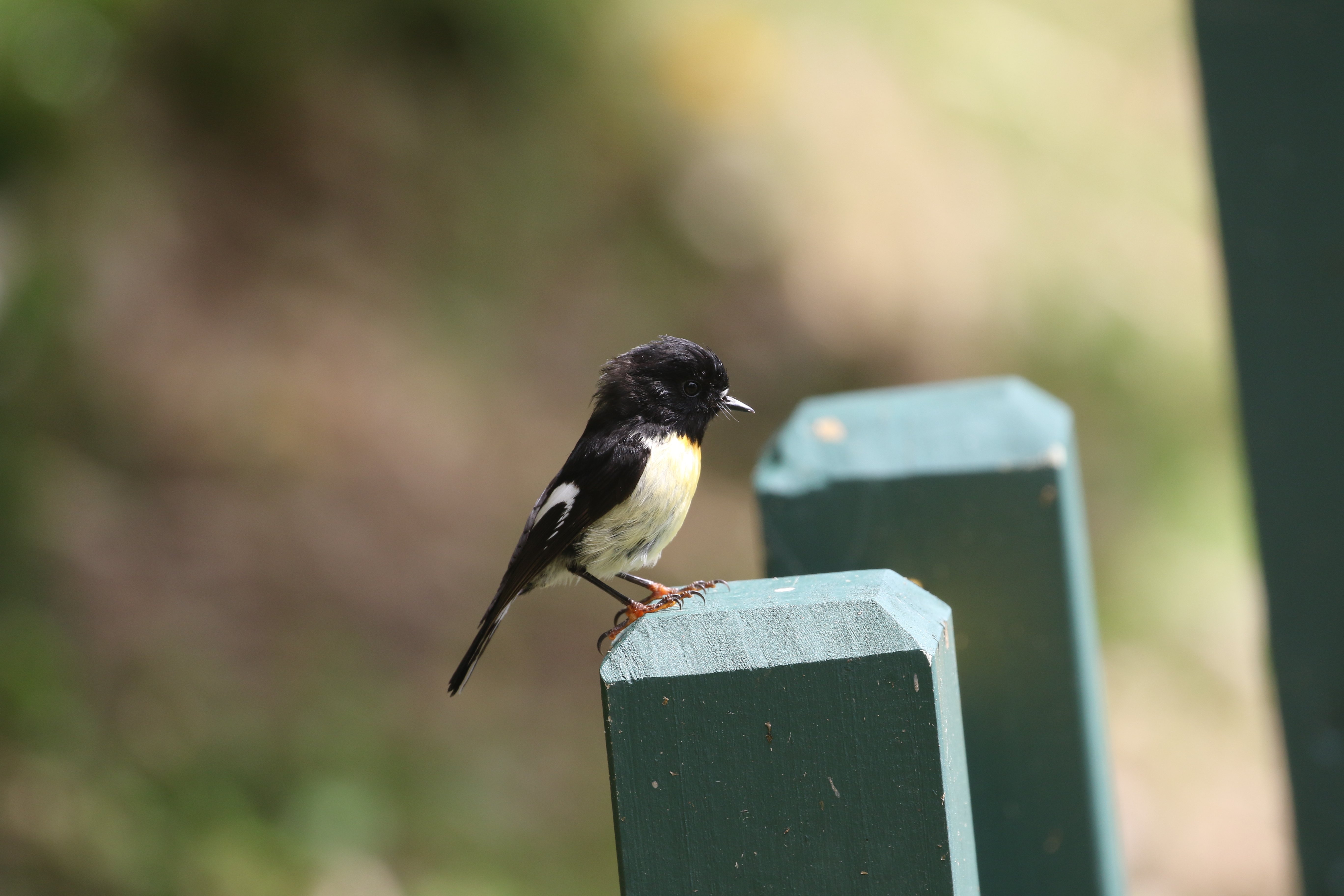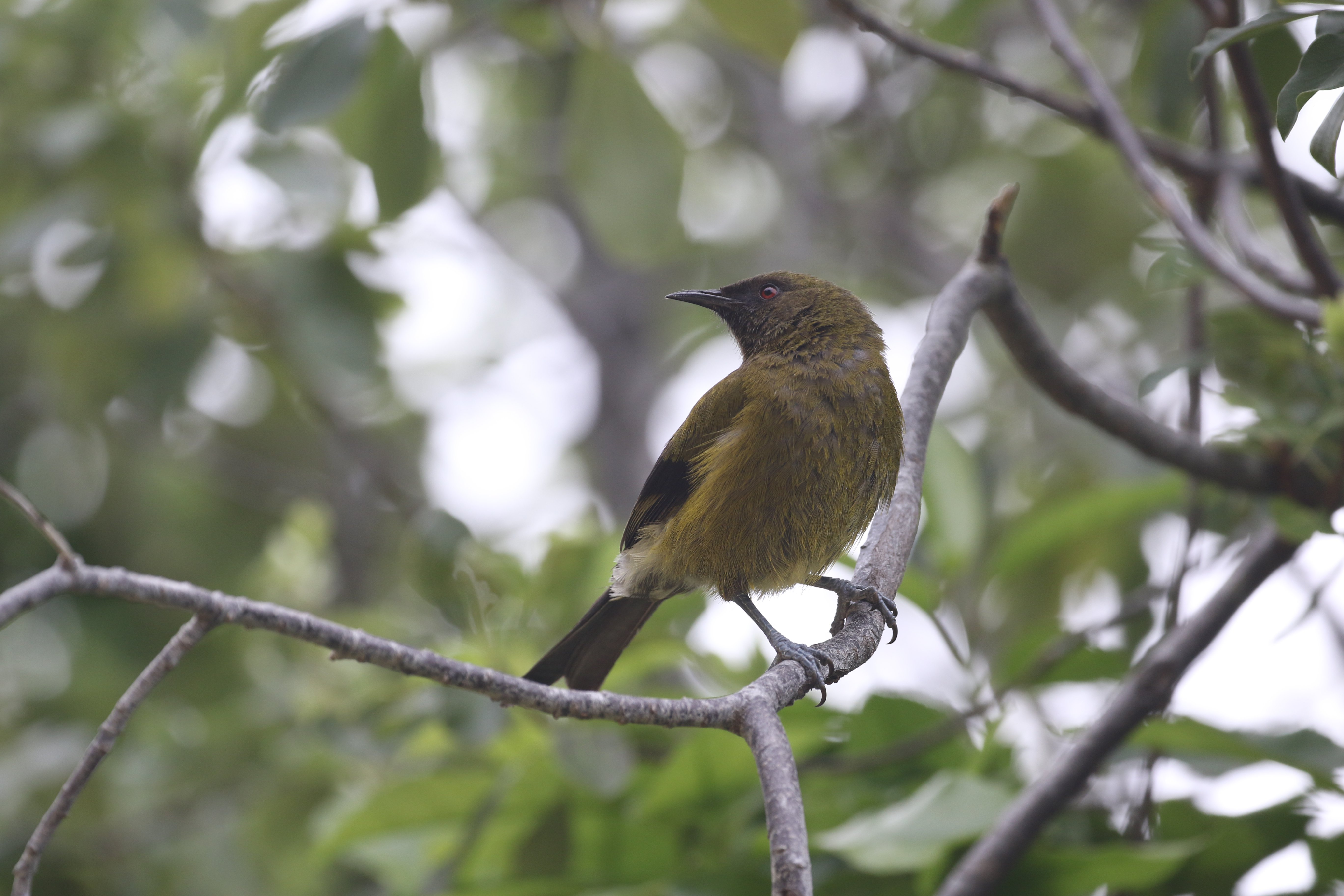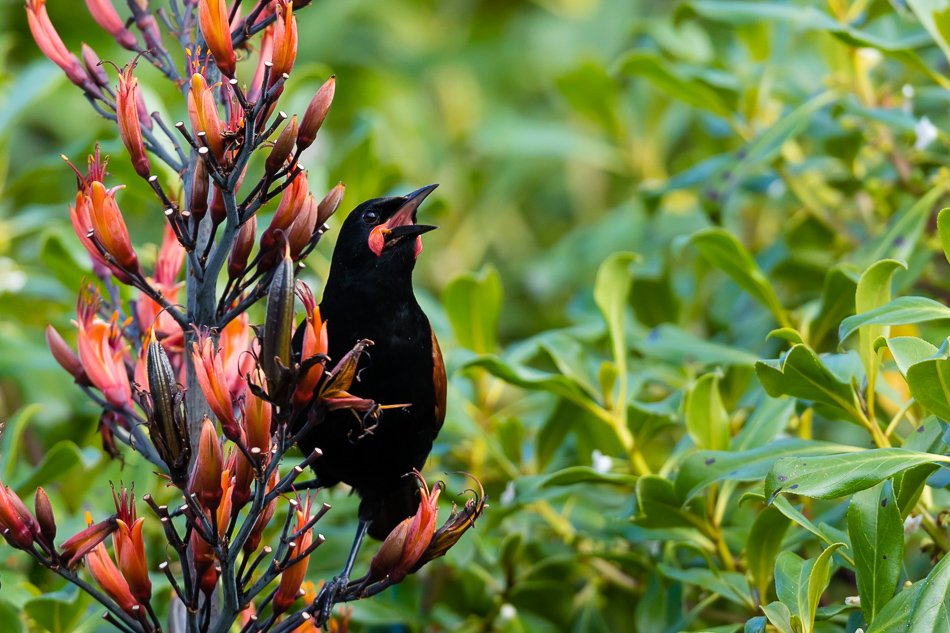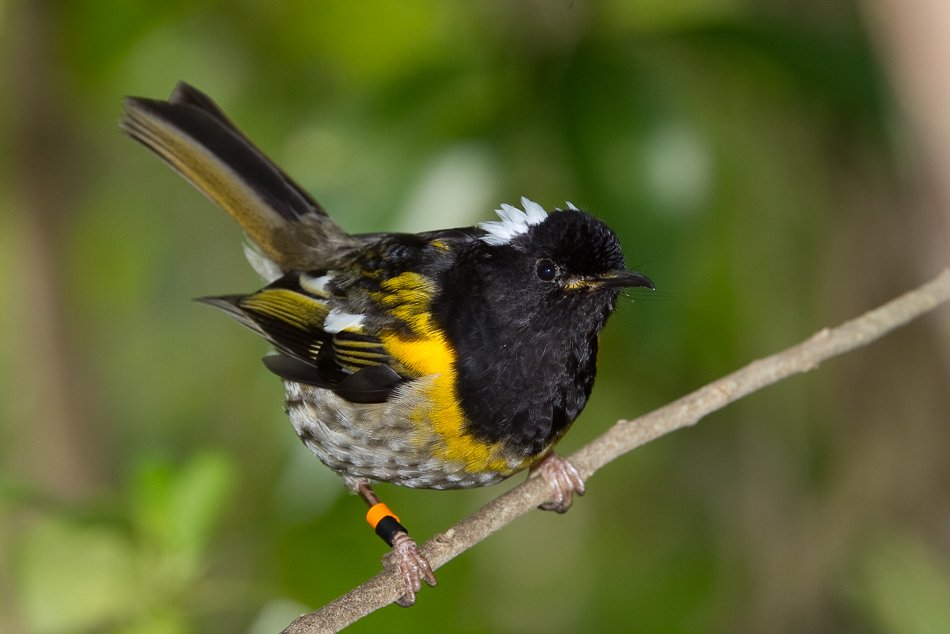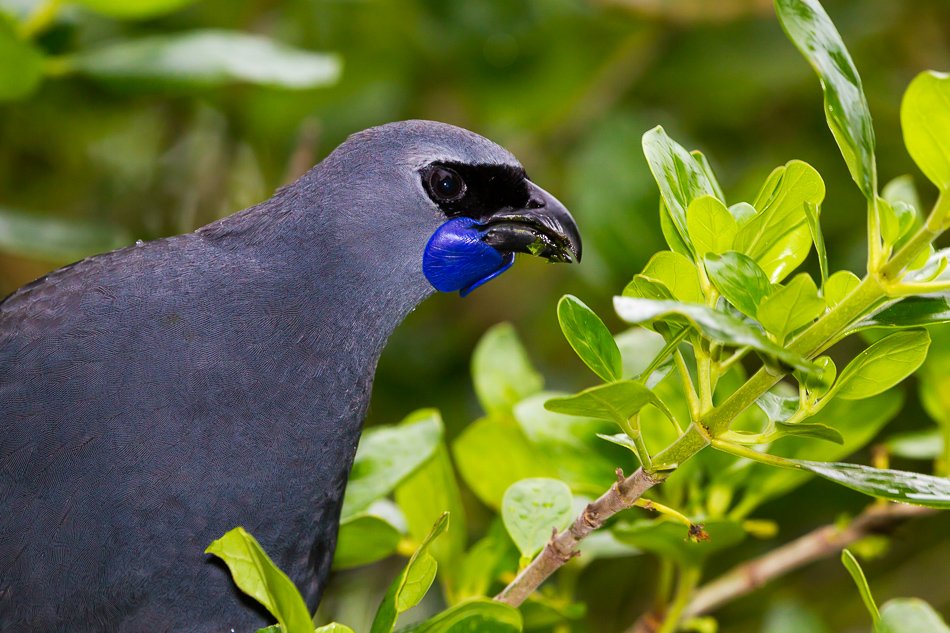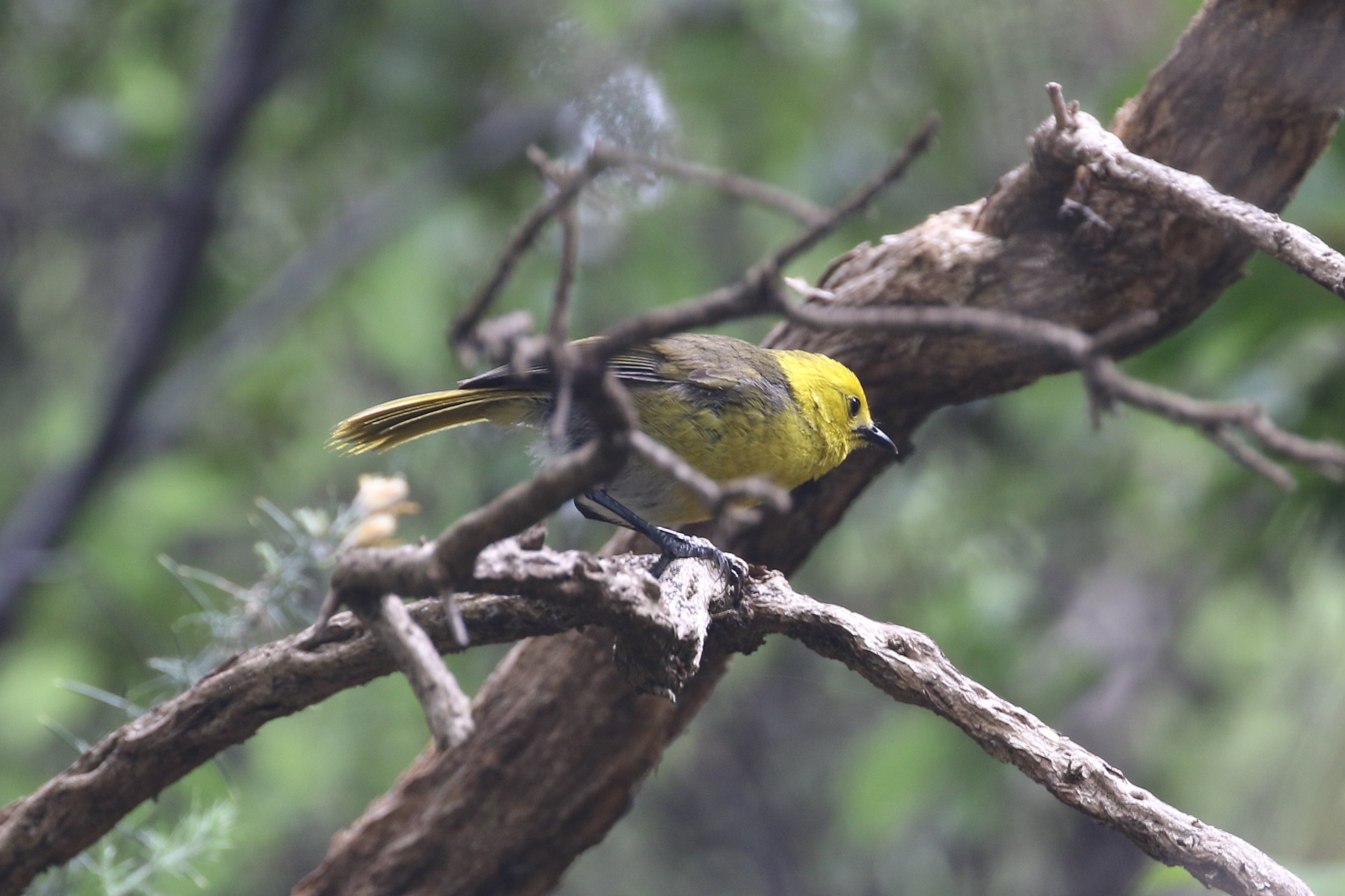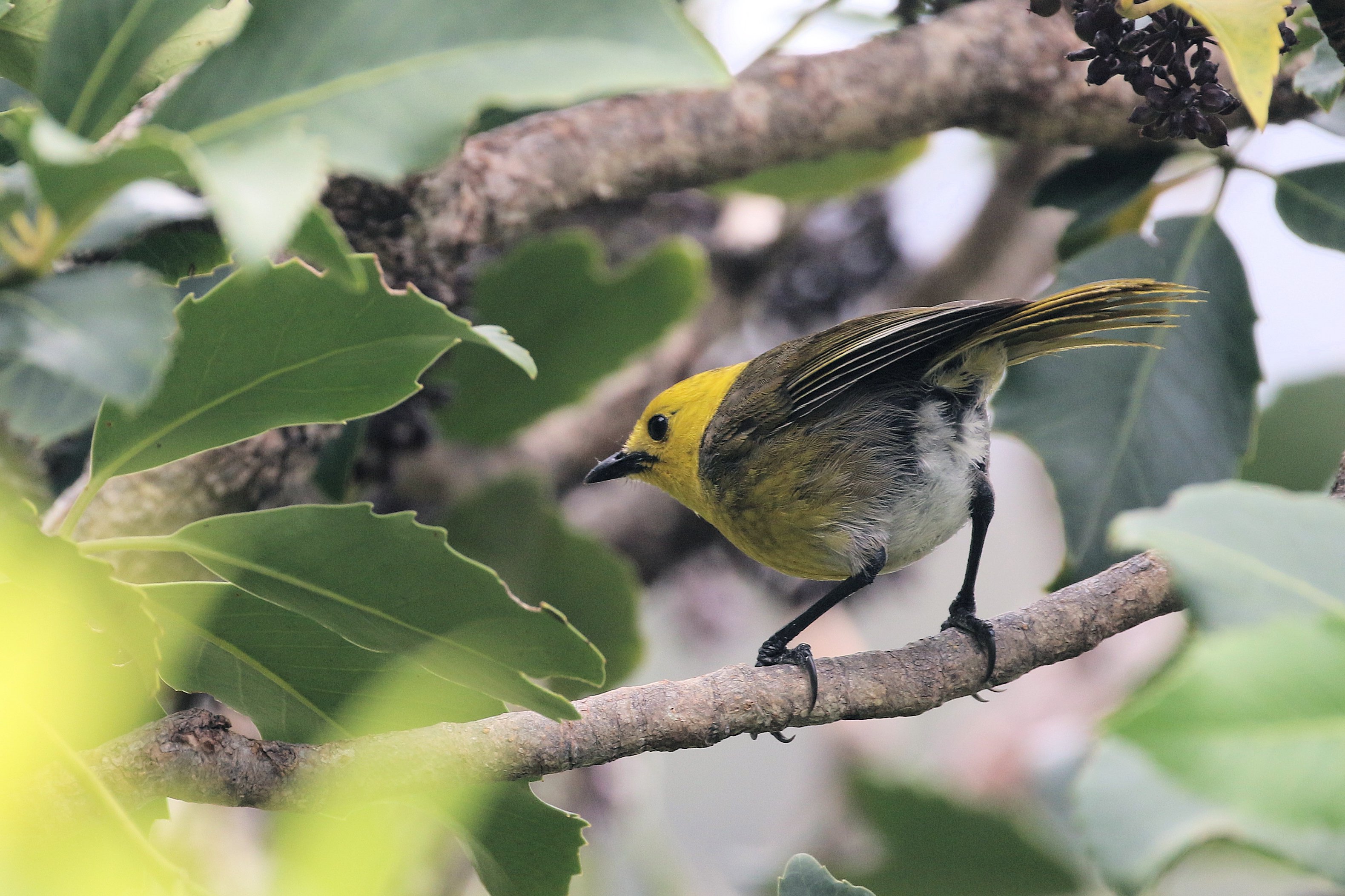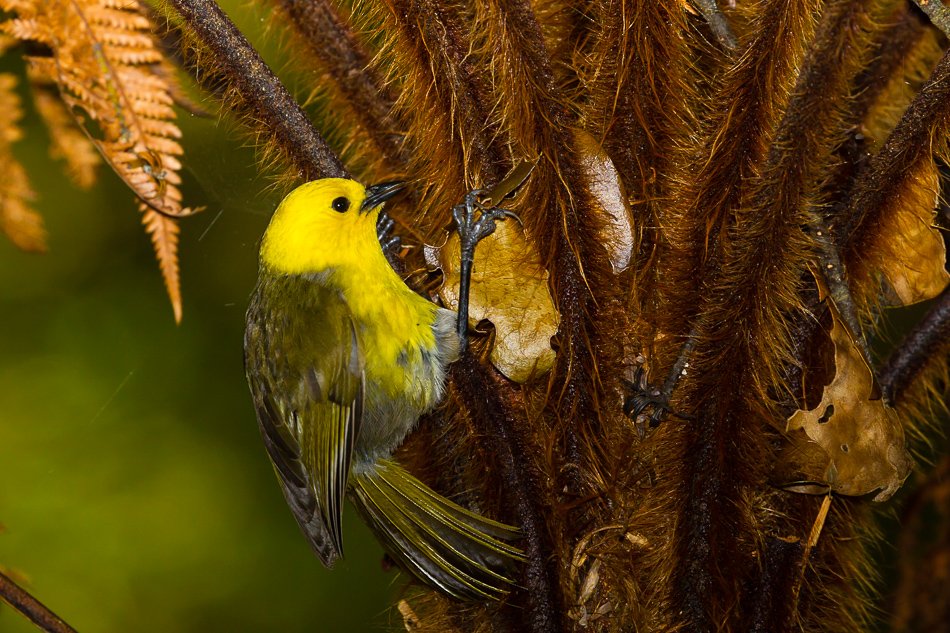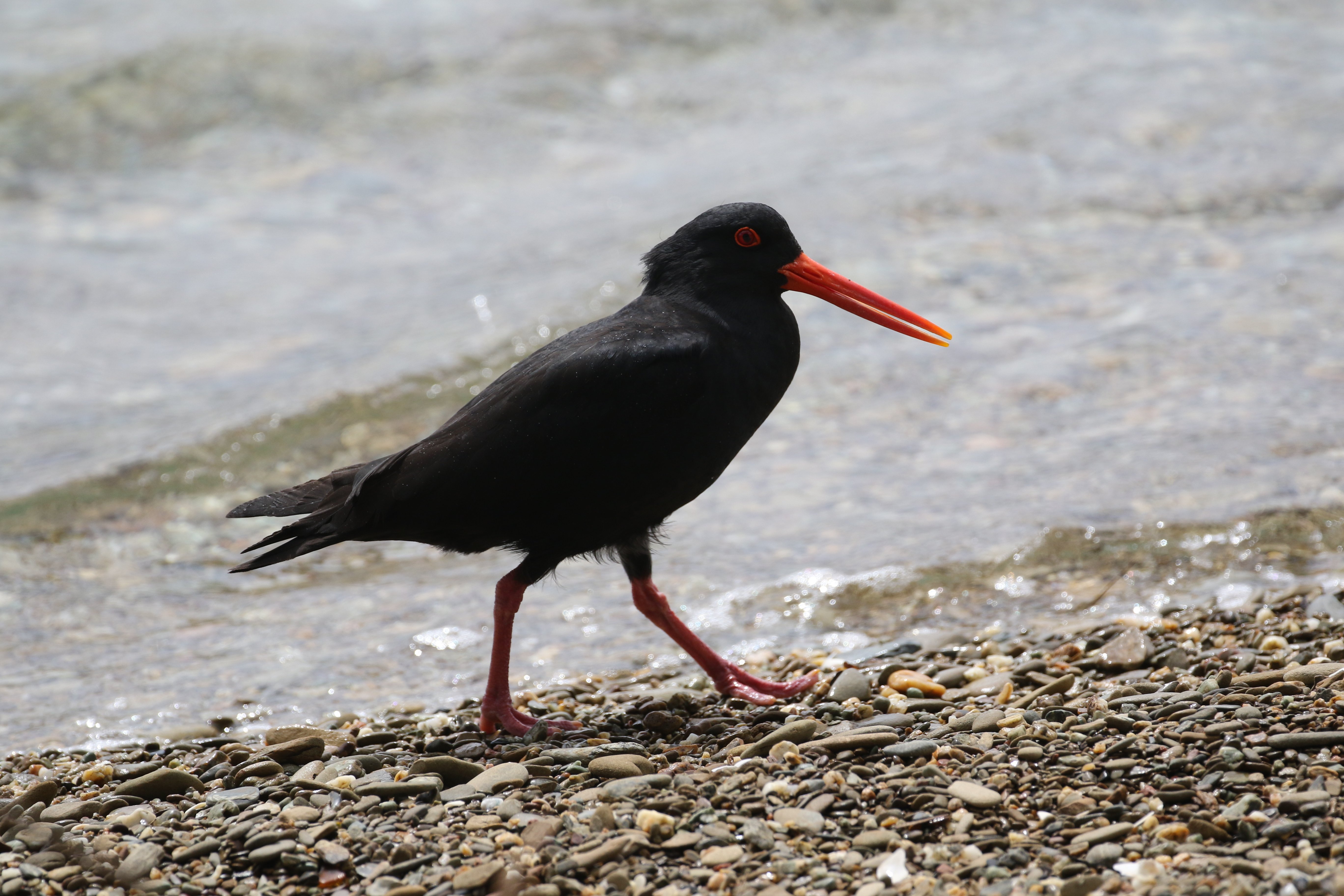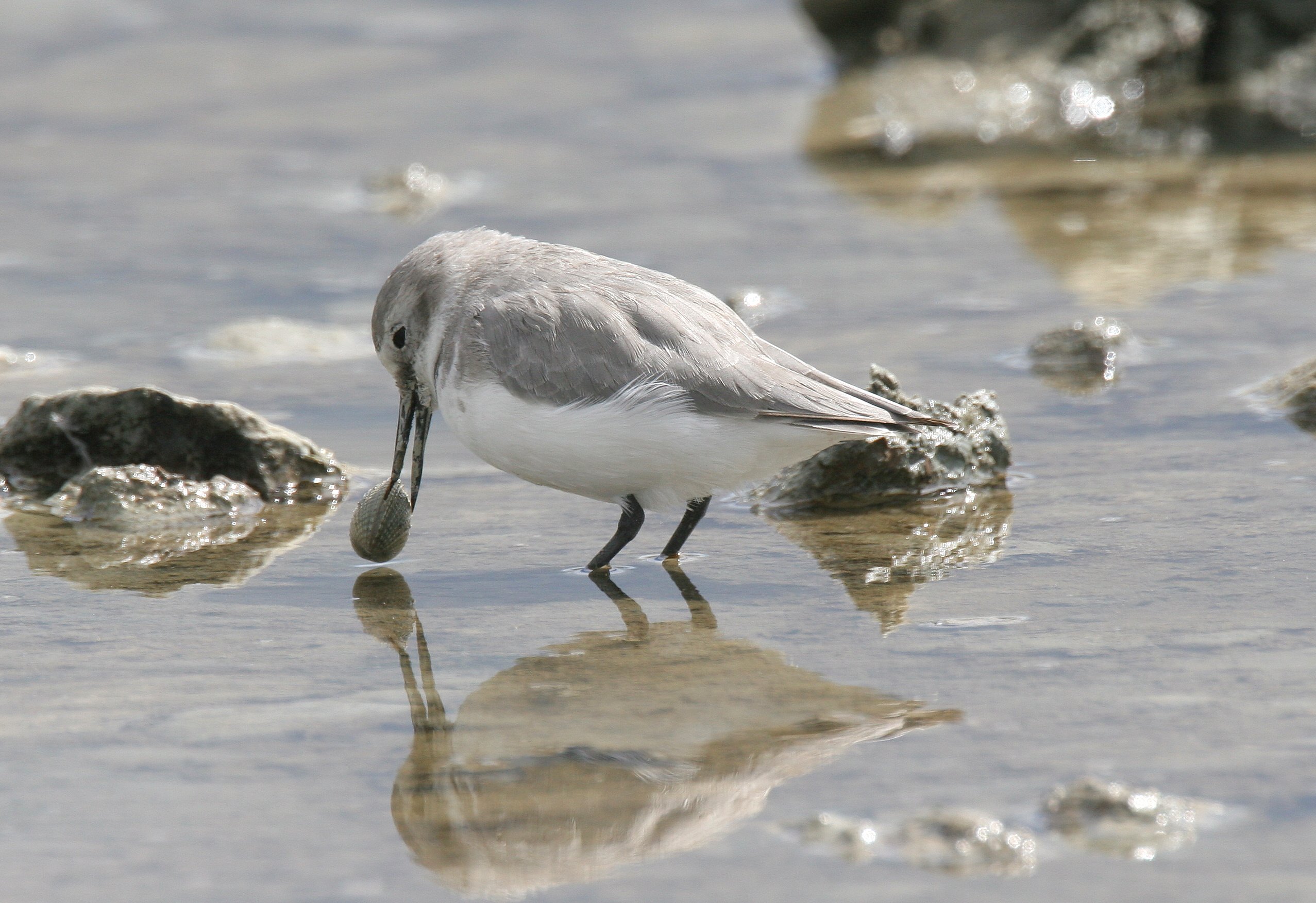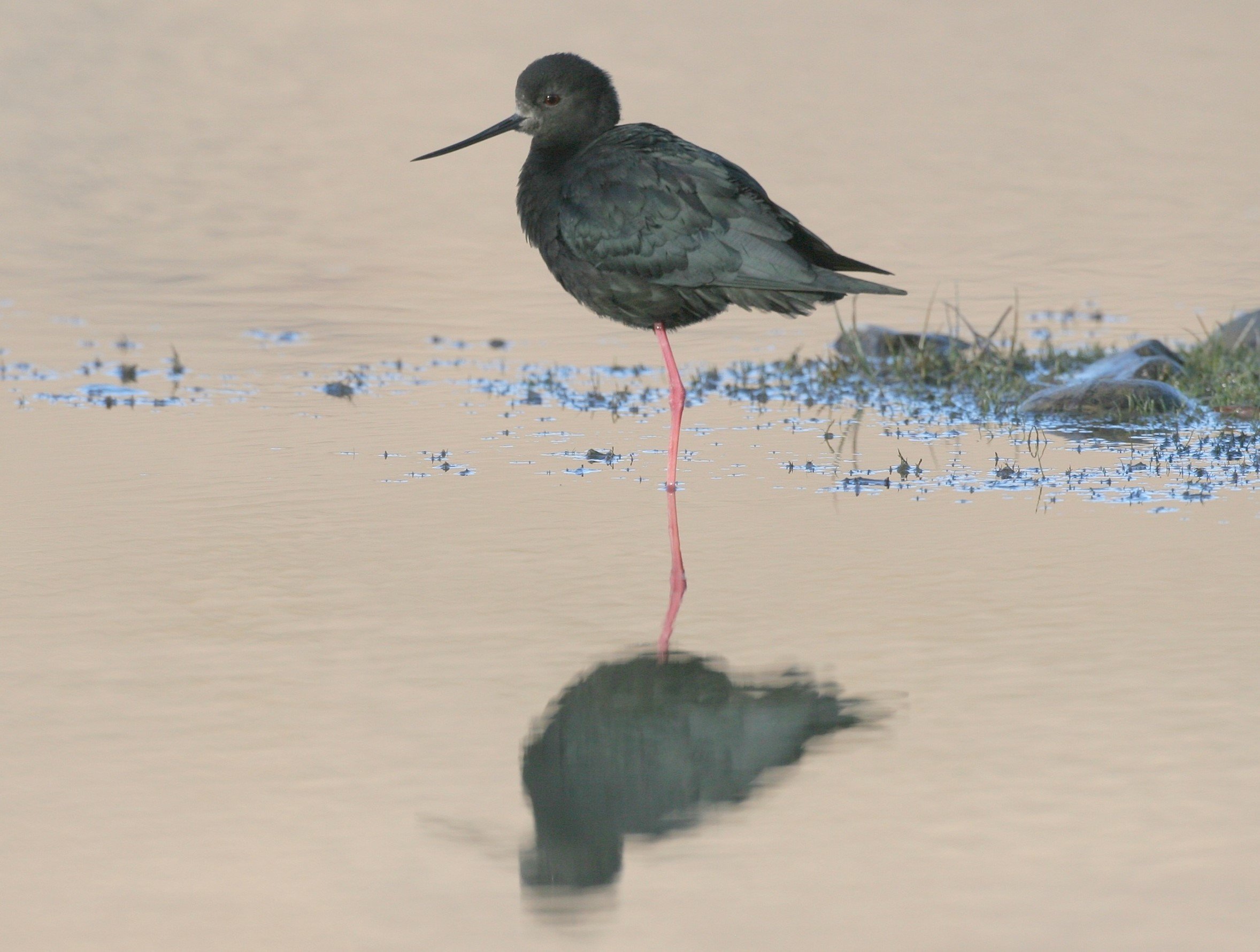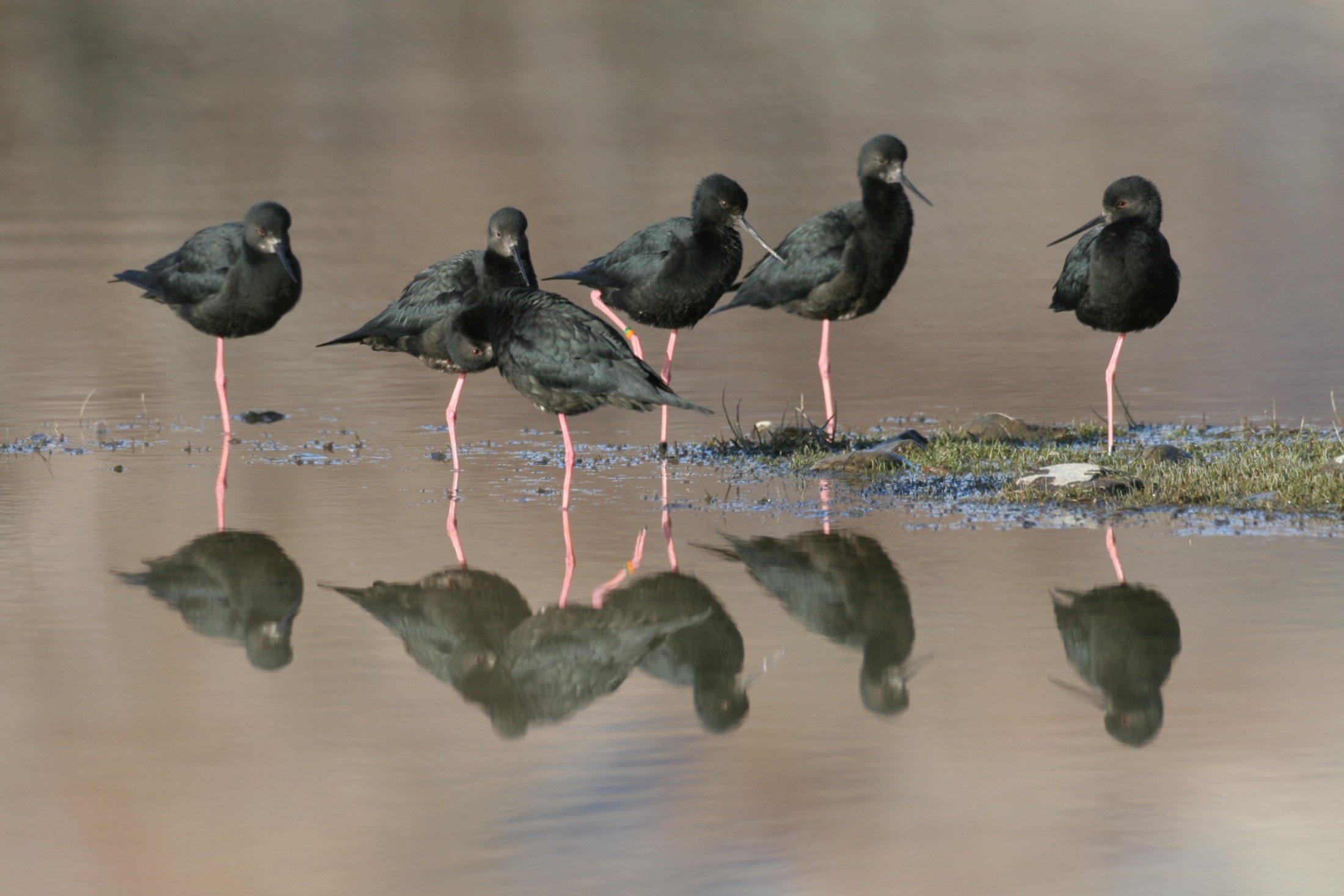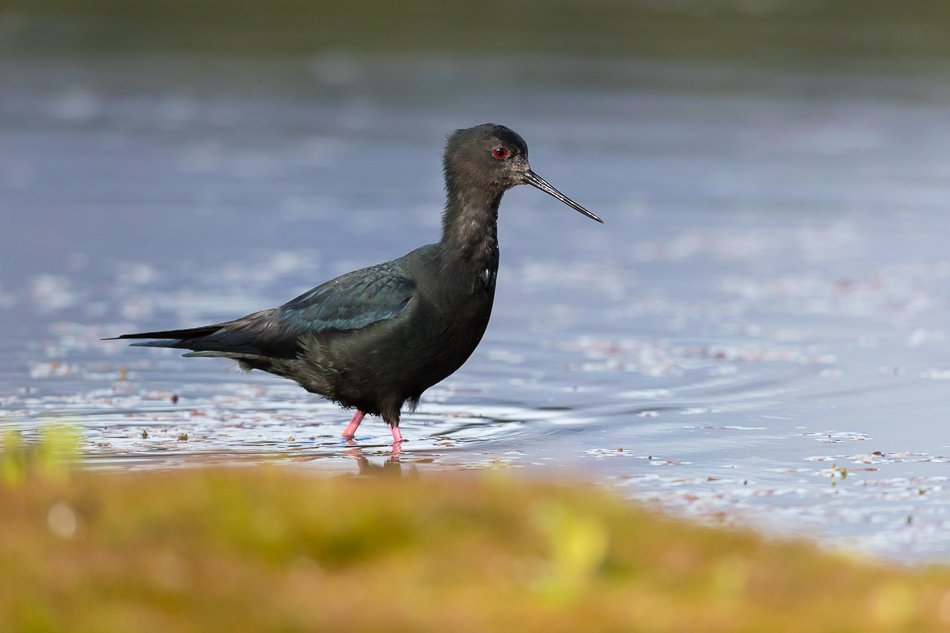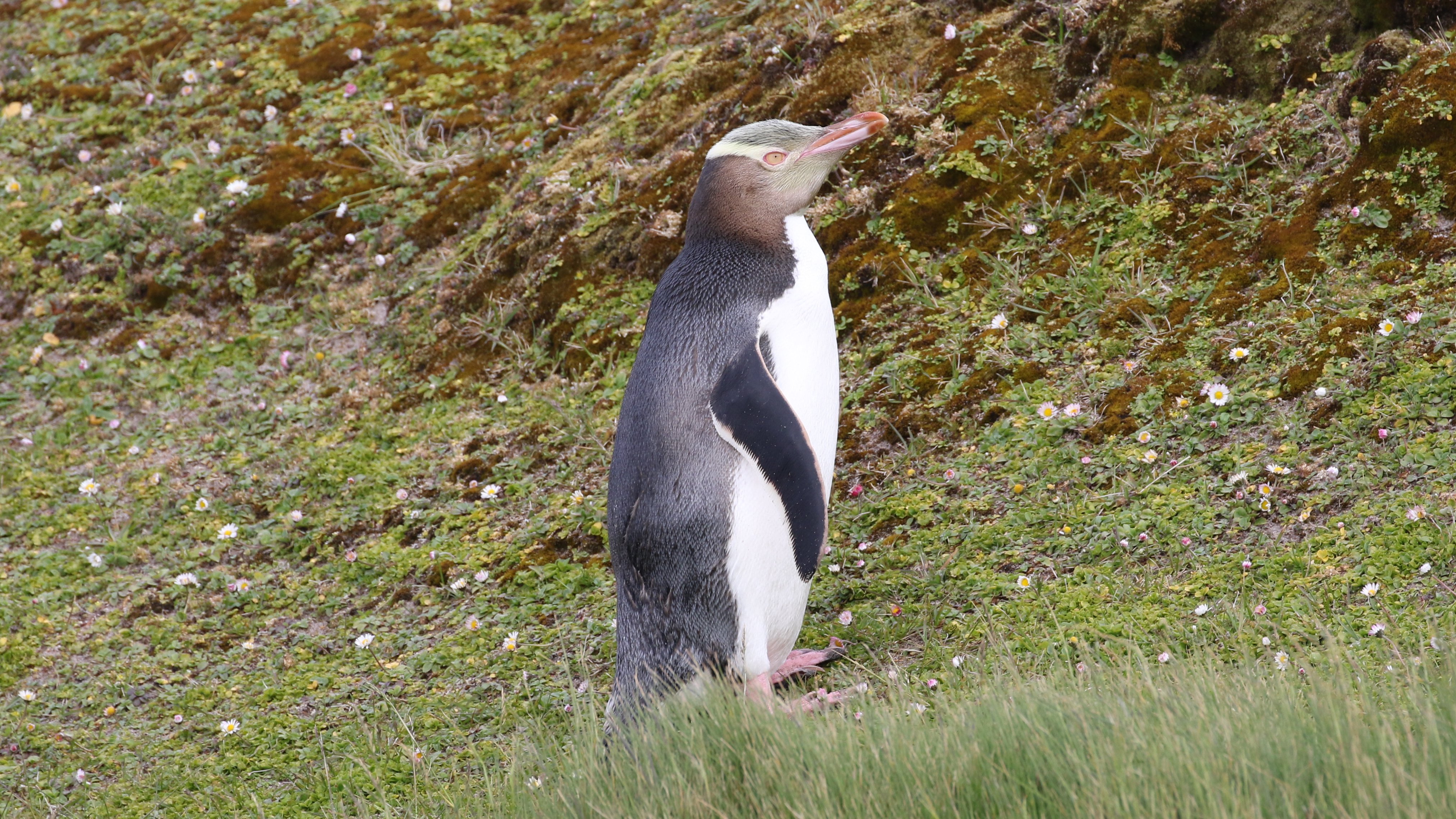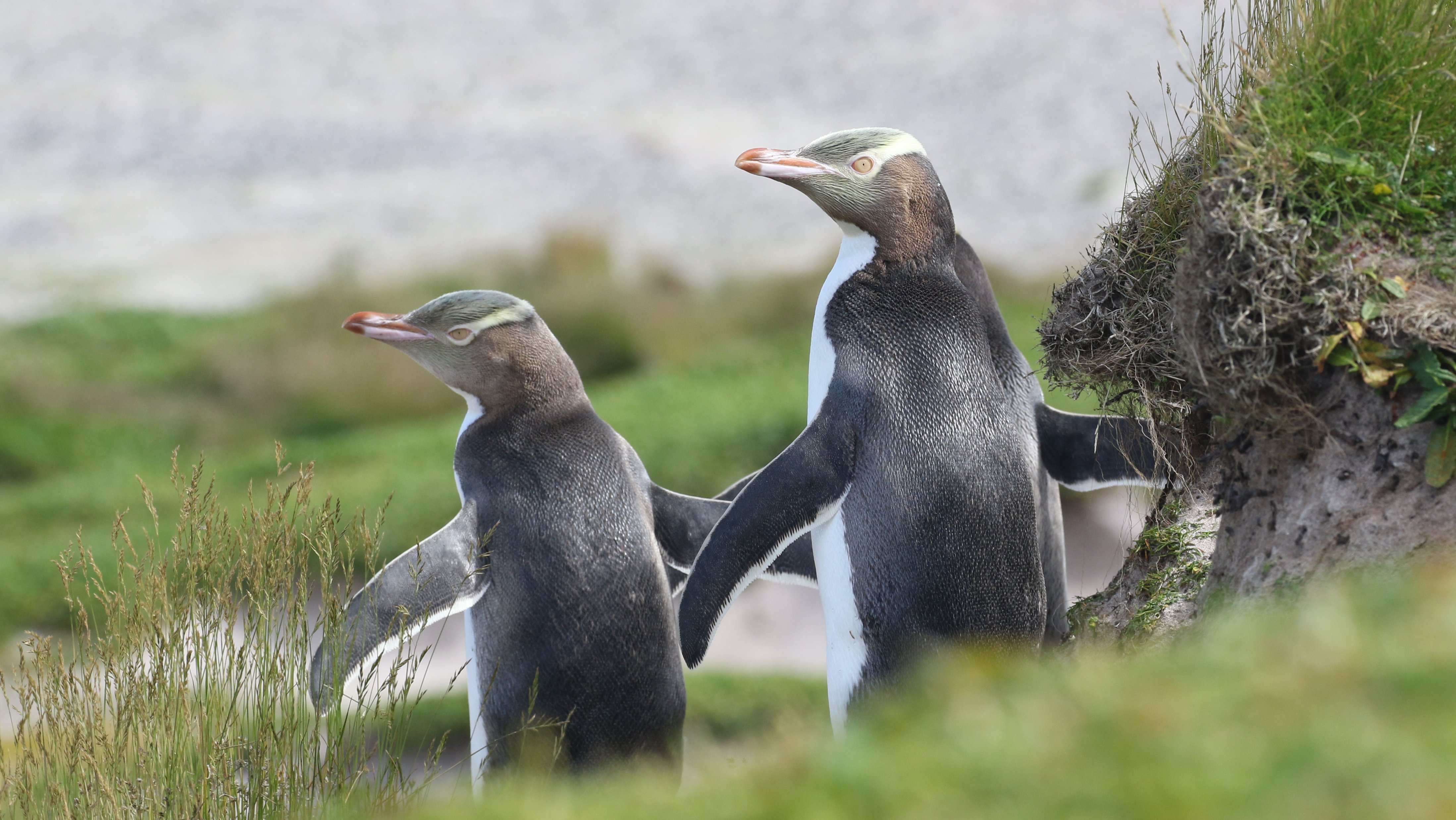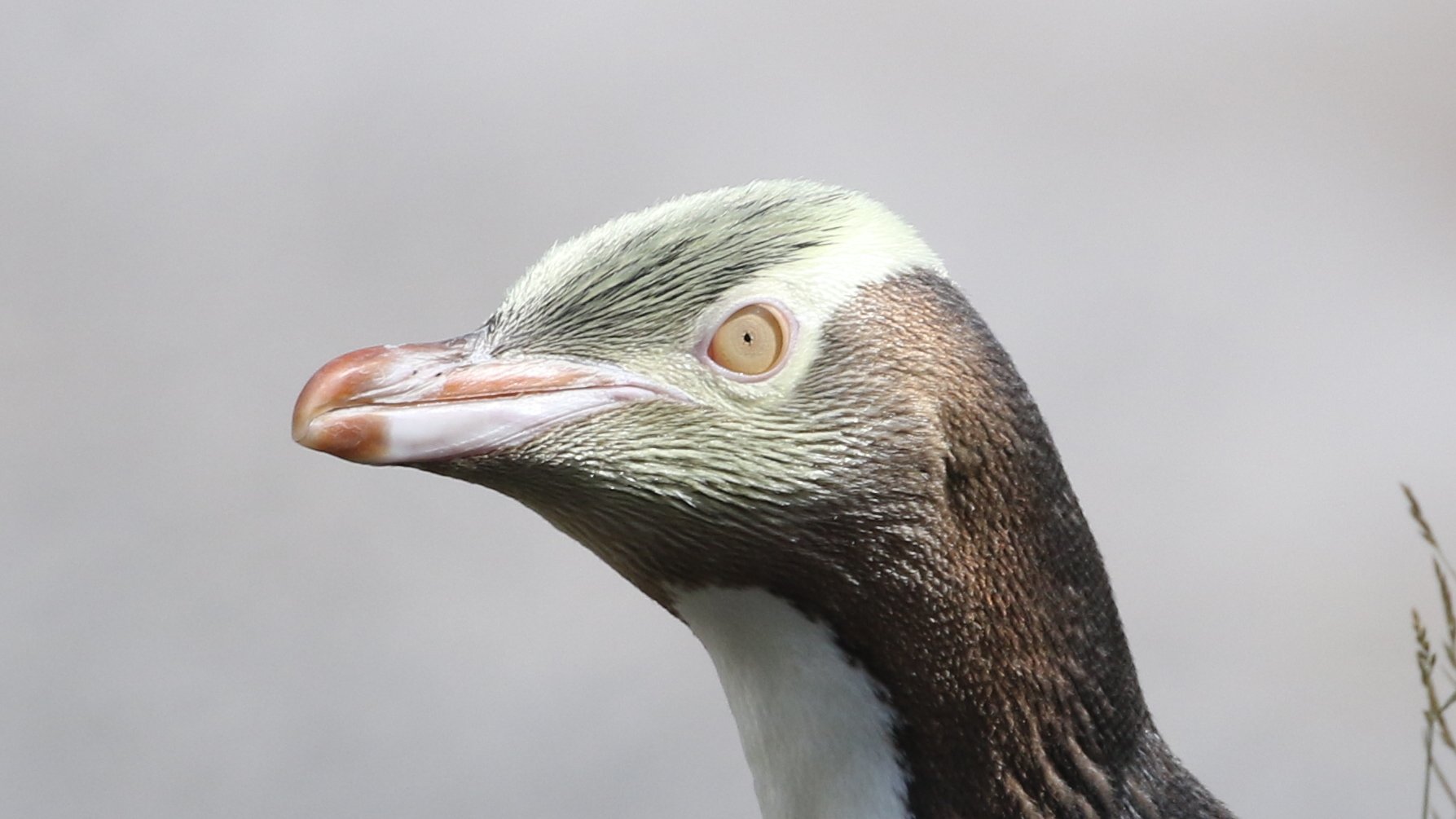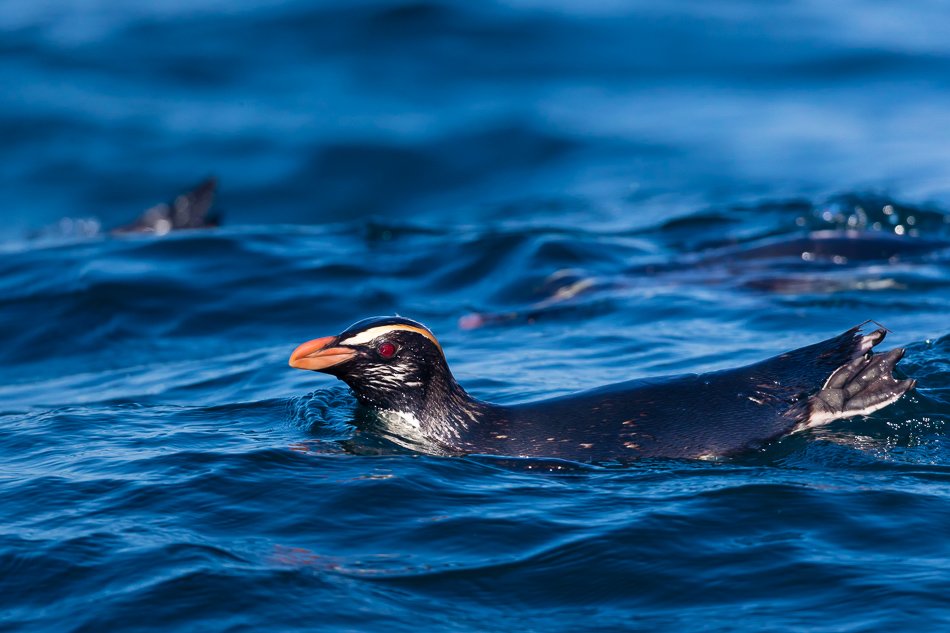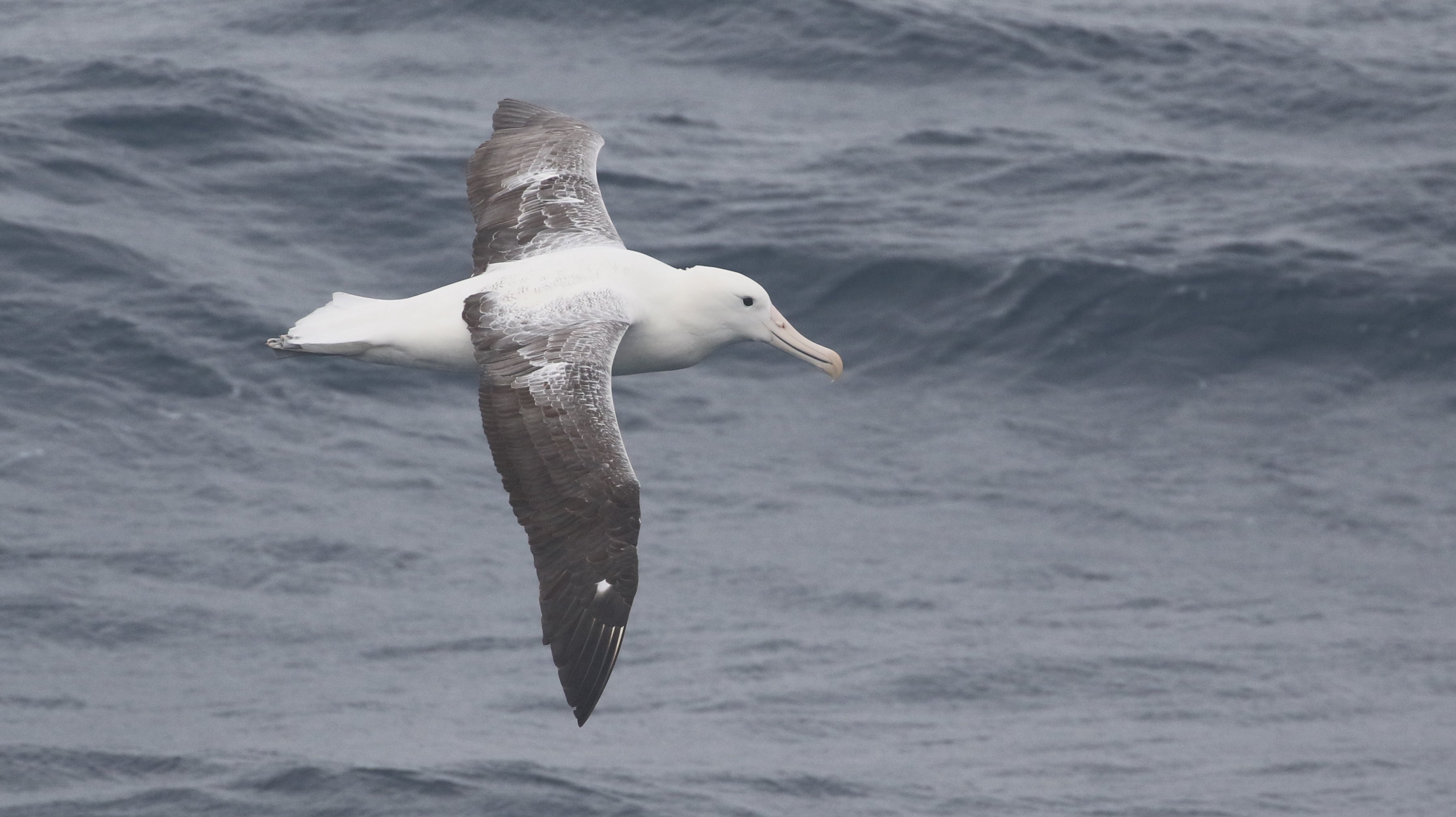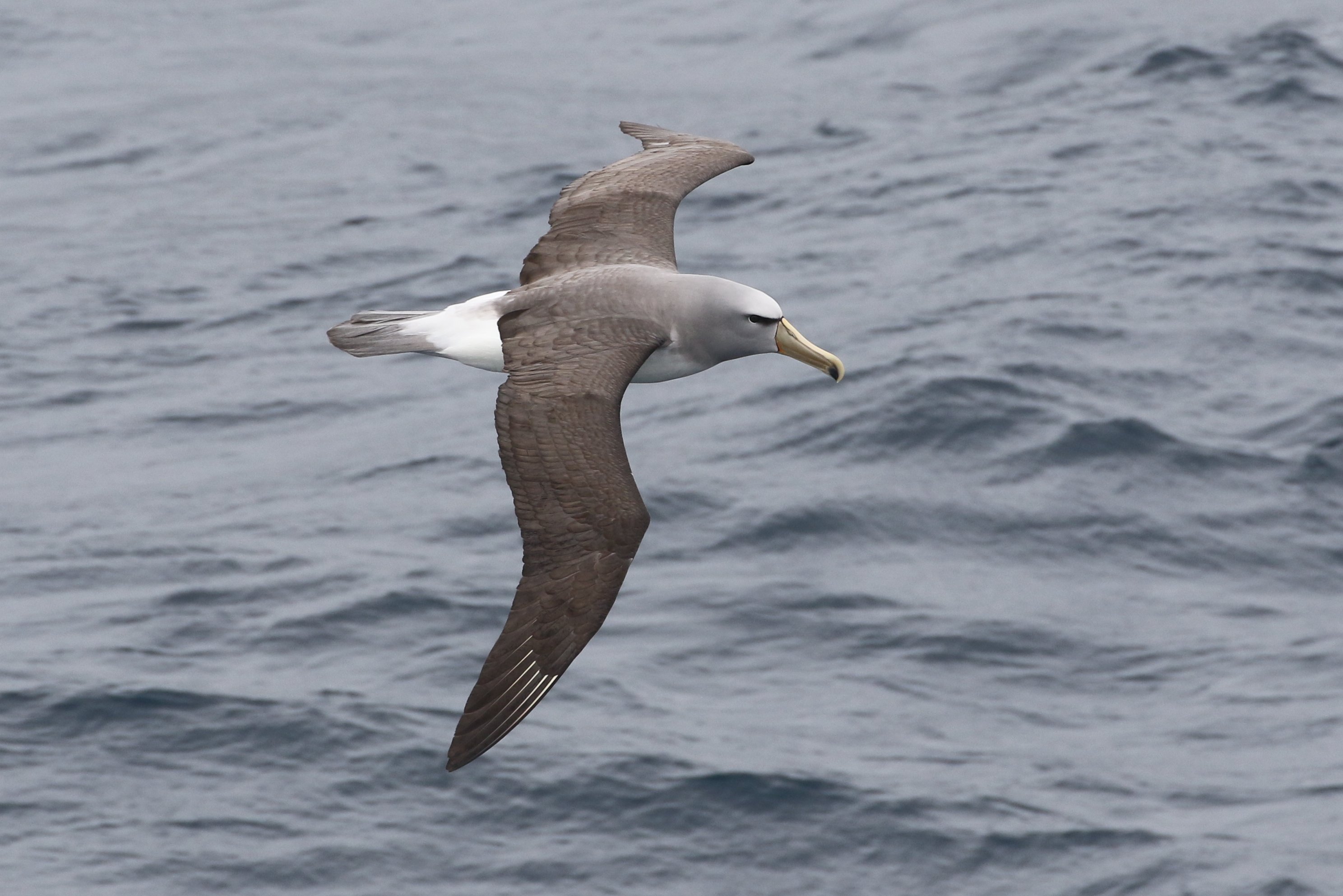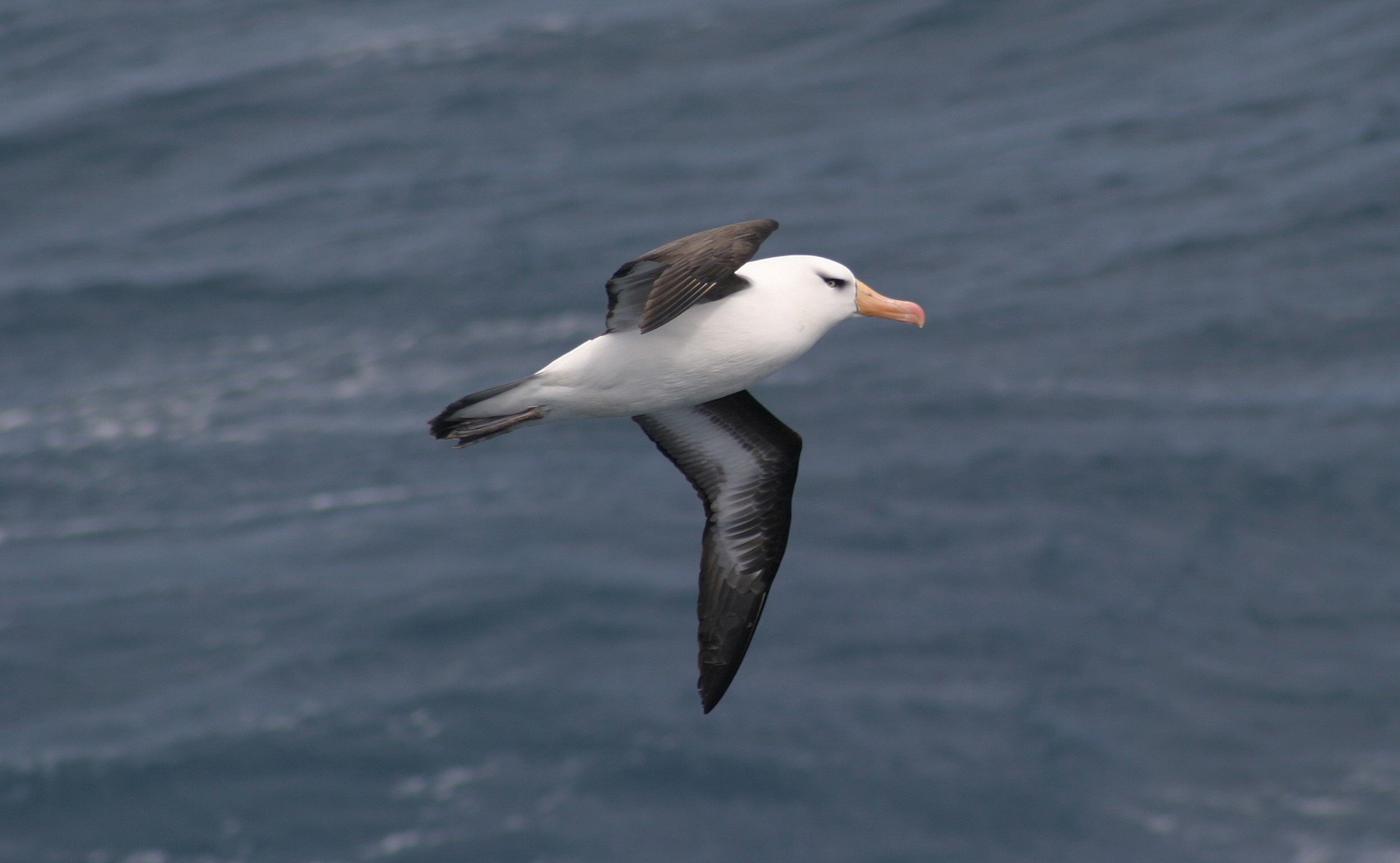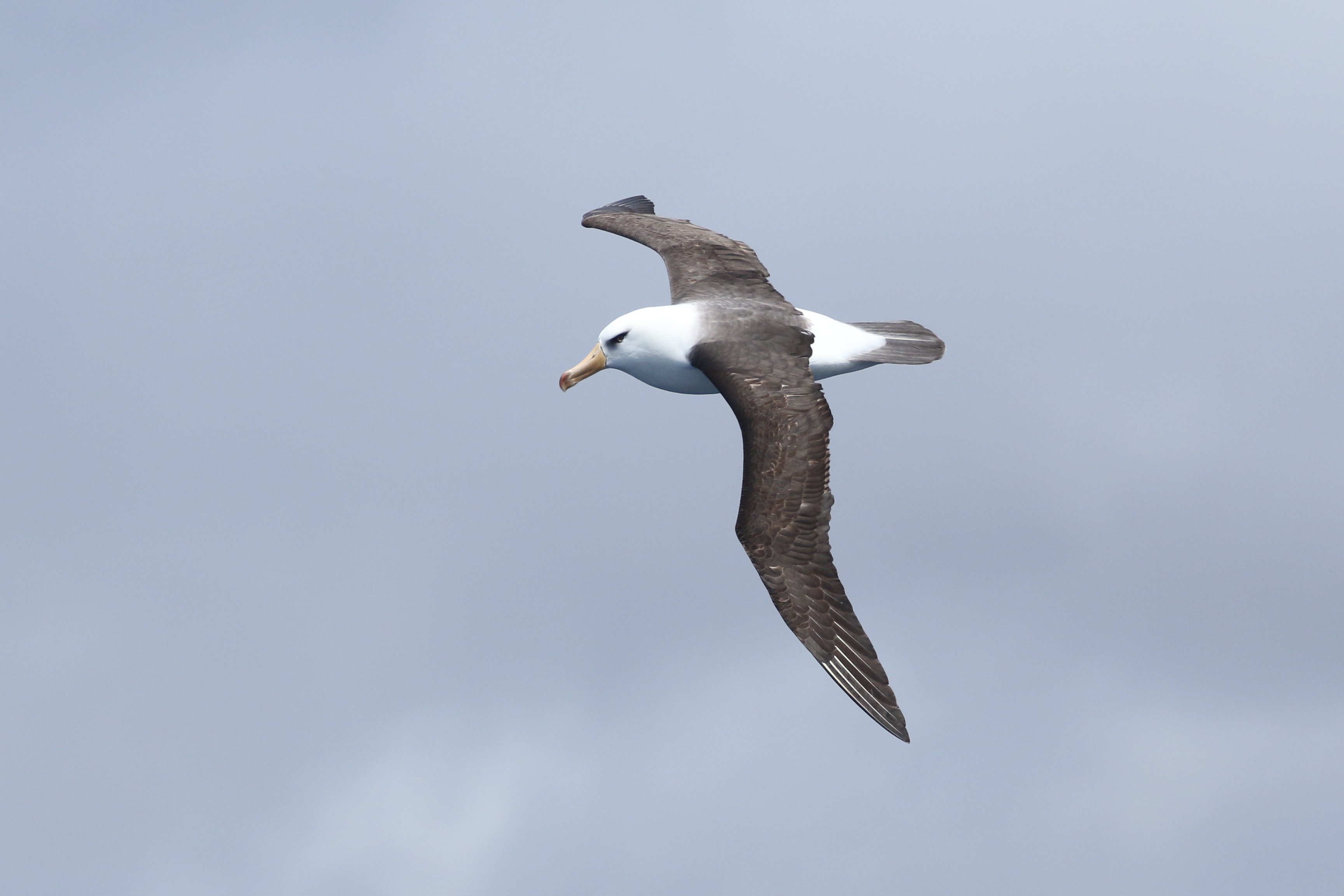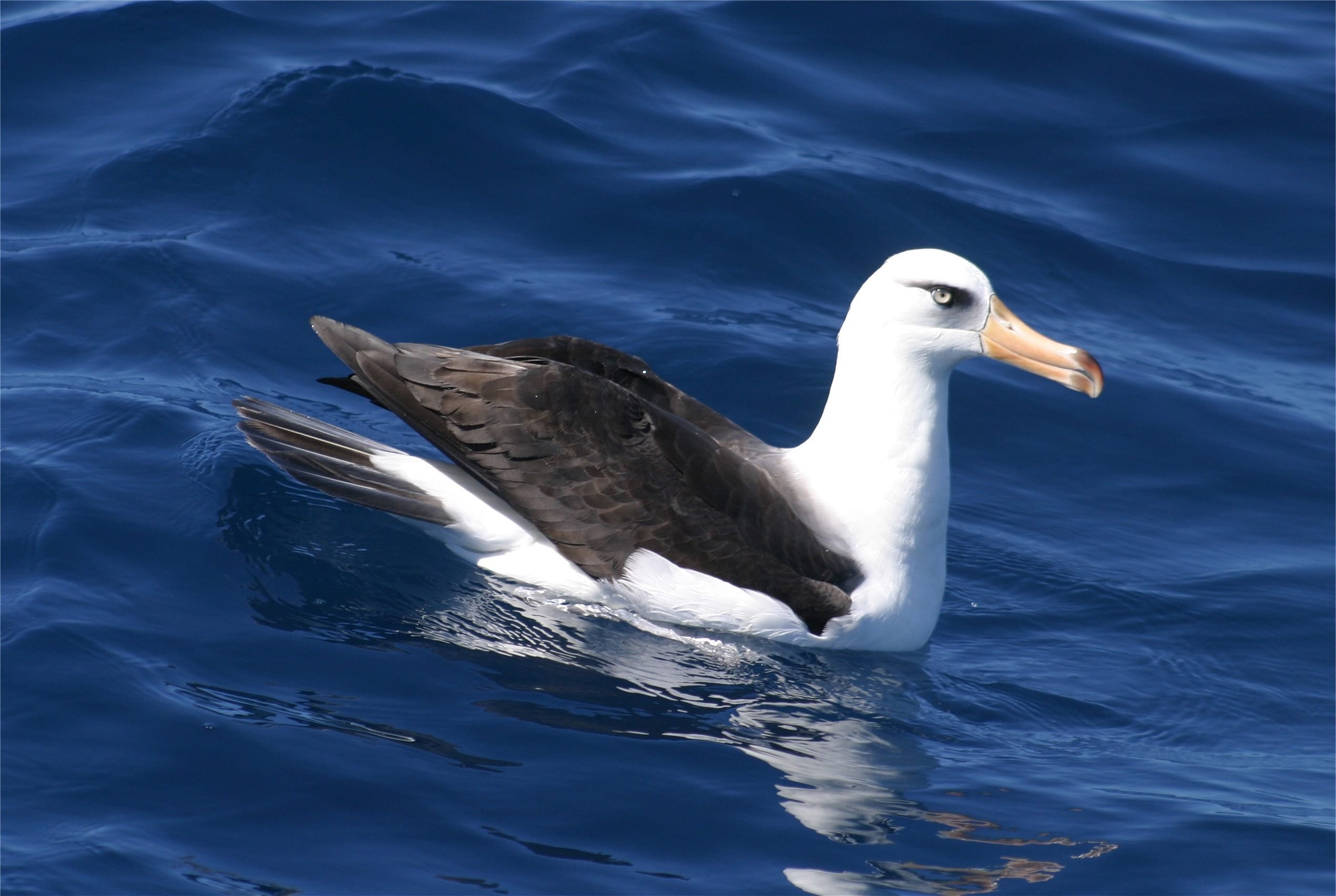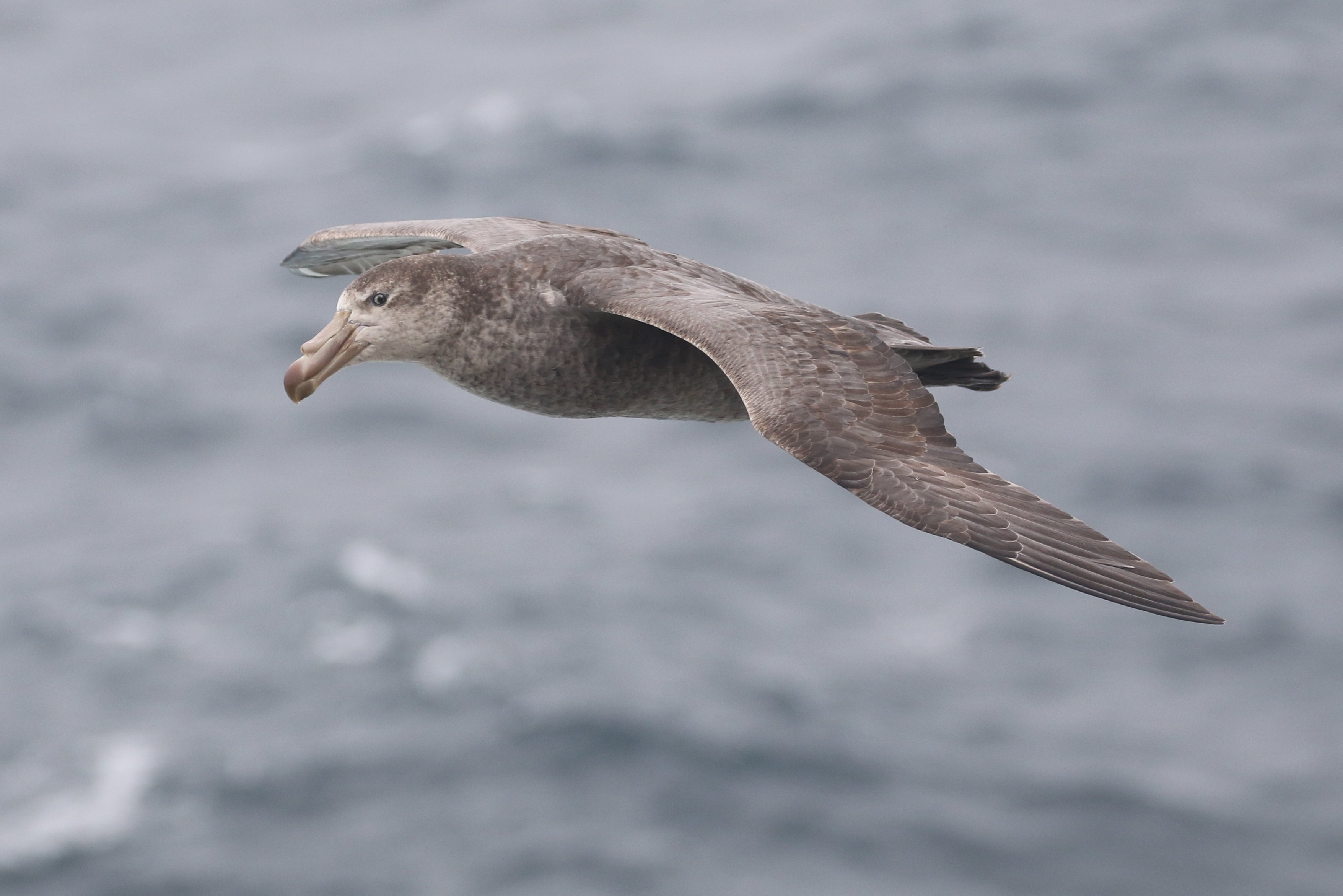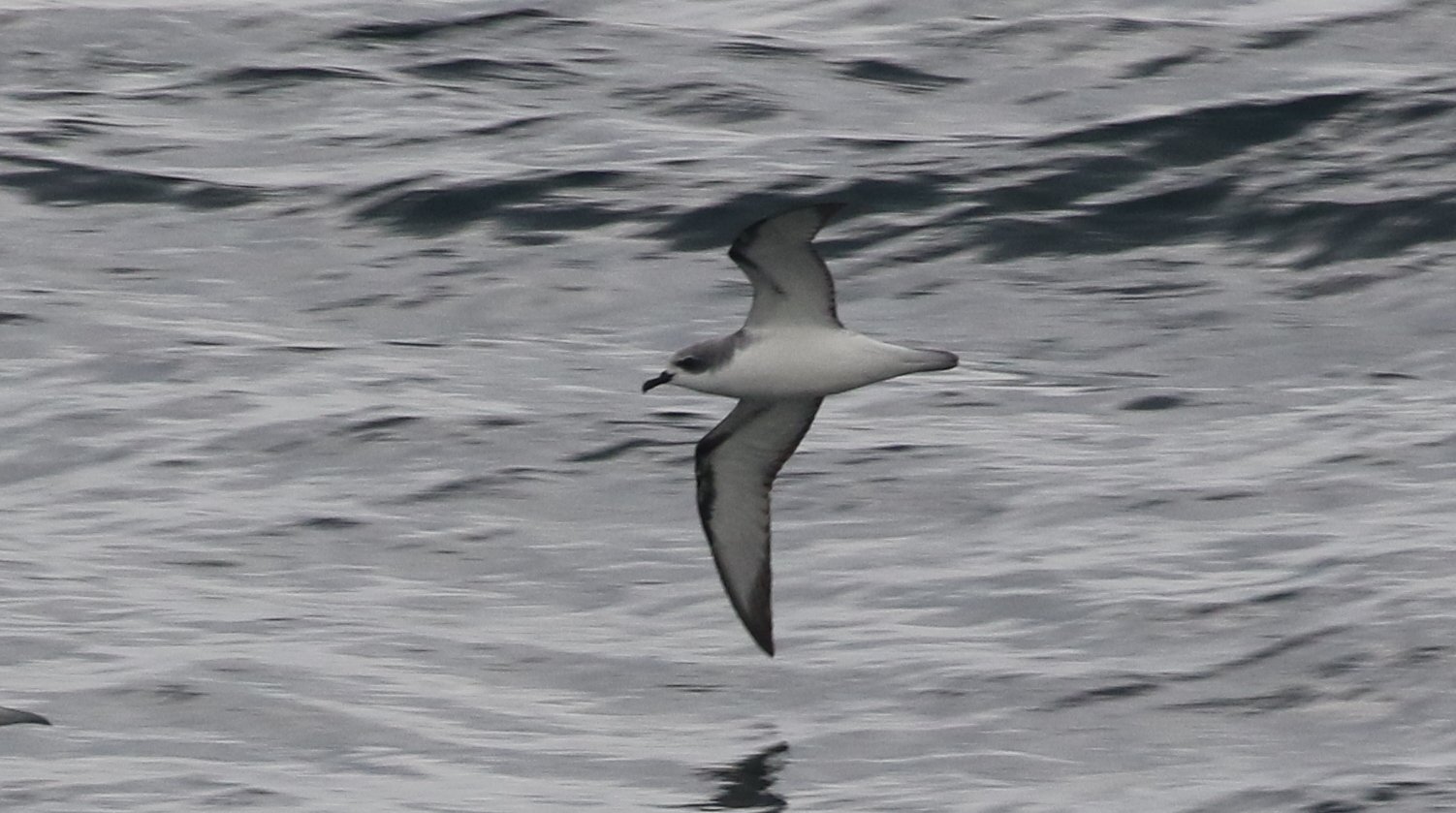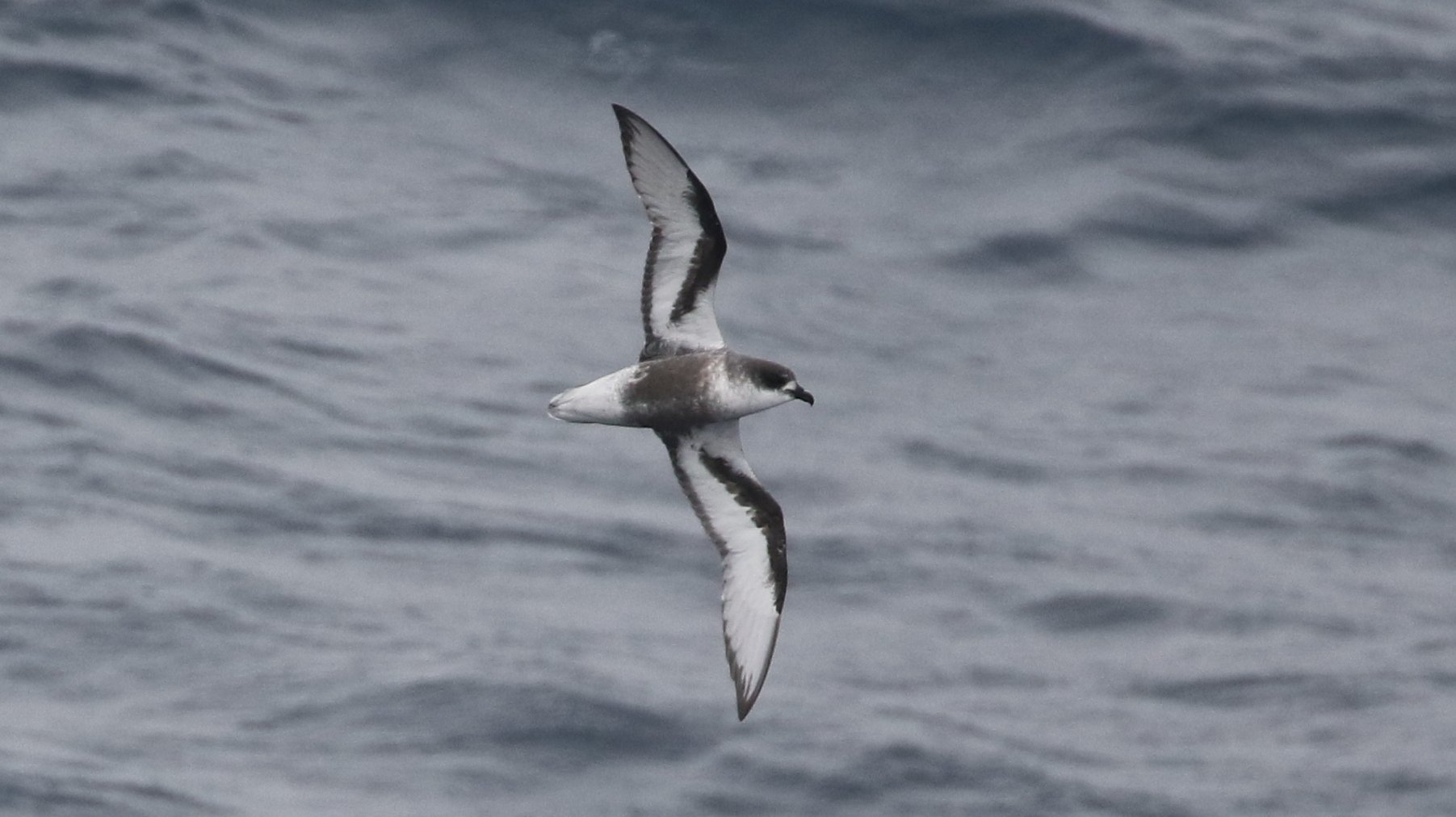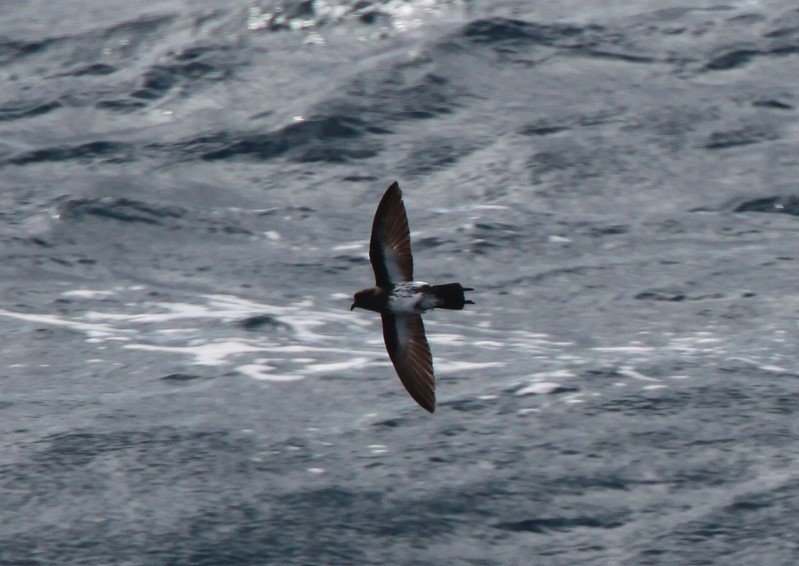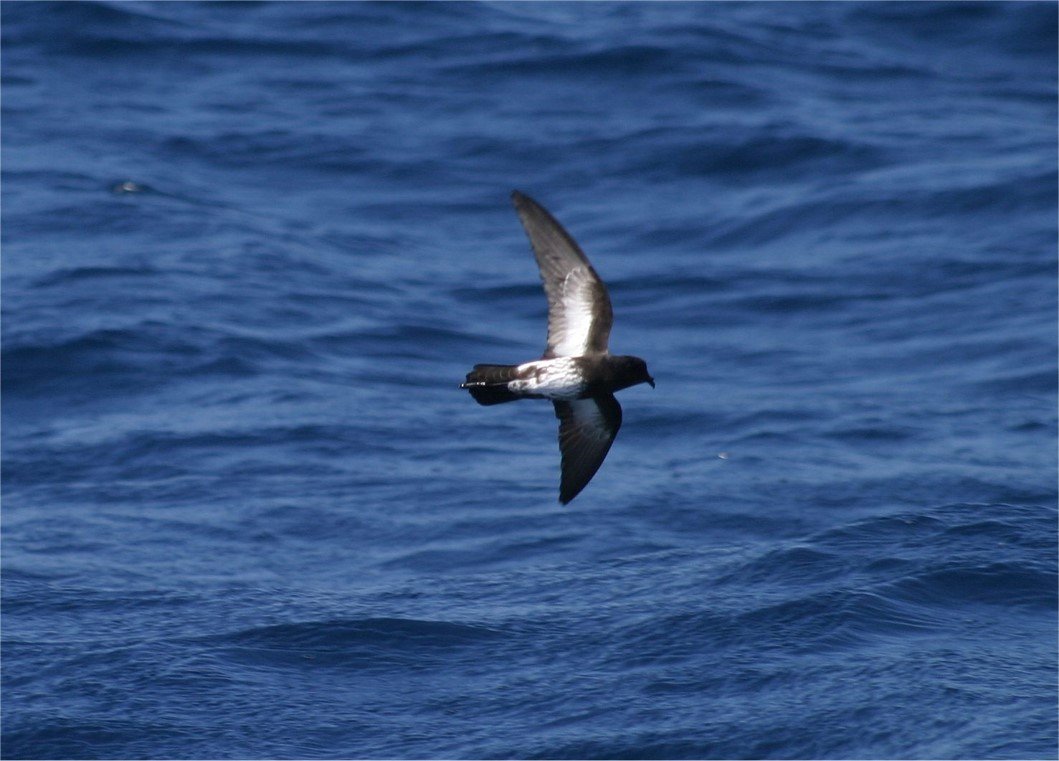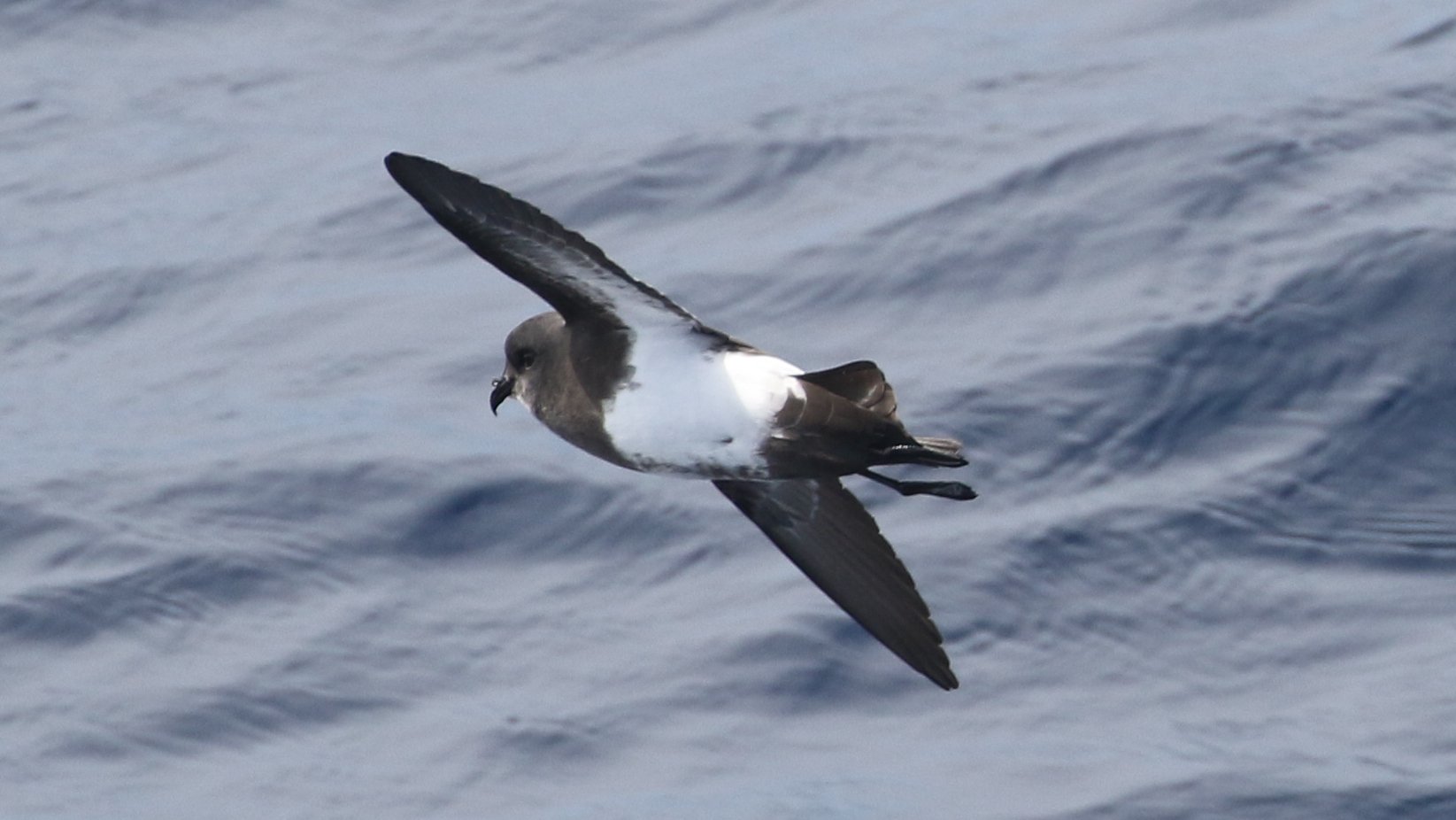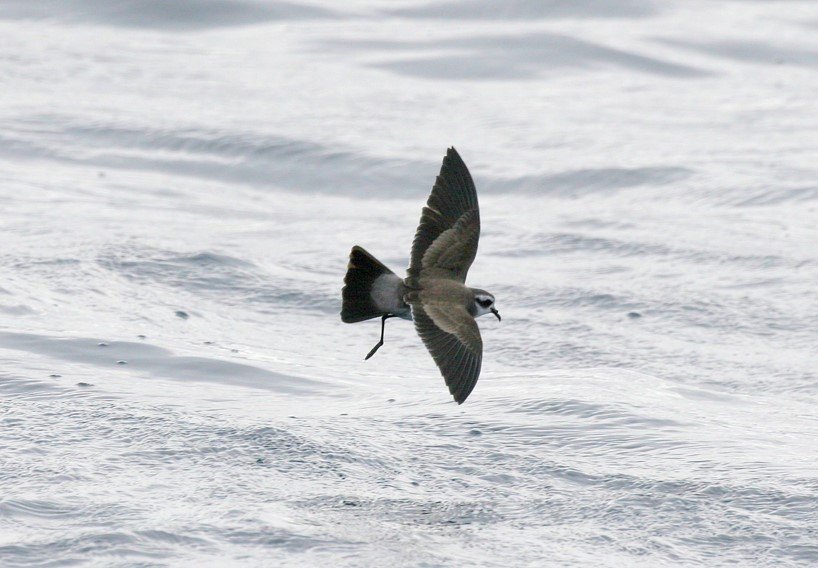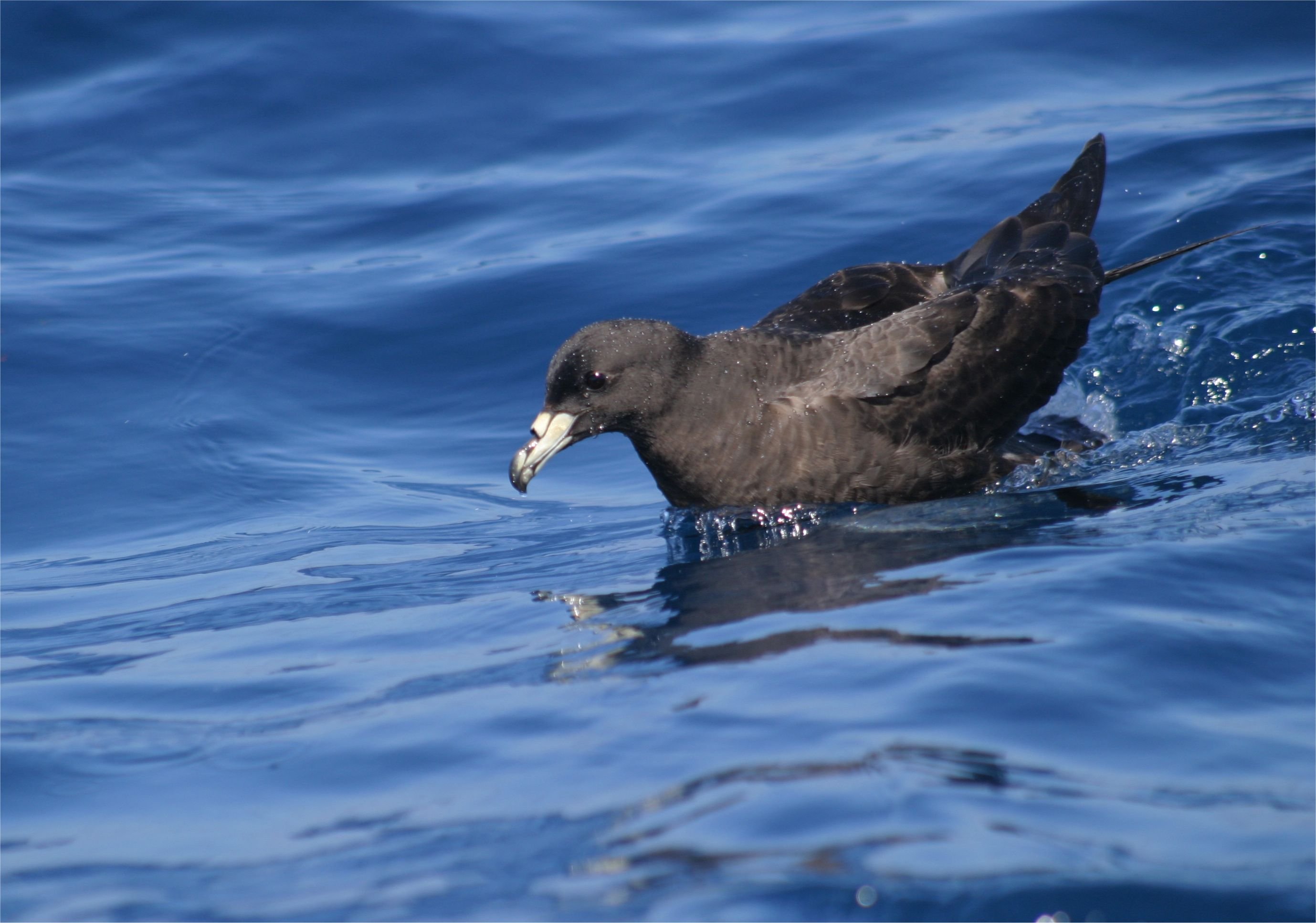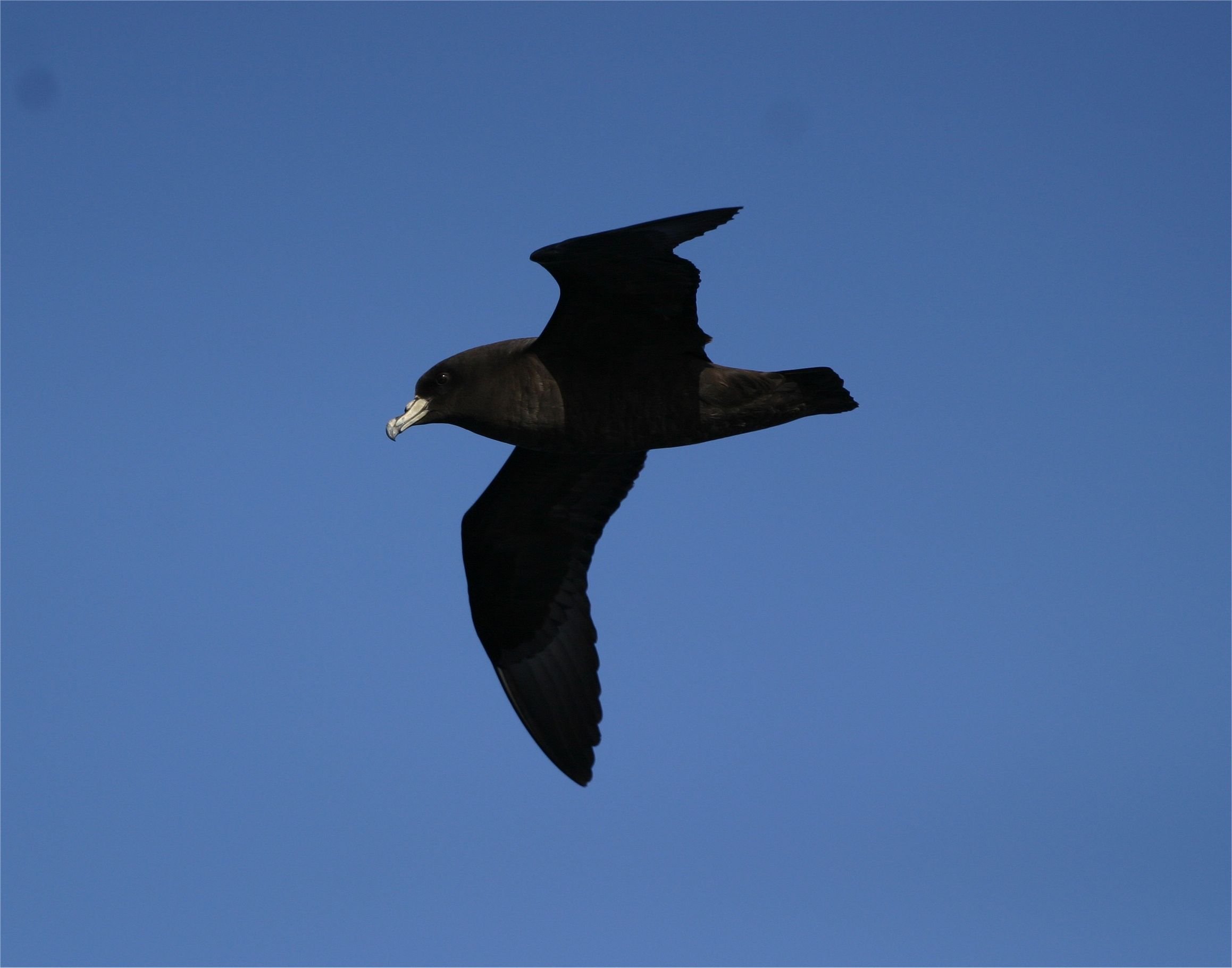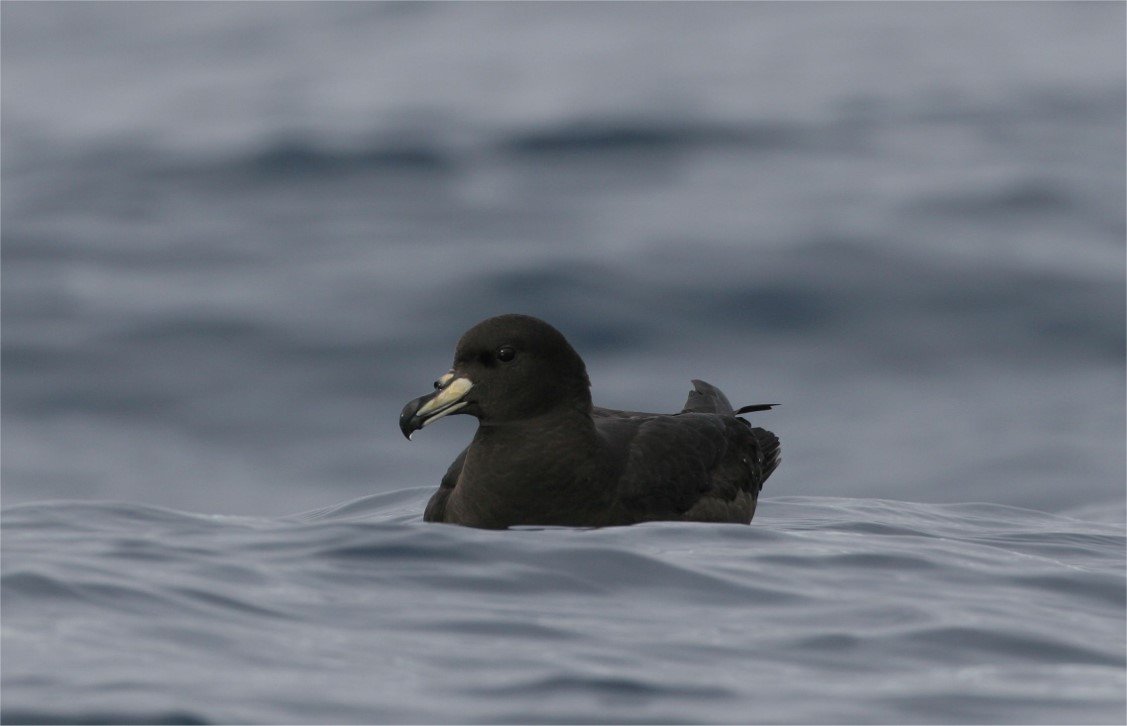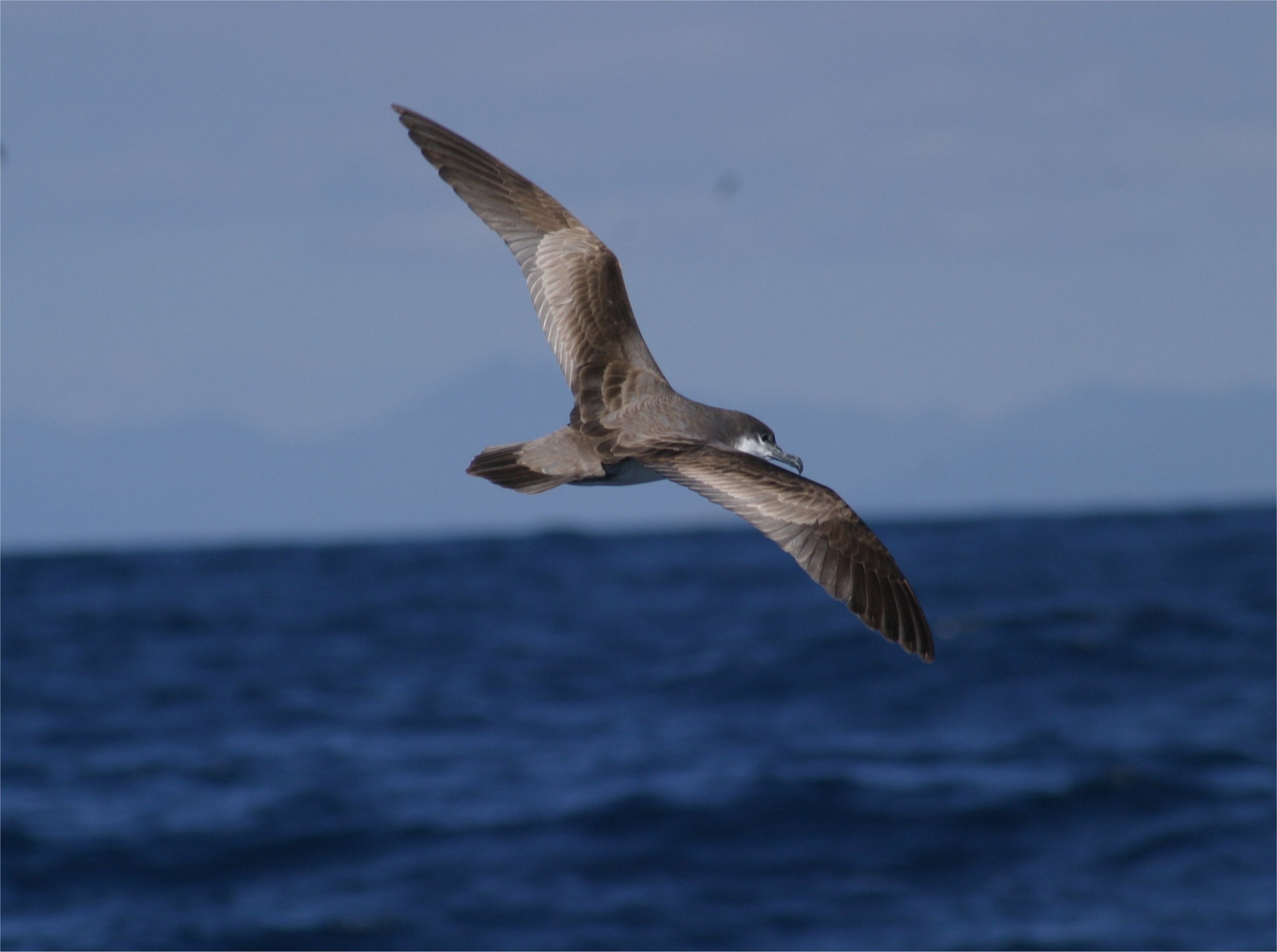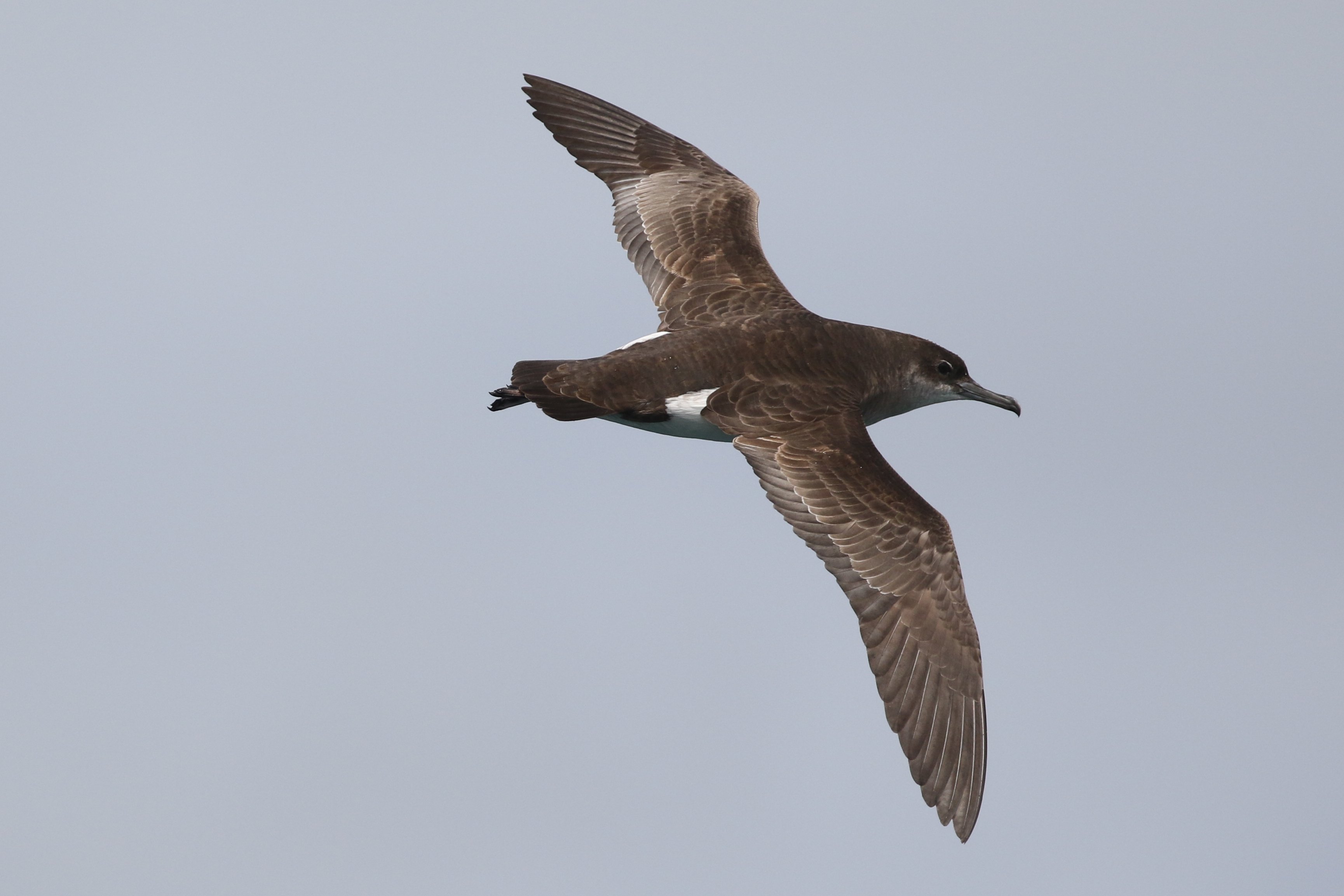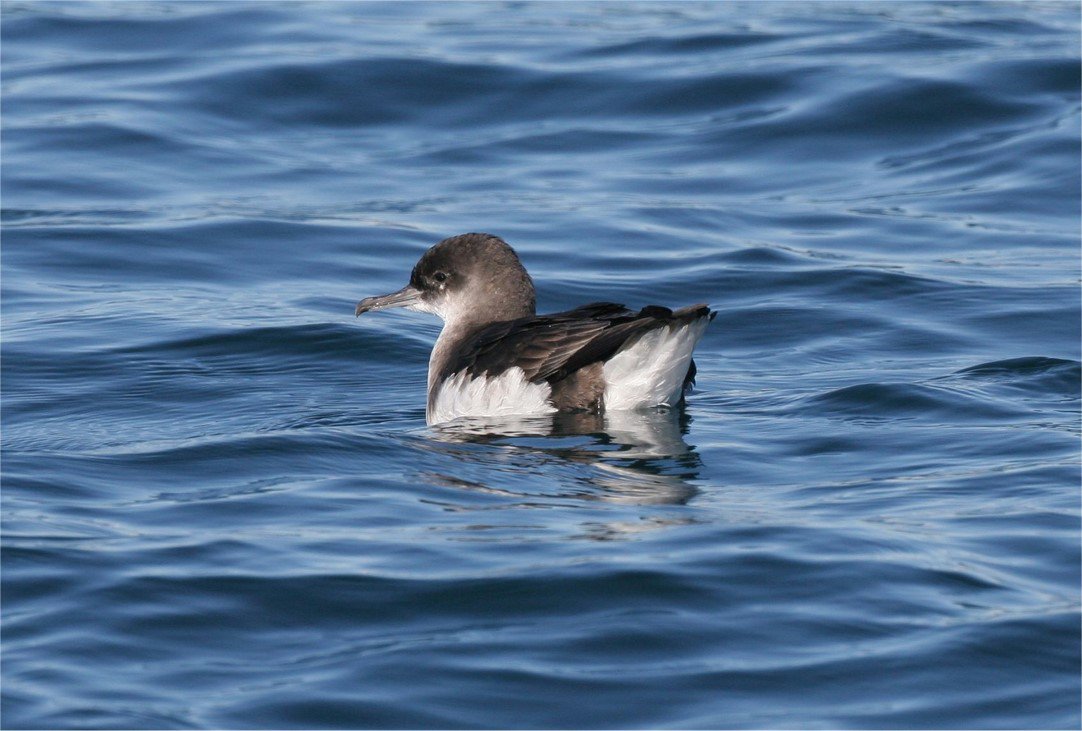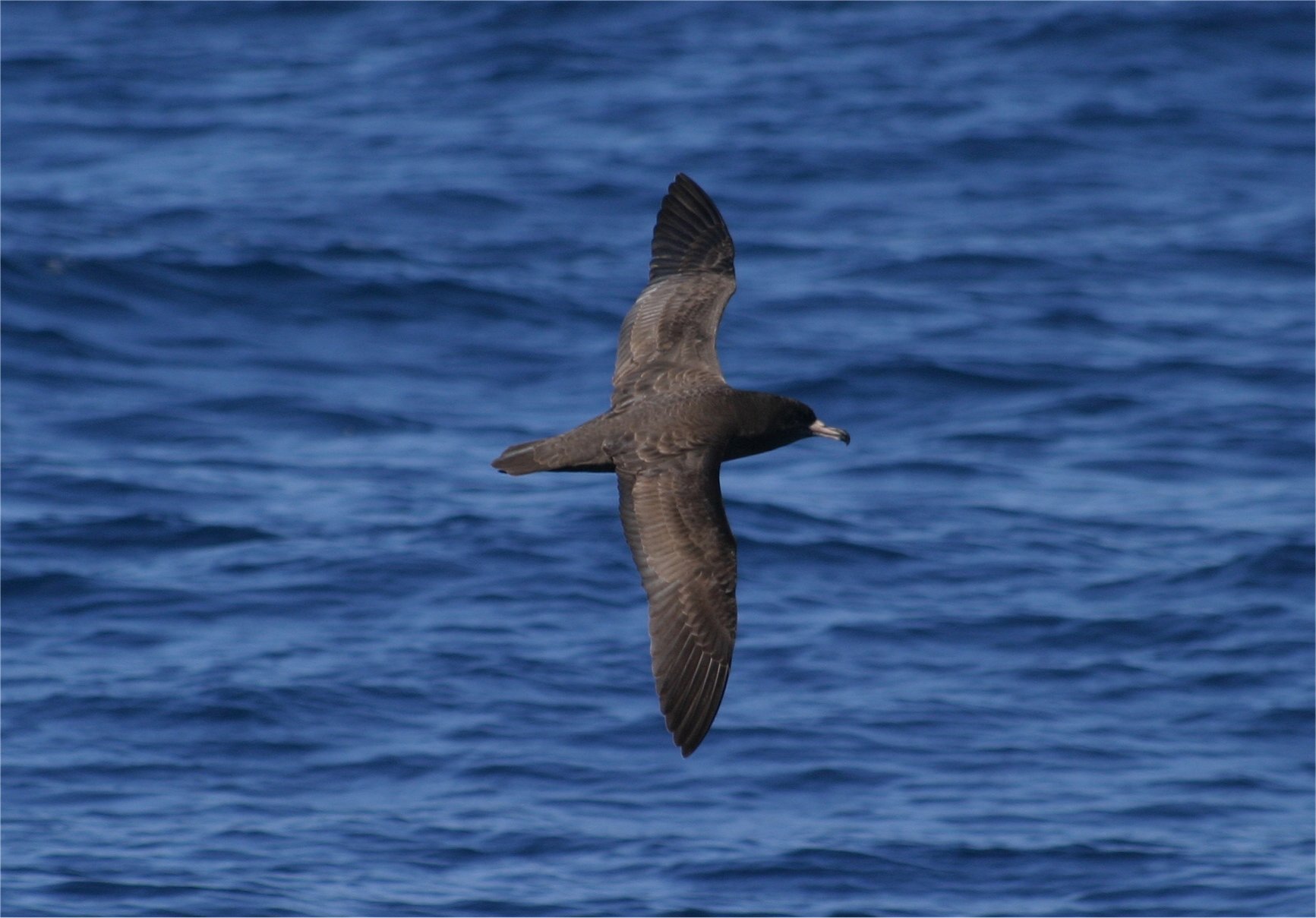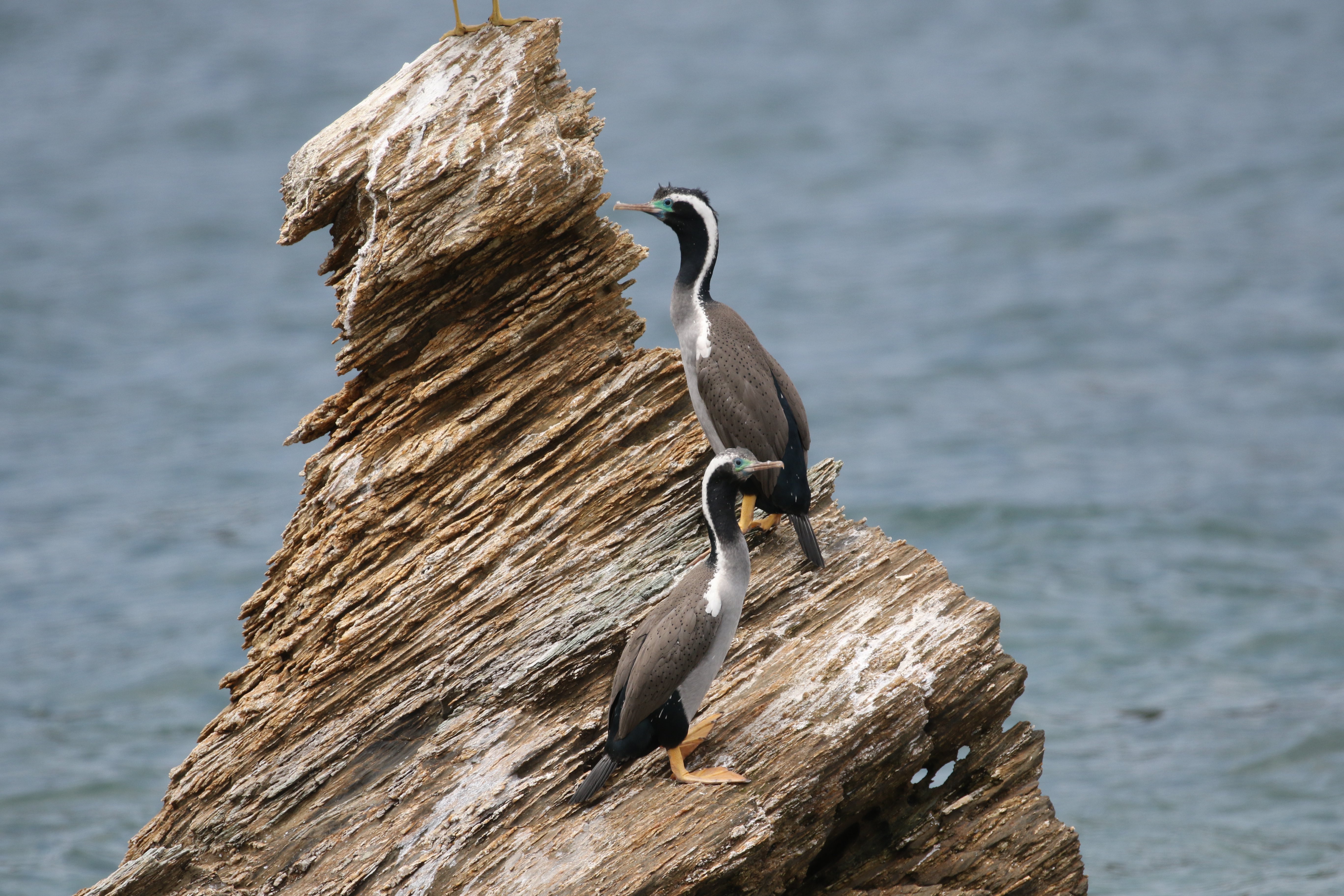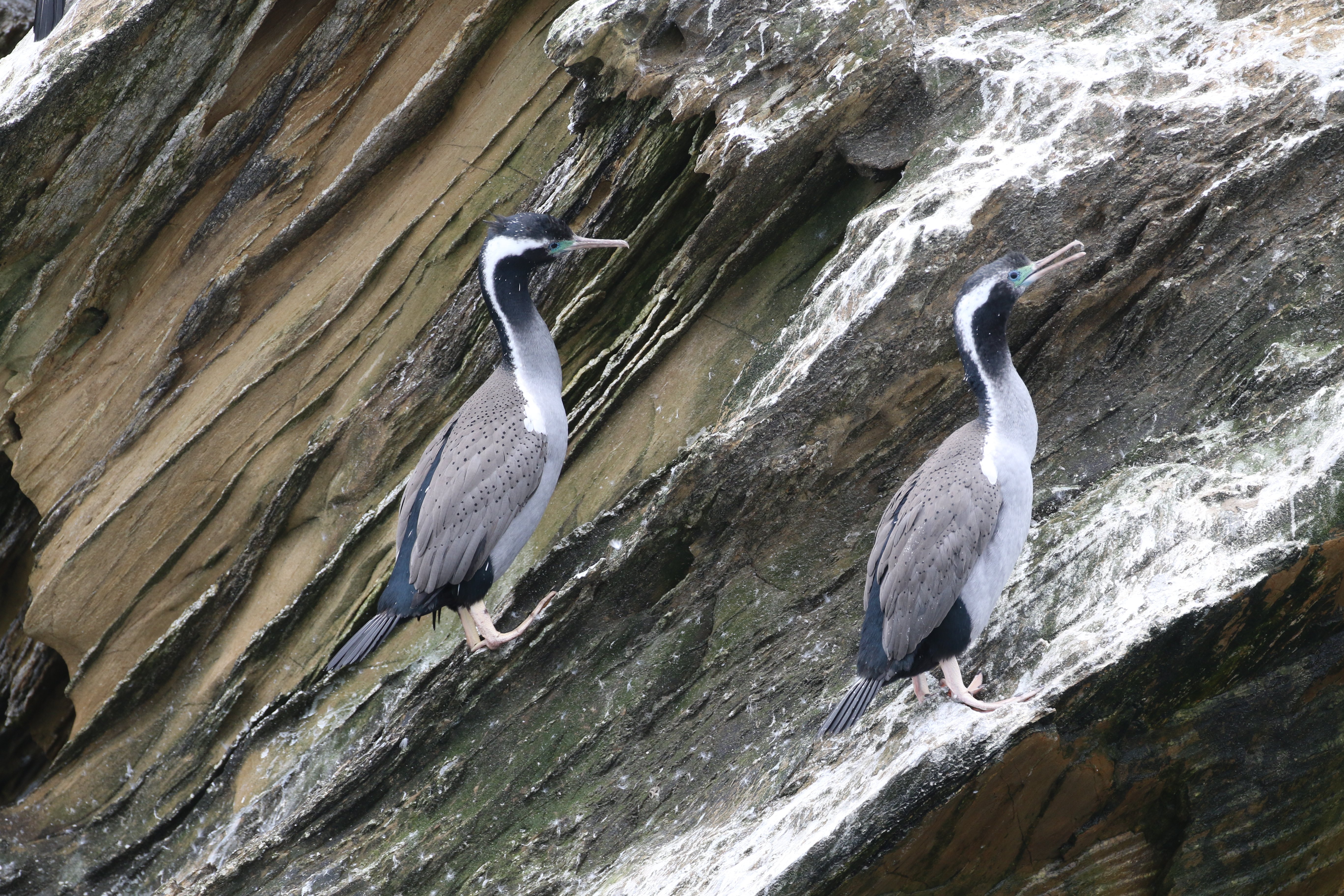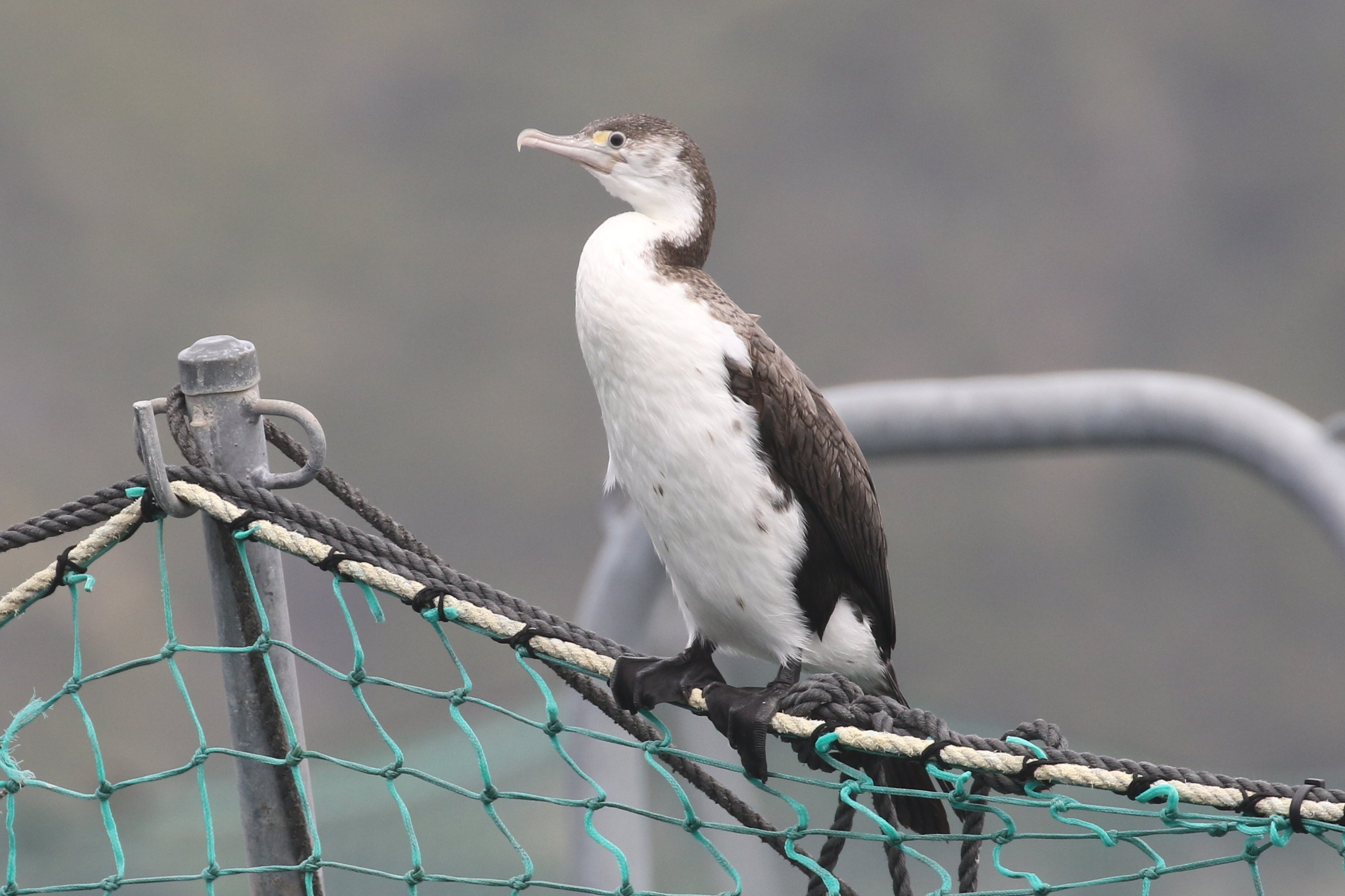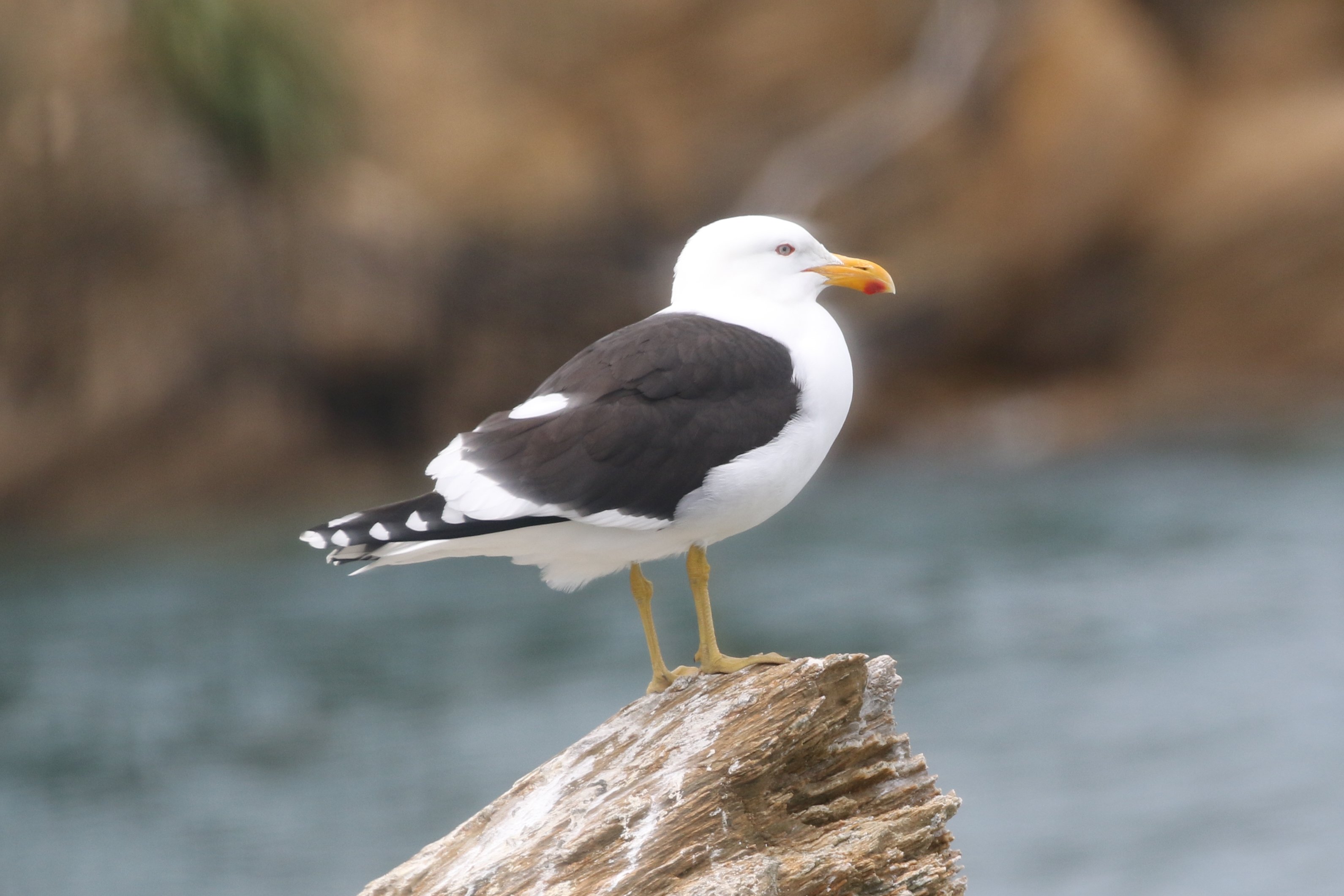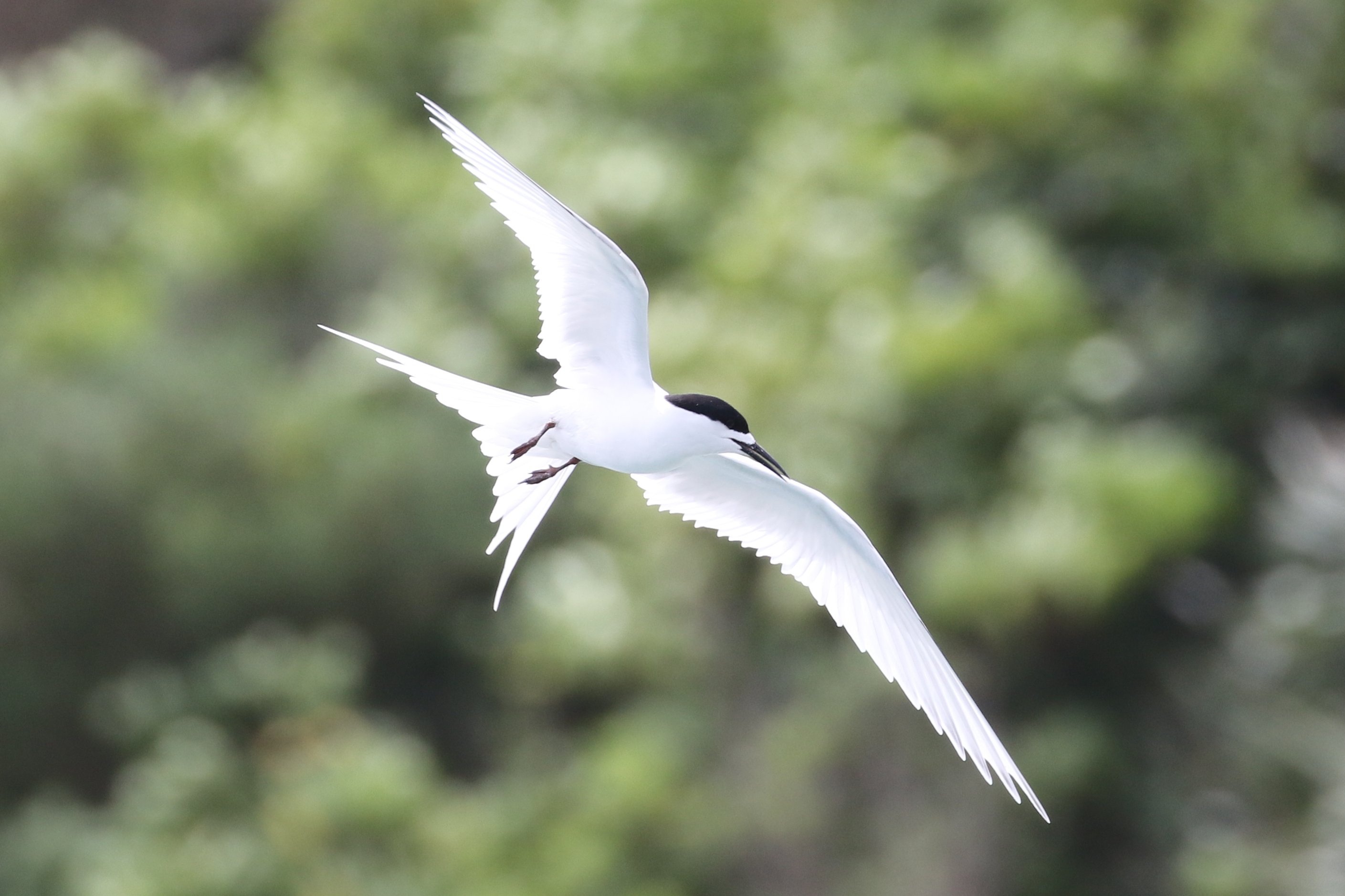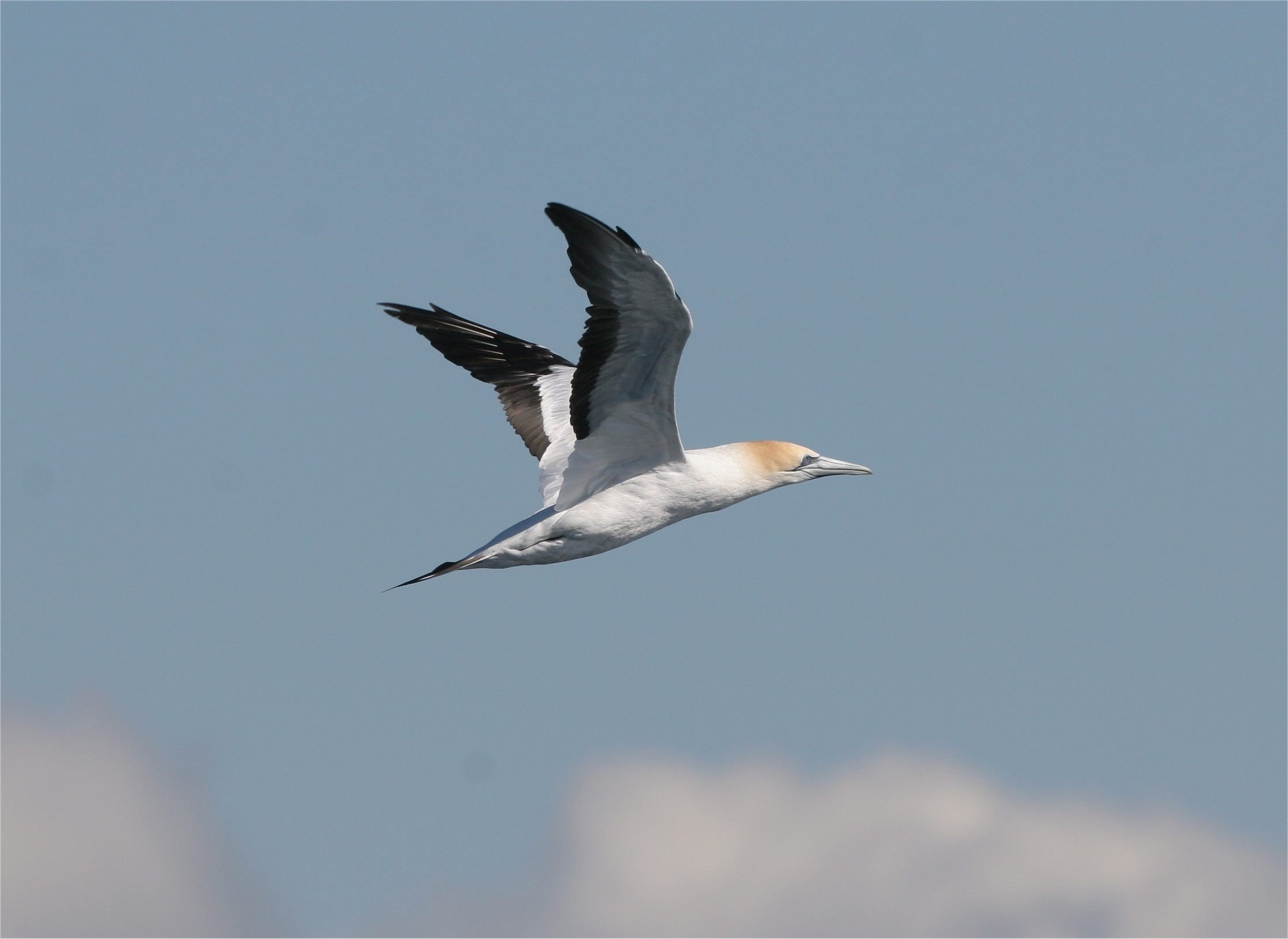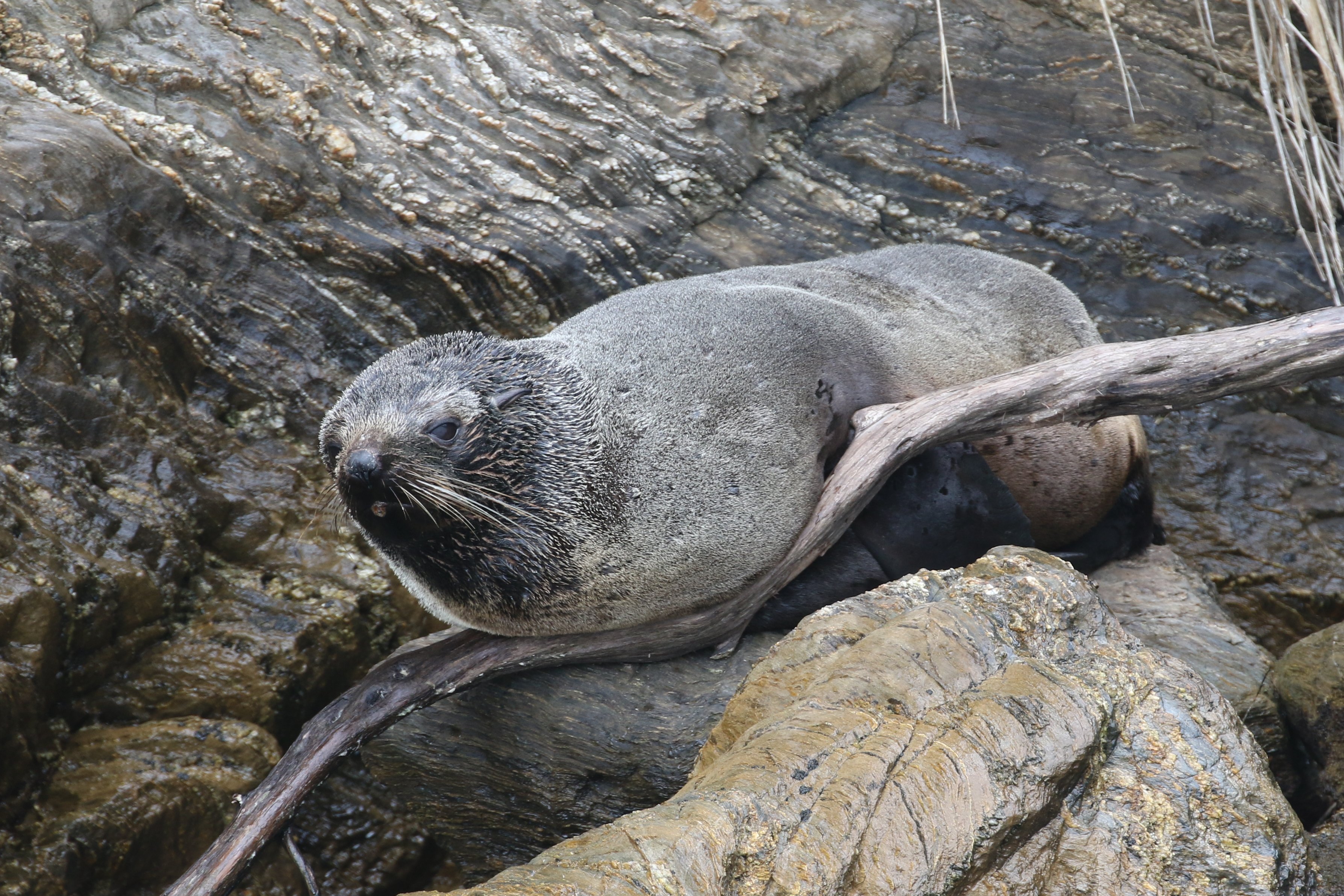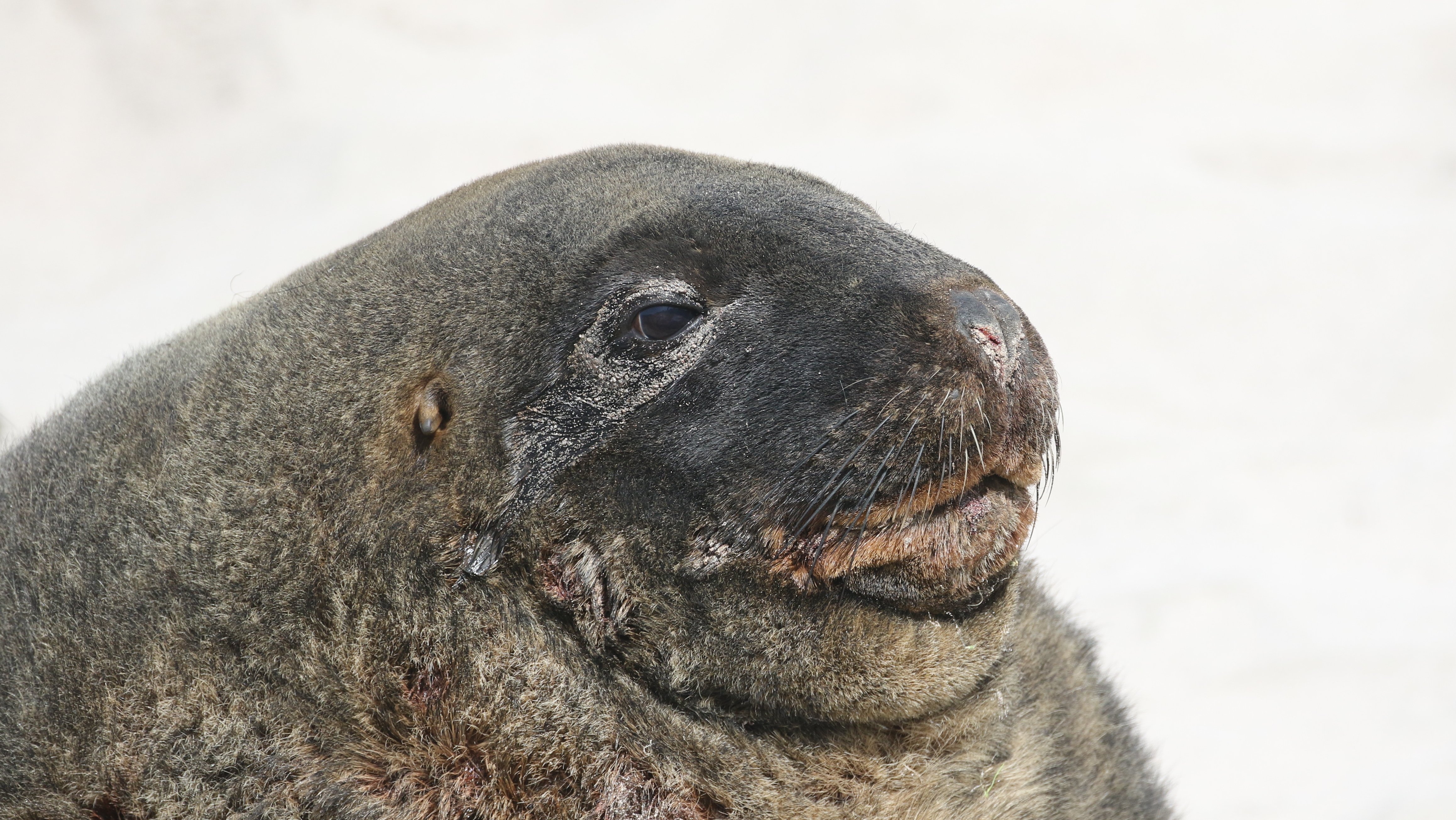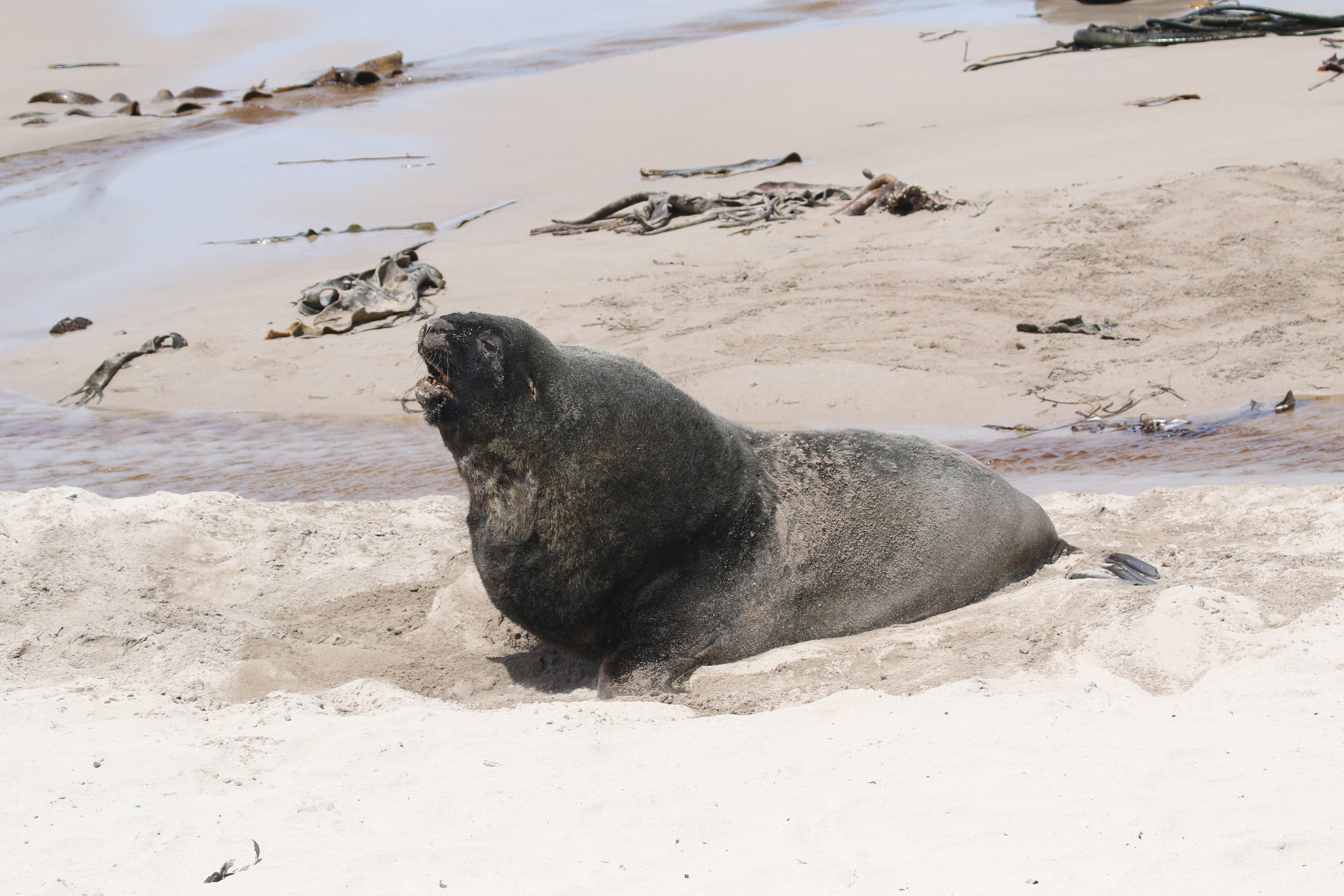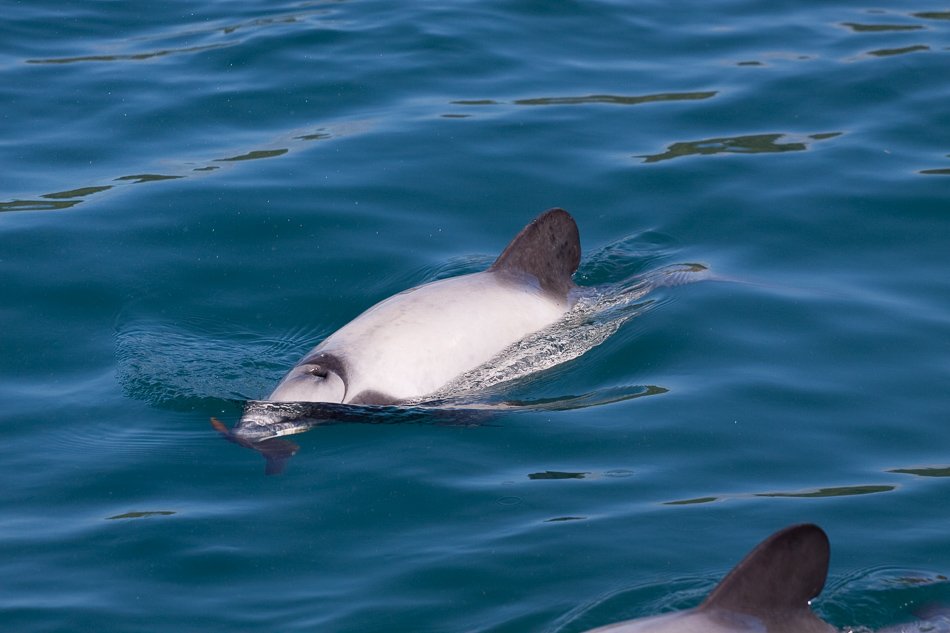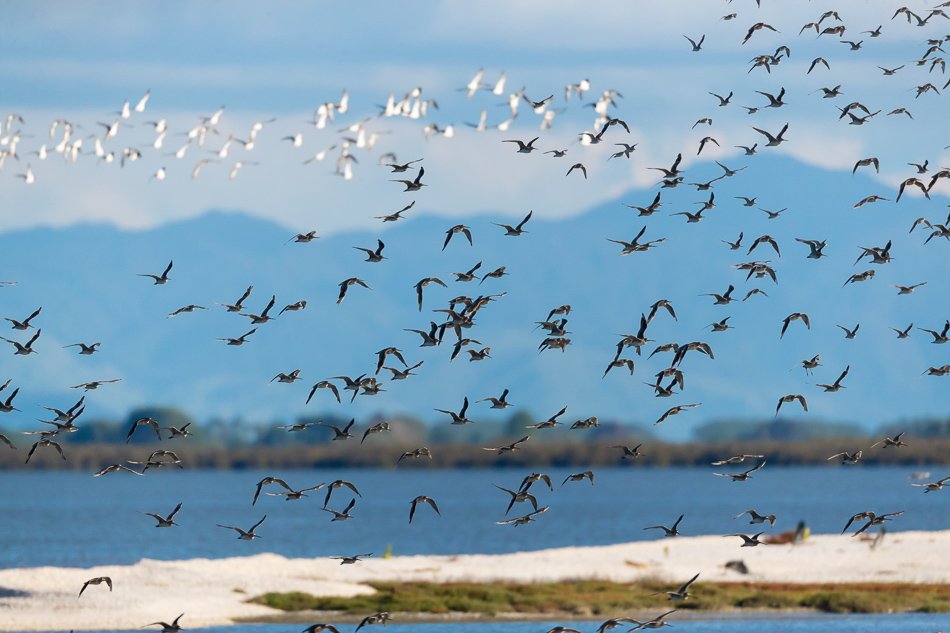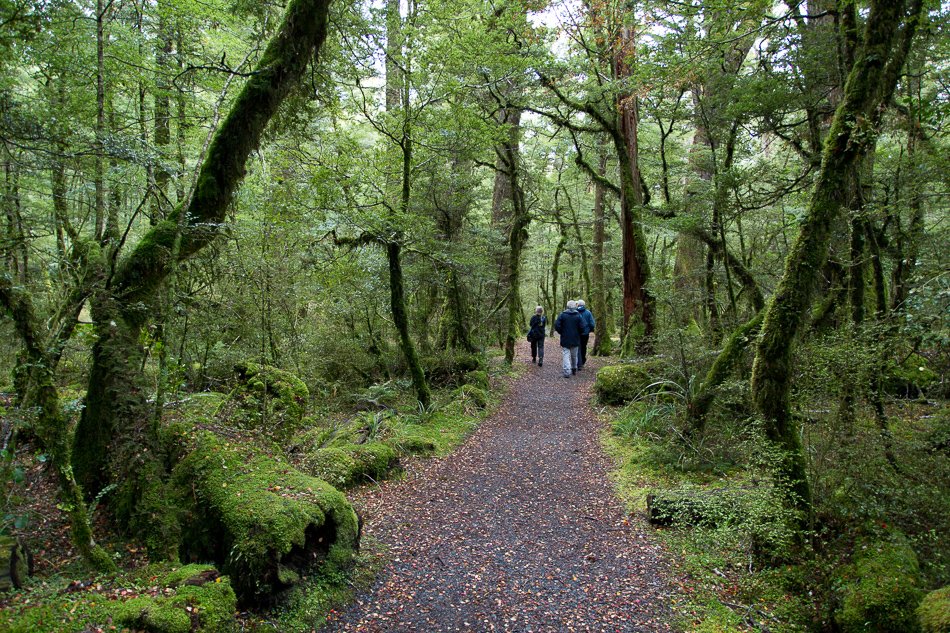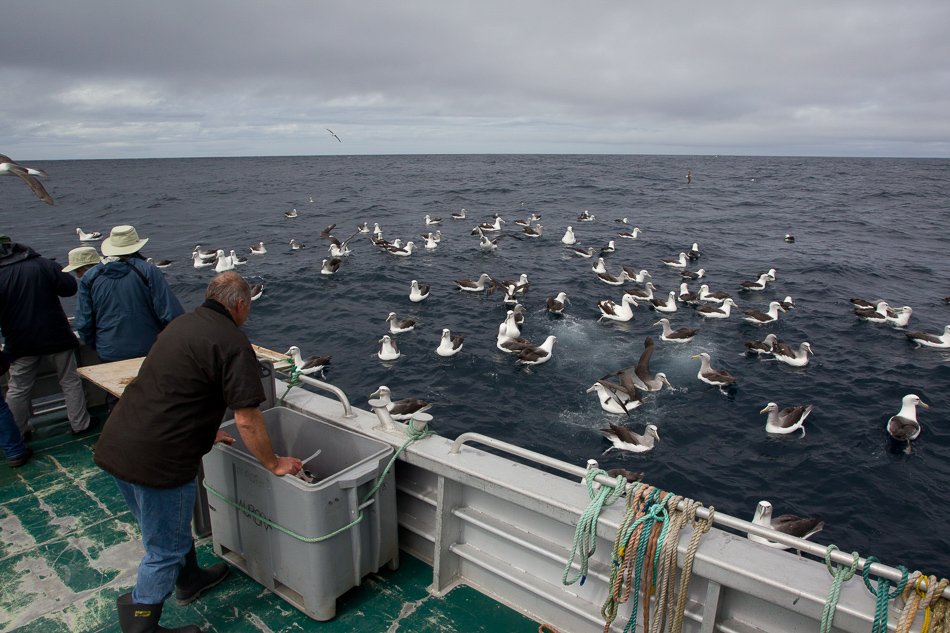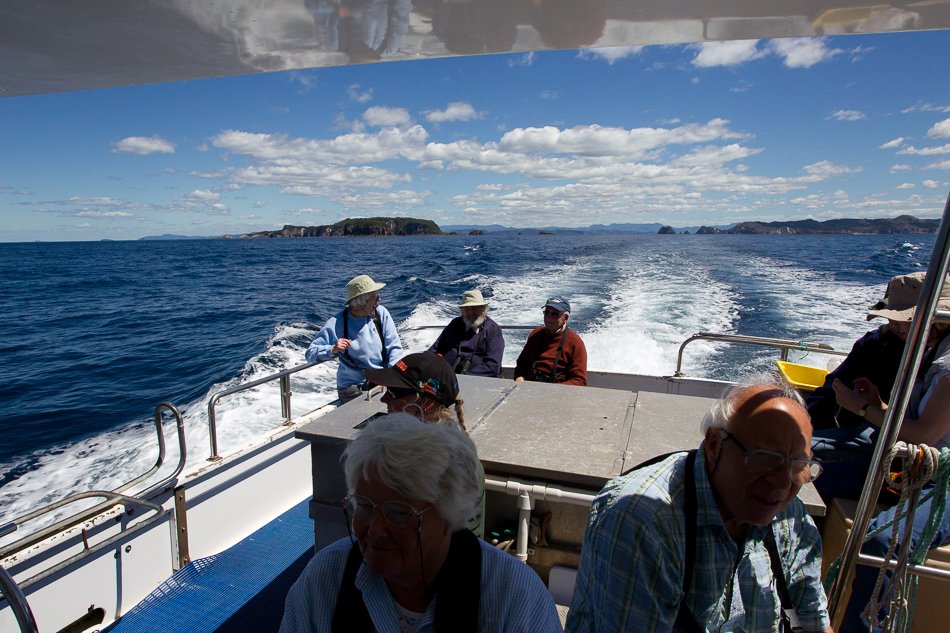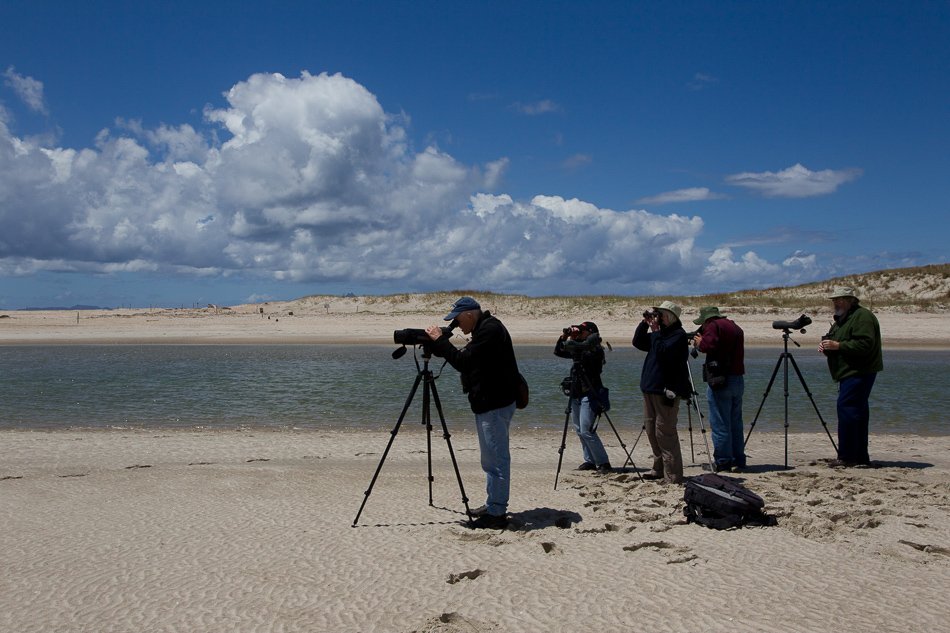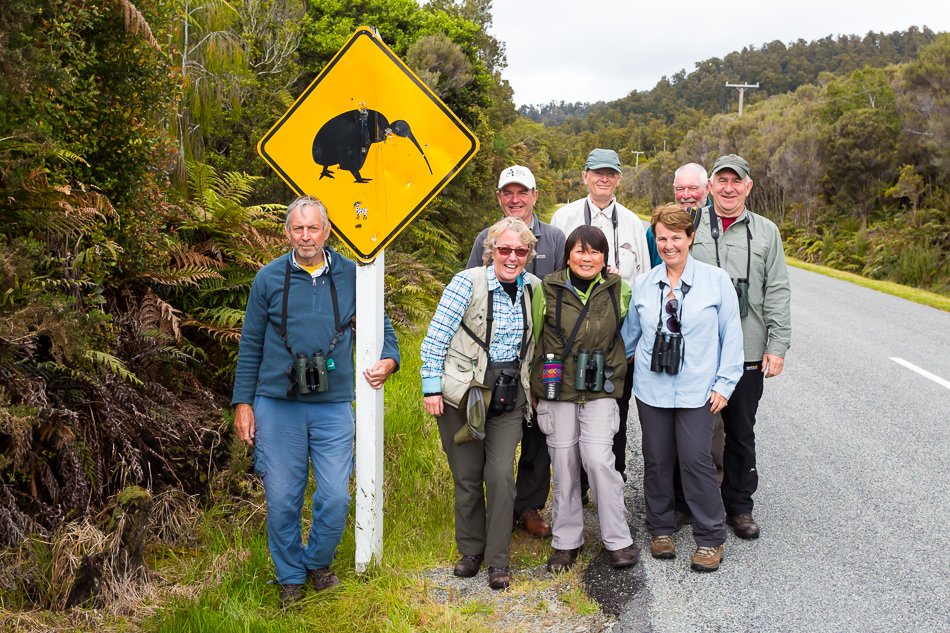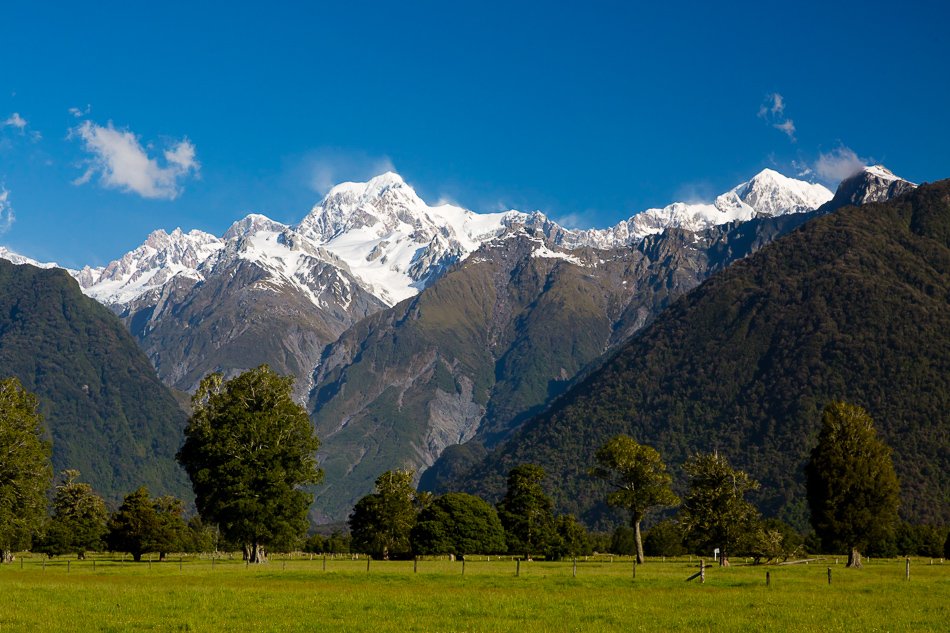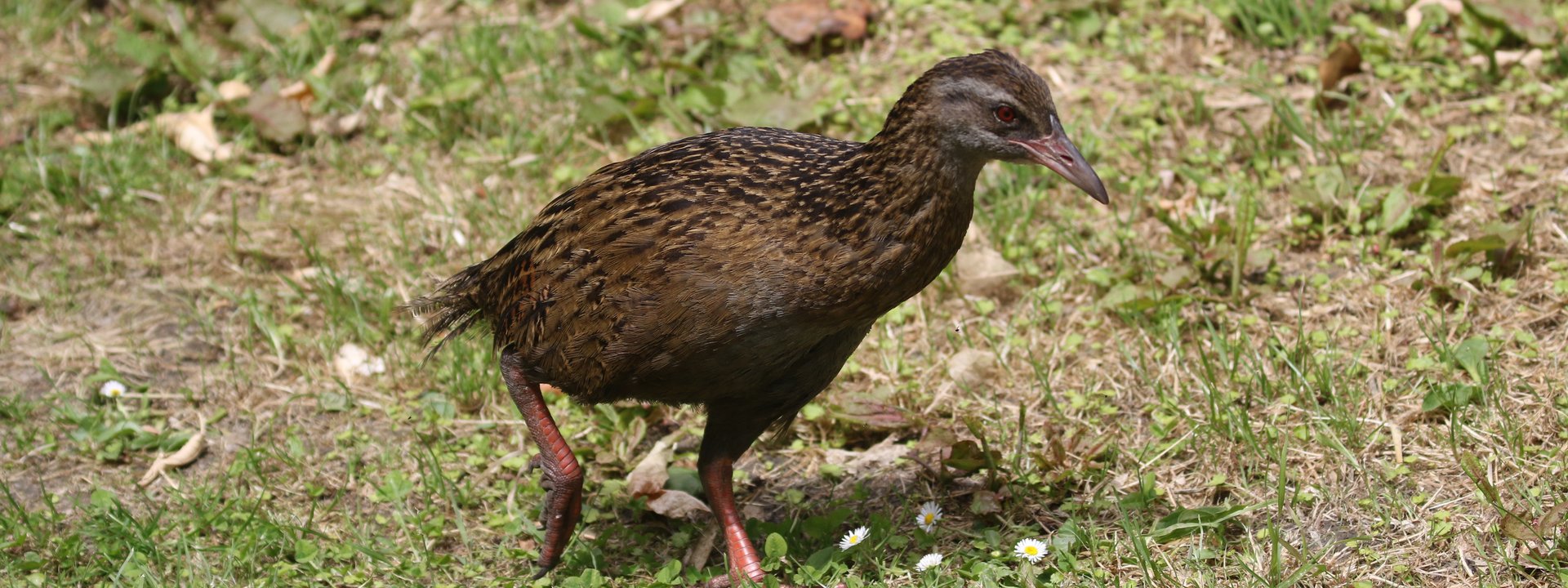New Zealand
Birding in the Antipodes
A comprehensive 23-day holiday looking for the endemics of New Zealand
Limosa's all new trip to New Zealand offers a comprehensive tour of this amazing country and during our 23 day holiday we can expect to see many of the incredible birds which makes a visit here so special including representative of all six endemic families.
Amongst the potential highlights, we hope to see four species of kiwis, the flightless Weka (a bizarre looking rail) and endemics with extraordinary names such as Kea, Kaka, Pipipi, Yellowhead, Whitehead and the unique Wrybill which is the only bird in the world which has a bill which is twisted to the right.
Our trip will also include three carefully selected pelagic seabird trips and this will allow us to look for a spectacular range of seabirds from the diminutive and recently rediscovered New Zealand Storm Petrel to the world's largest flying bird, the mighty Wandering Albatross.
This tour will visit all three of New Zealand's main islands, North Island, South Island and Stewart Island and will be led by one of New Zealand's top bird guides, Sav Saville.
Tour Dates & Prices
Fri 31st October 2025
Sat 22nd November 2025
- Available
Tour Cost: 23 Days from £7595
What's Included?
- Limosa Tour Leader
- 19 nights accommodation in comfortable hotels
- All main meals from lunch on day 3 until breakfast on day 22
- All surface transport including ferry from North Island to South Island and return ferry to Stewart Island
- All excursions, entry fees and permits
- All tour-based tips and taxes
- Limosa checklist of birds
Cost Excludes
International flights, hotel and meals on the night of day 2/breakfast day 3, insurance, drinks, airport meals/snacks and other items of a personal nature.
Notes
Please note the single supplement does not include a single room on Tiritiri Matangi.
The Land Only Tour Cost is the amount you will pay Limosa.
Despite the end of pandemic restrictions, we have taken the decision to continue to price our holidays as excluding international flights.
To keep the process as simple as possible, we work very closely with a dedicated agent at Travel Counsellors, Sacha Barbato, who is essentially now our “in house” flight consultant.
Sacha is a highly experienced independent ATOL bonded travel agent, and his contact details are as follows: sacha.barbato@travelcounsellors.com and 01603 360099
He will be able to advise you which flights we are recommending for each holiday and will be able to book these for you.
This will also sometimes give you the option to travel from a regional airport if you prefer.
Tour Highlights
- a comprehensive tour of New Zealand visiting North Island, South Island and Stewart Island looking for many of the endemic species in this highly scenic country
- search for all five species of kiwi - Northern Brown, Southern Brown, Okarito, Great Spotted and Little Spotted
- expect to see a high percentage of New Zealand's endemic birds including about 65 endemic breeders
- see endemics with extraordinary names such as Kea, Kaka, North Island Saddleback, Yellowhead and Pipipi
- look for a great range of waders including the unique and endemic Wrybill and the world's rarest shorebird, the endemic Black Stilt
- join three carefully selected pelagics to enjoy an extraordinary range of seabirds with the possibilities include endemic breeders such as New Zealand Storm Petrel, Pycroft's Petrel and Westland Petrel, as well as at least six species of albatrosses including the world's largest flying bird, the Wandering Albatross
- led by one of New Zealand's foremost bird guides, Sav Saville
Outline Itinerary
Depart UK for Auckland, New Zealand
Arrive Auckland and drive to Kerikeri
Kerikeri to Waipu with pelagic
Waipu to Warkworth
Warkworth to Tiritiri Matangi Island
Tiritiri Matangi Island to Miranda
Miranda to Turangi
Turangi to Napier
Napier to Foxton
Foxton to Picton
Picton to Kaikoura
Kaikoura including pelagic trip
Kaikoura to Arthur’s Pass
Arthur’s Pass to Franz Josef
Franz Josef to Wanaka
Wanaka to Te Anau
Te Anau to Stewart Island
Stewart Island including pelagic
Stewart Island to Oamaru
Oamaru to Twizel
Twizel to Christchurch. Depart for UK.
Arrive in UK
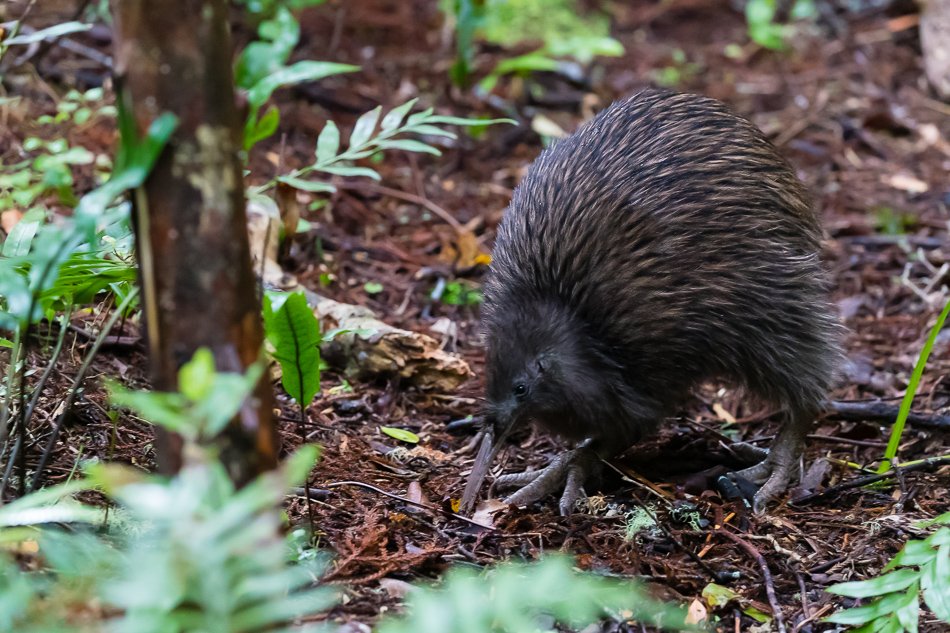
Limosa's all new birdwatching holiday to New Zealand offers a comprehensive tour of this amazing country and during our 23 day trip, we will explore North Island, South Island and Stewart Island and can expect to see many of the incredible birds which makes a visit here so special. We hope to find representative of all six endemic families including the kiwis, New Zealand parrots, New Zealand wrens and New Zealand wattlebirds.
Amongst the potential highlights, we hope to see four species of kiwis, the flightless Weka (a bizarre looking rail) and endemics with extraordinary names such as Kea, Kaka, Pipipi and Yellowhead. Indeed, we stand chances of finding about 65 endemic breeding species with one of the other possibilities being a unique endemic wader, the Wrybill, which is the only bird in the world which has a bill which is twisted to the right. There should be plenty of other special shorebirds with Black Stilt (the rarest shorebird in the world), New Zealand Plover and South Island Oystercatcher amongst the other possibilities.
We will also include a night on the magical island of Tiritiri Matangi where we hope to find the Little Spotted Kiwi along with other endemic specialities such as Stitchbird and both North Island Saddleback and Kokako. Indeed, our holiday will include chances to look for all five species of kiwis and whilst one of these, the Great Spotted, is very tough to see, we will hope to enjoy encounters with the other four species of this unique family.
Our tour will also include three carefully selected pelagic seabird trips (with one from each of North Island, South Island and Stewart Island) which will allow us to look for a spectacular range of seabirds. On our first pelagic, we stand a great chance of seeing New Zealand Storm Petrel which is critically endangered and only rediscovered in 2003, as well as Pycroft's Petrel which breeds on just a handful of islands off the coast of North Island.
Our second special pelagic will be at Kaikoura which is widely regarded as the best place in the world to look for seabirds and possibilities there include both Hutton's Shearwater and Westland Petrel, both of which are endemic breeders, as well as the mighty Wandering Albatross with its 12+ foot wingspan.
The final pelagic will be off Stewart Island where we will be on the edge of the Southern Ocean and we can expect to see a range of albatrosses including Campbell, White-capped and Salvin's.
With good roads, comfortable accommodation, great food and one of New Zealand's premier bird guides, this holiday is sure to be a fantastic experience with the backdrop of some truly amazing scenery.
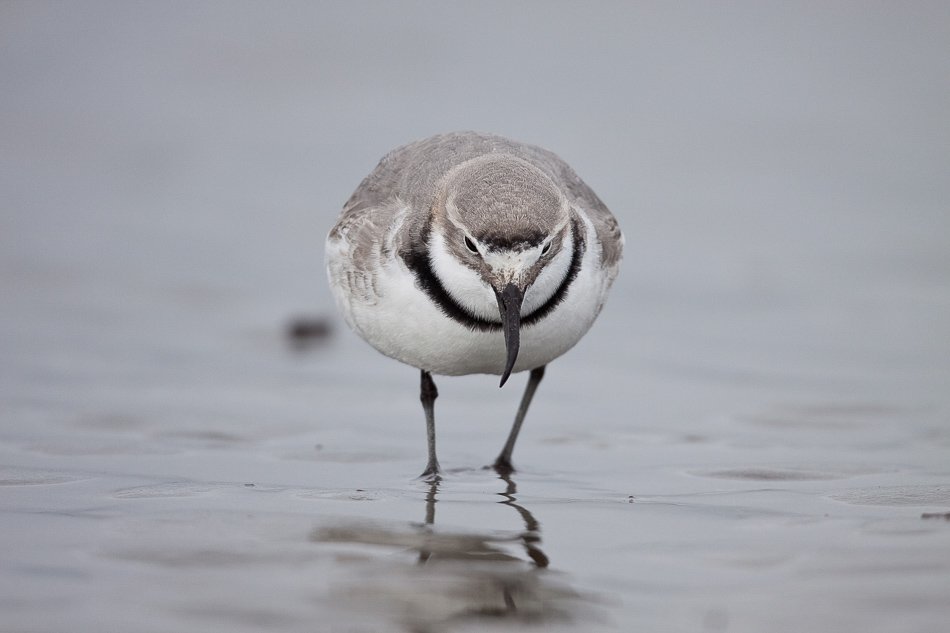
Days 1-2
Depart UK for New Zealand
It is a long journey from the UK and we recommend you select a route which arrives in Auckland on the afternoon/evening of Day 2 (ie Sunday 18 February 2024) to get a good rest after crossing eleven time zones and to avoid the risk of any flight delays etc.
(Please note that a hotel on the evening of Day 2 is not included in our tour price as we anticipate that most clients will choose to arrive a few days early. We can, however, advise on hotel options if you wish).
Day 3
Auckland to Kerikeri
We will meet up at Auckland Airport after breakfast for the drive north to the the small town of Kerikeri.
We have multiple options for stops along the way and one possibility is a forested area near central Auckland where we will get an introduction to some of New Zealand’s forest species, such as New Zealand Pigeon, New Zealand Fantail and Grey Gerygone.
Another possibility is to head to the rugged west coast and visit one of New Zealand’s three mainland Australasian Gannet colonies. We should get superb views (with great photographic opportunities) and will also look for other common coastal species such as Australian Pied Cormorant, Silver (Red-billed) Gull and the endemic White-fronted Tern.
Heading back across to the east coast, there are a number of wetland areas we have the opportunity to visit where species such as New Zealand Scaup, New Zealand Grebe, Grey Teal, Australasian Shoveler, Pacific Black Duck, Paradise Shelduck can be found as well as Buff-banded Rail.
Continuing northwards, we will reach Kerikeri where we will check into our accommodation and rest up for our post-dinner trip to look for Northern Brown Kiwi. As well as having great chances of this special endemic, we will also have a good opportunity to hear, and hopefully see, the only species of extant endemic owl in New Zealand, the Morepork. Night Kerikeri
DAY 4
Kerikeri to Waipu and Marsden Cove pelagic
This morning we will head south to a small harbour on the East Coast of North Island, called Marsden Cove where we will aim to begin our first pelagic at around 10:00am.
This trip is designed to look for Pycroft's Petrel which is a very localised endemic breeder and is only known to breed on a handful of islands off the eastern side of North Island. We will, however, also hope to see the critically endangered New Zealand Storm Petrel which was only rediscovered in 2003.
Other possibilities include Buller’s, Flesh-footed, Fluttering and Little Shearwaters, Cook's Petrel, Black Petrel and White-faced Storm Petrel. Night Waipu
DAY 5
Waipu to Warkworth
We will start the day by visiting the estuary at Waipu where we hope to find a number of new coastal species including the New Zealand Plover. This large plover, which is often referred to as the New Zealand Dotterel, has declined markedly in recent years but this is the first of a couple of places where we will hope to find it.
Other waders we could find here include Variable Oystercatcher, Pied Stilt (now split from the birds in Europe) and Arctic migrants such as Bar-tailed Godwit and Red Knot.
We will also look for Fairy Tern which is extremely rare in New Zealand with a population believed to number only 30-40 individuals. These birds are an endemic subspecies and some experts have suggested it should be regarded as a full species, which would make it one of the rarest birds in the world.
We will then continue southwards, with a variety of options which could include other estuaries, forests or more open habitats with Tomtit, New Zealand Pipit and Australasian Little Grebe amongst the possible new species. Night Warkworth
Day 6
Tiritiri Matangi
We will take a short boat ride to the island reserve of Tiritiri Matangi which is truly a gem in New Zealand’s conservation crown as many species which are nigh on impossible to see elsewhere can be found here.
Previously run as a farm, the island is now a wildlife sanctuary that has been extensively replanted with native trees, with some areas of original forest remaining. Our main objective will be to see some of the trickier endemics with our focus being on locating Takahe, Brown Teal, Red-crowned Parakeet, North Island Saddleback, Kokako and Stitchbird.
A number of more widespread but, nevertheless, endemic birds are also likely including Whitehead, Tui, New Zealand Bellbird, New Zealand Fantail, Grey Gerygone and North Island Robin.
After dinner, we will head out to look for Morepork (New Zealand only extant endemic owl) and hopefully Little Spotted Kiwi. None of the species of kiwi are easy to find but there is a good population of 'Little Spots' on Tiritiri Matangi and if conditions are suitable, we stand a decent chance of seeing this special bird.
The night will be spent in the only accommodation on the island, which is a communal bunkhouse. Although rustic, the experience of spending a night on this unique island means this is an opportunity which should not to be missed. Night on Tiritiri Matangi
Day 7
Tiritiri Matangi to Miranda
For those who wish, there will be the opportunity to get up to enjoy the unique dawn chorus of this special place as there are few other locations in New Zealand where so many of the rarer native species can be found.
We plan to leave Tiritiri Matangi by mid-morning, heading south for a couple of hours to one of New Zealand’s premier shorebird sites, Miranda, in the Firth of Thames.
After checking in at our accommodation, we intend to head to the nearby Miranda Shorebird Centre to get an update on the most recent sightings and then explore the area. There are extensive mudflats here and the birds are concentrated at high tide on a series of shell banks and pools which are overlooked by a number of hides.
We will need to synchronise our activities to make the best of the tide but there will be plenty to look for with the possibilities including the extraordinary Wrybill, the endemic wader which has the unique feature of a bill which is twisted to the right.
Other possibilities include New Zealand Plover, Double-banded Plover, South Island Oystercatcher, Variable Oystercatcher, Pied Stilt and Red-necked Stint. Other waders that can sometimes be found include Sharp-tailed, Pectoral, Marsh and Terek Sandpipers, although all of these only occur in small numbers.
The Miranda Shorebird Centre is world famous for their scientific work on Bar-tailed Godwits and it is quite incredible to think that these birds are capable of flying 12,000 kms non-stop for at least eight days on their southbound migration from Alaska.
Other species we could see here include Silver and Black-billed Gulls, Caspian Tern, Royal Spoonbill and Buff-banded Rail. Night near Miranda
Day 8
Miranda to Lake Taupo and Taurangi
There may be time for some final wader watching before we begin our journey south heading for the Pureora Forest Park to the west of Lake Taupo. There are various options for birding stops along the way (as the journey is likely to take about four hours) with one of these being a swamp where we have a chance of finding Australasian Bittern.
The extensive woodlands at Pureora are one of the best places on the North Island to see New Zealand Kaka, Yellow-crowned Parakeet, Long-tailed Koel, Shining Bronze-Cuckoo and the diminutive Rifleman.
We will also need to keep an eye out for New Zealand Falcon as there is a population of this somewhat localised falcon in the area and we may well find one of its favourite prey items, the New Zealand Pipit here too. Night Turangi
Day 9
Turangi to Napier
We plan to spend the morning looking for another special endemic, the extraordinary Blue Duck which inhabits swift-flowing mountain streams. Sadly, this species has declined markedly in recent years, even at sites where it was reliable only a few years ago; indeed, there are now only a handful of locations where it can be found without a major hike.
We will stop at a number of good spots for this odd looking duck which is now classified as endangered and if the weather is kind, we should have the three central North Island volcanoes, Mt Ruapehu, Ngaruhoe and Tongariro, as an impressive backdrop.
We will then head east to a forested area between Taupo and Napier. This reserve is intensively managed (to minimise the number of possums and other introduced mammals) and, as a result, the native fauna and flora has been able to flourish and we are likely to see more forest birds here than at other mainland location on the North Island. North Island Robin, Kokako and North Island Kaka have been reintroduced and we should at least have a chance of seeing these, as well as New Zealand Pigeon, Long-tailed Koel, Shining Bronze-Cuckoo, Whitehead, Tomtit, Tui, New Zealand Bellbird and Rifleman. New Zealand Falcon and New Zealand Fernbird are also in the area and we plan to also spend some time trying to locate both of these species.
We will then head down to Napier, where if time allows, we will either check out an estuary for shorebirds, or several wetland areas for waterfowl and other species. Night Napier
Day 10
Napier to Foxton
The focus for the morning will depend a little on what we have or haven’t seen to date and there are locations for shorebirds, waterfowl and Australasian Bittern. We may also make a second visit to the forest we visited the day before if we failed to find any of the specialities which occur there.
We will then continue onwards to Foxton, which is very close to the Manawatu Estuary and another fantastic place for waders. Shorebirds at this location are often extremely confiding and this will give us another opportunity to see species such as Wrybill, Variable Oystercatcher, Red Knot and Bar-tailed Godwit. Other possibilities include Pacific Golden Plover, Sharp-tailed and Curlew Sandpipers, Ruddy Turnstone and Red-necked Stint. Night Foxton
Day 11
Foxton to Picton via the inter-island ferry
Depending on the state of the tide, we may make a second visit to the Manawatu Estuary before heading south along the scenic Kapiti Coast towards Wellington, making several stops on the way to look for birds such as Black-fronted Dotterel and any waterfowl we may have missed.
The inter-island ferry makes a perfect platform for looking for seabirds and this leaves from Wellington for South Island crossing what is known as the 'Cook Strait'. Approximately half of the three hour trip is spent in open water and the possibilities include Wandering, White-capped, and Salvin’s Albatrosses, Northern Giant Petrel, Fairy Prion, Fluttering Shearwater and White-fronted Tern. Another speciality is the Westland Petrel which only breeds in the mountains of a small part of South Island.
We will then enter the protected waters of the Marlborough Sounds where new species could include Common Diving Petrel and Little Penguin.
The ferry docks in Picton, and we have a 5-minute drive to our accommodation. Night Picton
DAY 12
Picton to Kaikoura
We will start the day with a boat trip out into the Marlborough Sounds where our main target is the New Zealand King Shag, an extremely rare and localised endemic, which has a population of only about 500-600 birds. We will also hope to find two species of dolphins, the endangered and endemic Hector’s Dolphin and the more widespread Dusky Dolphin, as well as Little Penguin, Fluttering Shearwater, Spotted Shag and Australasian Gannet. New Zealand Fur Seals are also likely to be present.
We should have the opportunity to make stops at two small island sanctuaries, where we will try for the critically endangered Malherbe's Parakeet, as well as South Island Saddleback, South Island Robin and other commoner forest species such as New Zealand Pigeon and New Zealand Bellbird.
We will then head south towards Kaikoura, a drive which should take a couple of hours. A brief stop on the scenic coast just before Kaikoura should allow us some excellent views of New Zealand Fur Seals and Spotted Shags, and enable us to ‘forecast’ sea conditions for the following days’ pelagic trip.
We will then continue to the bustling town of Kaikoura. Two nights Kaikoura
Day 13
Kaikoura
Kaikoura is world famous for the Sperm Whales which are resident off the coast and the reason this deep water specialist can be found so close to shore is due to the Kaikoura Trench which drops to 4,000 metres a matter of miles offshore.
This geological feature means the area is also fantastic for pelagic (ie deep water) seabirds and in the morning we will head out on the second pelagic trip of our holiday.
We should see several species of albatross which sometimes come within a few feet of our boat and both Northern and Southern Royal Albatrosses are possible, as well as Wandering, Black-browed, Campbell, White-capped and Salvin’s.
Cape Petrel is highly likely and other possibilities could include Westland and White-chinned Petrels, Northern Giant Petrel and the endemic Hutton’s Shearwater, which breeds in the spectacular mountains just behind Kaikoura.
It is likely to be an extremely memorable morning and it will be with genuine reluctance that we will head back to the shore.
After almost two weeks 'on the road', the afternoon is deliberately at leisure and whilst you have the opportunity to relax and enjoy the scenery, there are a wide range of wildlife options available (at your own expense) such as joining another pelagic, whale watching (as the Sperm Whales are present year round) or a trip to swim with the dolphins. A second night at the same accommodation in Kaikoura
Day 14
Kaikoura to Arthur’s Pass
We will leave Kaikoura in the morning, heading south and inland deep into the Southern Alps. Our intended destination is Arthur’s Pass, however, we will make several stops along the way, not only to look for birds but also to enjoy the exceptionally scenic alpine vistas.
One of the birds we will hope to find along the way is the endemic Black-fronted Tern, however, our main target bird for the day is the Kea, a somewhat notorious endemic Alpine parrot which has the habitat of stealing possessions from inattentive visitors and damaging vehicles by ripping the rubber off from around the windows.
There should also be an opportunity to look for some of the South Island’s forest birds, such as the Pipipi (also known as the New Zealand Brown Creeper), Yellow-fronted Parakeet and South Island Robin, before checking in to our accommodation near Arthur’s Pass.
After dinner, we will venture out to listen for Great Spotted Kiwi. Whilst this species is occasionally heard, it is notoriously difficult to actually see but if a close bird is heard, we will certainly do our best to locate it. Night Arthur's Pass
DAY 15
Arthur’s Pass to Franz Josef
After breakfast, we leave Arthur's Pass heading westward for the stunning West Coast of the South Island. Our birding activities will be largely dictated by what we have seen so far but our stops are likely to include looking for Pipipi, New Zealand Fernbird, further opportunities to see Kea, plus the flightless endemic rail, the Weka.
Nearing the town of Franz Josef, we may head into the glacial valley to admire the Franz Josef glacier or possibly head to the coast to look for Great Egret and Royal Spoonbill in coastal lagoons.
Our accommodation is on the outskirts of the Franz Josef township and after dinner we will head out to look for Okarito Brown Kiwi, which is the rarest and most localised of the three brown kiwi species with an estimated population of just 400 birds. Despite its rarity, we hope to find this recently described species. Night Franz Josef
DAY 16
Franz Josef to Wanaka
Depending on how late we were out the previous night, we may start somewhat later than normal and head south towards the township of Haast, stopping occasionally along the way.
We may find a late Fiordland Penguin as this localised species breeds at various sites along this coast, although these are likely to have finished breeding by the time of our visit, so we stand a better chance of seeing this near threatened species further south.
From Haast, we head inland through some spectacular mountain scenery, with our focus being a visit to Haast Pass. The forests here are home to a number of species and this used to be a reliable site for the endangered Yellowhead, however, the species has declined markedly in this area and we now stand a much better chance of seeing it during our time on Stewart Island.
Despite this, Haast is excellent for a number of other birds and we will hope to find New Zealand Kaka (the South Island subspecies), Yellow-crowned Parakeet, Rifleman, South Island Tomtit, Pipipi and Long-tailed Koel. We will stay as long as we can in this area, making the most of our time in this amazing forest.
We will then drive through to the beautiful lakeside town of Wanaka, just over an hour away, to our accommodation. Night Wanaka
DAY 17
Wanaka to Te Anau
Today will involve quite a bit of driving, but we will be travelling through some of New Zealand’s most spectacular scenery and will make regular stops to enjoy this and look for birds. We will pass through areas where we could find Kea, Yellow-crowned Parakeet, Rifleman, New Zealand Robin, Tomtit and Long-tailed Koel, however, our main objective will be the tricky Rock Wren. This is considered to be one of the World’s most primitive passerines and locating this localised species in the high alpine habitats will be our priority.
The day’s stops will largely be dictated by weather and our success with Rock Wren, which is not really possible anywhere else along our route. If time allows, we may head through to Milford Sound to view this impressive fjord (from the shore). Night Te Anau
Day 18
Te Anau to Stewart Island
Today we head for the third main island of New Zealand, Stewart Island. There are various options for stopping along the way, but it is likely we will head straight for Bluff to meet the ferry and depending on the sea and weather conditions, the one-hour crossing can be excellent for seabirds, with various albatrosses (eg Southern Royal, Buller’s, White-capped and Salvin’s), Northern and Southern Giant Petrels, Mottled Petrel, Cape Petrel, Common Diving Petrel, Fairy Prion, Sooty Shearwater and Brown Skua all possible.
We can also expect to find the very localised Foveaux Shag (which is the new name when Stewart Island Shag was recently split into two species) either as we leave Bluff or on arriving at Stewart Island.
Upon arriving we will check into our accommodation, and should be able to find New Zealand Kaka (South Island subspecies), New Zealand Pigeon and Tui around the township of Oban.
After dinner, we will be met by a local operator who will take us out in search of Southern Brown Kiwi. This is an unforgettable experience and we stand a great chance of seeing these unique birds. Night Oban
Day 19
Stewart Island
We will begin the day by taking a water taxi to nearby Ulva Island. This is another predator free sanctuary and home to some of the South Island specialities we may still need including Yellowhead and South Island Saddleback, as well as some of the more widespread forest species such as Pipipi, Red- and Yellow-crowned Parakeets, Kaka and Rifleman.
We then plan to go out on our final pelagic, although the distance and direction of travel will be entirely dependent on the weather but if the conditions are kind, the results can be stunning as we on the edge of the Southern Ocean.
With large seabird colonies on many of the surrounding islands, an excellent array of seabirds are possible and our target birds include two species of endemic penguins, namely Fiordland and Yellow-eyed. There should be plenty of other birds to enjoy such as Southern Royal, White-capped, Buller’s and Salvin’s Albatrosses, both Northern and Southern Giant Petrels, Mottled and Cook’s Petrels, Broad-billed and Fairy Prions and Common Diving Petrel.
Other species we will almost certainly see include Cape Petrel, Sooty Shearwater, Spotted and Foveaux Shags, Brown Skua, White-fronted Tern and Silver Gull.
Depending on our success with Southern Brown Kiwi the previous night (and the possibility of cancellation due to the weather), we may head out again after dark if we failed to see this species the previous evening. Second night in Oban
Day 20
Stewart Island to Oamaru
We will reluctantly leave Stewart Island on the morning ferry, hoping to catch up with a few more seabirds as we head to Bluff. We will then head northwards towards Oamaru, taking in the delightful Catlins Coast. This coastal section is renowned for its scenic views and rough weather-beaten coastline.
During a stop at one of the beaches along the way, we will search for Hooker’s Sea Lions (a New Zealand endemic) which are often found on this section of shore. We can also stop off at several other places to admire the scenery and look for forest birds.
We also intend to visit a beach where Yellow-eyed Penguins come ashore and depending on the weather and prevailing winds, seabirds may be passing along the coast. We are also getting into range for another of New Zealand's highly localised species of shag, the Otago Shag, and we will aim to find this speciality before reaching our accommodation. Night Oamaru
Day 21
Oamaru to Twizel
We will travel inland heading into one of the driest parts of the South Island, the arid Mackenzie basin. ith stunning glacial lakes and mountains, the scenery and birds will be amazing. The focus of the day is the worlds’ rarest shorebird, the endemic Black Stilt. Huge efforts have been made by conservationists to save this species from extinction and there is now a population of around 100 wild birds. Depending on our luck, we may find them easily at our first stop or it may take a lot longer.....
Along the way, we will be keeping eyes peeled for New Zealand Falcon, which is regularly found in this area, as well as making stops for the endemic Black-fronted Tern and various species of waterfowl. With good fortune we may find Baillon’s Crake and if the weather is clear, we should have views of New Zealand’s highest mountain, Mount Cook. Night Twizel
Day 22
Twizel to Christchurch
We will reluctantly depart from Twizel heading northwards towards Christchurch, the largest city on the South Island which has a population of less than 400,000 people. We will pass through a lot of agricultural country before reaching the coast and will then cross a number of braided rivers that flow from the majestic Southern Alps down to the sea.
This will be a last chance to see some of the more widespread species before we reach the International Airport in Christchurch at around 13:00 where we will farewell Sav and begin our journeys back to the UK.
Day 23
Arrive UK
Depending on flight times, we are likely to arrive in the UK in the morning where our tour of New Zealand concludes.
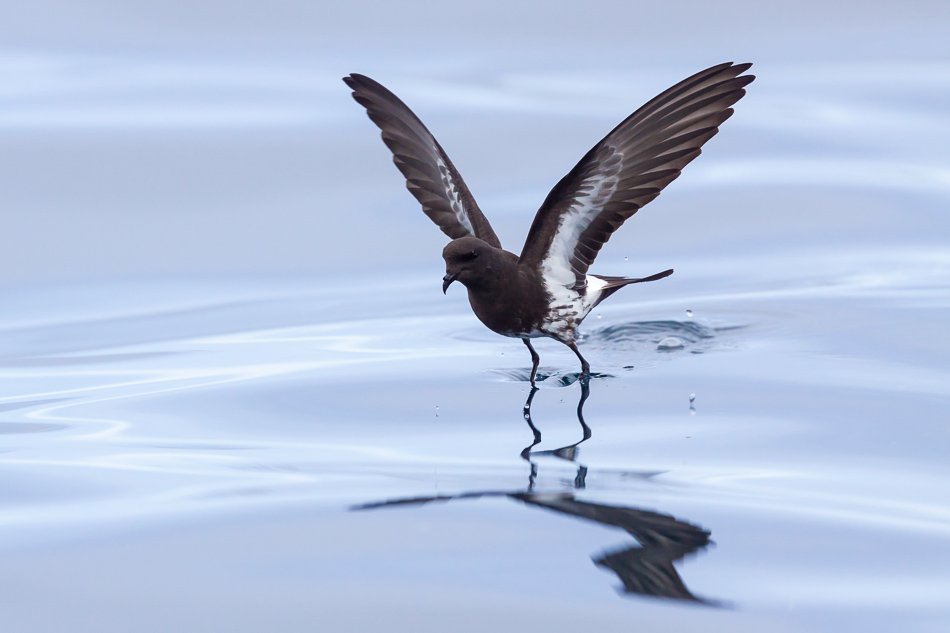
WHAT TO EXPECT
A 23-day birding tour to New Zealand visiting the three main islands, namely North Island, South Island and Stewart Island.
Many first time visitors to New Zealand do not always appreciate how large the country is and we are likely to cover more than 2,000 miles during our holiday, however, we will aim to break the longer drives up with stops to enjoy the birds and stunning scenery as we travel around this amazing country.
Whilst New Zealand does not have a particularly long bird list (we may only see about 150 species), we hope to find members of the six endemic families, namely kiwi, New Zealand parrots, New Zealand wrens, New Zealand wattlebirds, New Zealand creepers and the Stitchbird and our group will be led by an extremely experienced local guide which will help considerably with finding some of the trickier species.
On several evenings during our holiday, we will go out after dark to look for kiwis which may mean a late (or even very late) return to our accommodation. These nocturnal excursions are entirely optional but are the only realistic way to see these amazing birds and we will generally start the following morning somewhat later.
As well as looking for most of New Zealand's speciality landbirds, we will also enjoy three pelagic trips to look for seabirds with one from each of the three islands we visit. This should ensure we see a great range of seabirds including the endemic breeders such as New Zealand Storm Petrel, Black Petrel and Hutton's Shearwater. We can also expect to see many other more widespread but, nevertheless, special seabirds including the mighty Wandering Albatross.
New Zealand birding tends to differ significantly to Northern Hemisphere birding, where in late summer it can be more difficult to find post-breeding passerines. In New Zealand, these seasonal changes do not occur and whilst the birds are not singing as much, they are just as reliably found and the weather is generally more settled.
The weather will vary during our trip from low-mid 20C (high 60F-low 70F) in the northern part of our trip to being somewhat chillier in the Southern Alps where there is a higher chance of rain and a temperature which could drop to around 12-15C (mid 50F-low 60s).
Good to excellent photographic opportunities in more open habitats, including wetlands. Photographing birds in the forest, however, can be more challenging as light levels are often lower.
BIRDS
145-155 species.
We hope to find around 65 endemic breeding species and 25-30 species of seabirds.
ACCOMMODATION
We will generally stay in good quality and comfortable motel style accommodation throughout our stay.
The only exception is our night on Tiritiri Matangi where the only option is to stay in the communal bunkhouse run by the Department of Conservation. Although this is rustic, the experience of spending a night on this unique island means this is an opportunity which should not to be missed.
The single supplement does not include a single room on Tiritiri Matangi.
If anyone does not want to enjoy this unique experience, however, we may be able to organise for you to spend the night on the mainland, although there would be a supplement for this.
MEALS
All meals are included from lunch on day 3 until lunch on day 22.
Breakfasts will generally consist of a continental style breakfast with cereal, fruit and yoghurt and tea/coffee. Lunch will usually consist of a packed lunch style meal eaten in the field, with a sandwich/filled roll, fruit, and a drink. Dinner will consist of several options for the main with the choice of either an appetiser or dessert.
PELAGICS
Our itinerary includes three pelagic trips which for many people are likely to be one of the highlights of this fantastic holiday, however, it is important to appreciate that these are entirely weather dependent and may be cancelled if conditions are not suitable. If this happens we will look for birds ashore and whilst there may be an opportunity to reschedule the pelagic, as we are moving on regularly, this may prove impossible.
For anyone who is susceptible to being seasick, we recommend bringing some suitable medication with you.
WALKING
Our trip requires a low to moderate (or better) level of fitness which our New Zealand friends have defined as ‘able to walk for at least 45 minutes or more on undulating terrain without significant help’.
As on almost all our tours, walking will generally be at a comparatively slow pace with regular stops for birding. There may be a handful of steeper, uphill stretches in the mountains, but these are optional and never rushed.
Sturdy waterproof walking shoes or lightweight boots with good grip are recommended.
TRAVEL TO NEW ZEALAND
We strongly recommend that you arrive in New Zealand at least the day before the tour starts in Auckland both to start getting over the jetlag but also to allow for flight or luggage delays.
Our tour price does not include a hotel that evening as we anticipate that some participants may decided to travel out early and then travel to our meeting point in Auckland early on the morning of Sunday 2 November 2025. We can, however, advise or book a hotel for you if required.
FLIGHTS
Despite the end of pandemic restrictions, it is still proving extremely difficult to predict future flight prices and schedules. As a result, we have taken the decision to continue to price our holidays as excluding international flights.
To keep the process as simple as possible, we are working very closely with a dedicated agent at Travel Counsellors, Sacha Barbato, who is essentially now our “in house” flight consultant.
Sacha will be able to advise you which flights we are recommending for each holiday, and he will be able to book these for you.
This will also sometimes give you the option to travel from a regional airport if you prefer.
Tour Gallery
View a gallery of images for this tour below, click on an image to view as full size with caption
